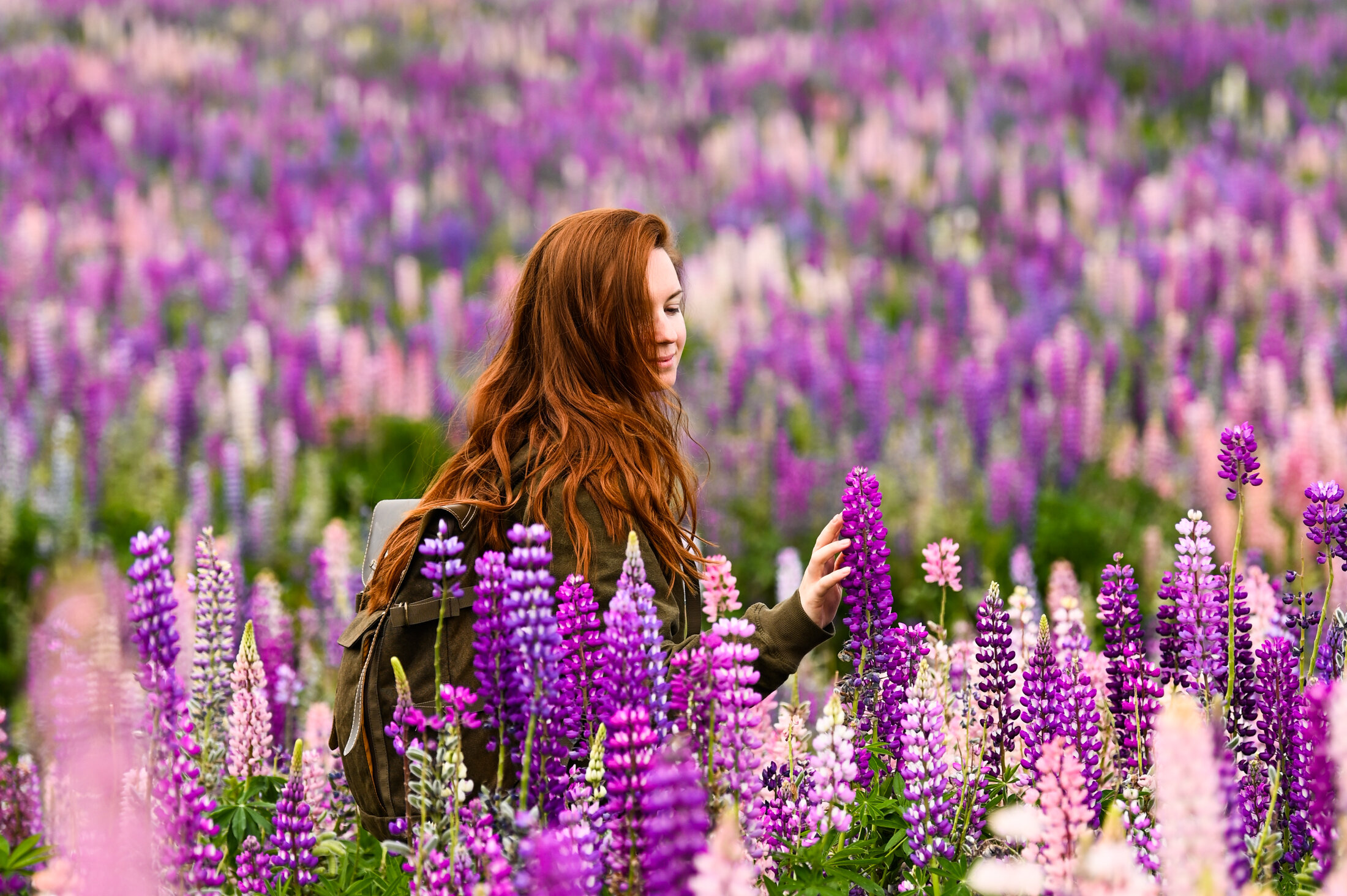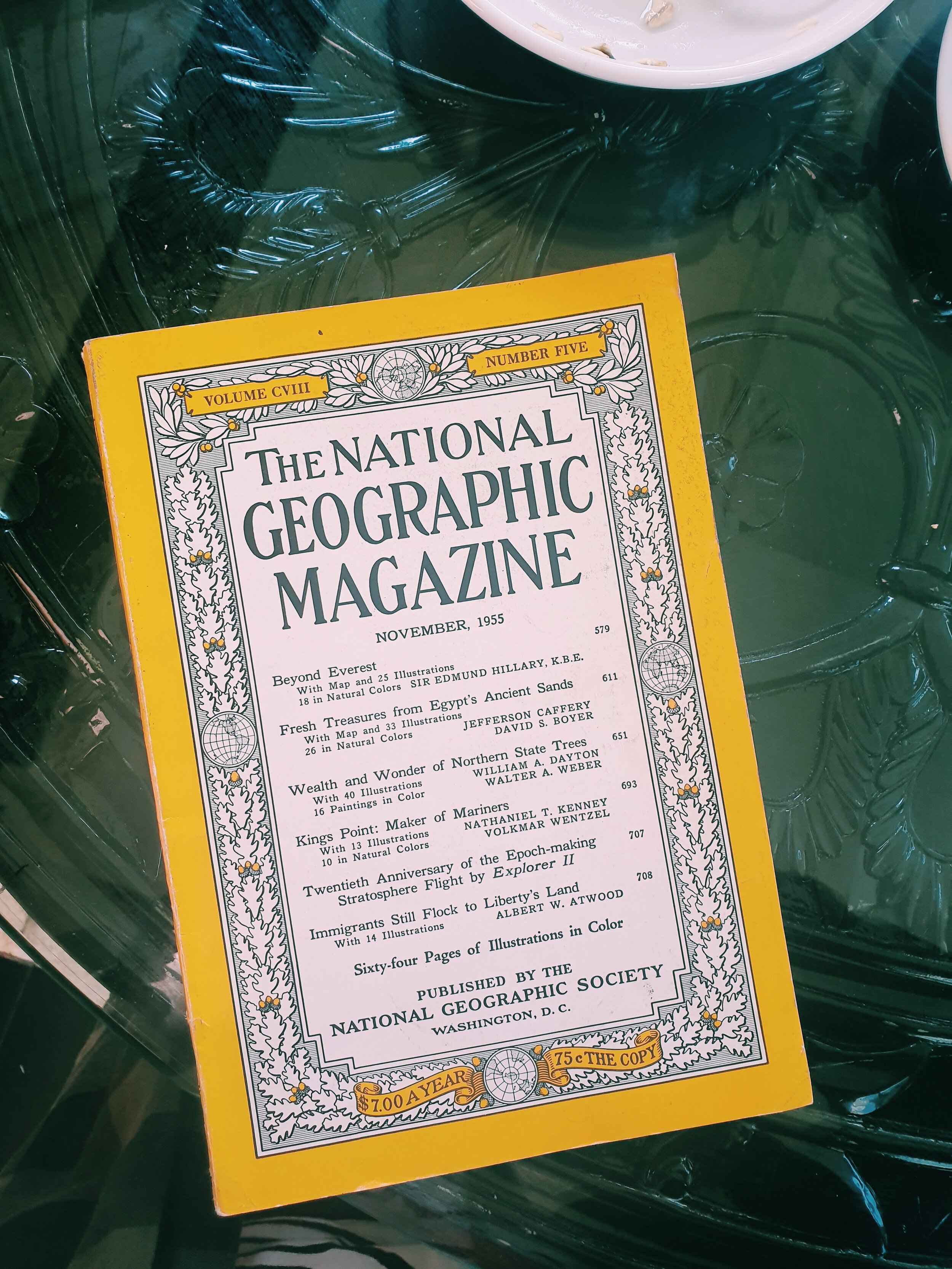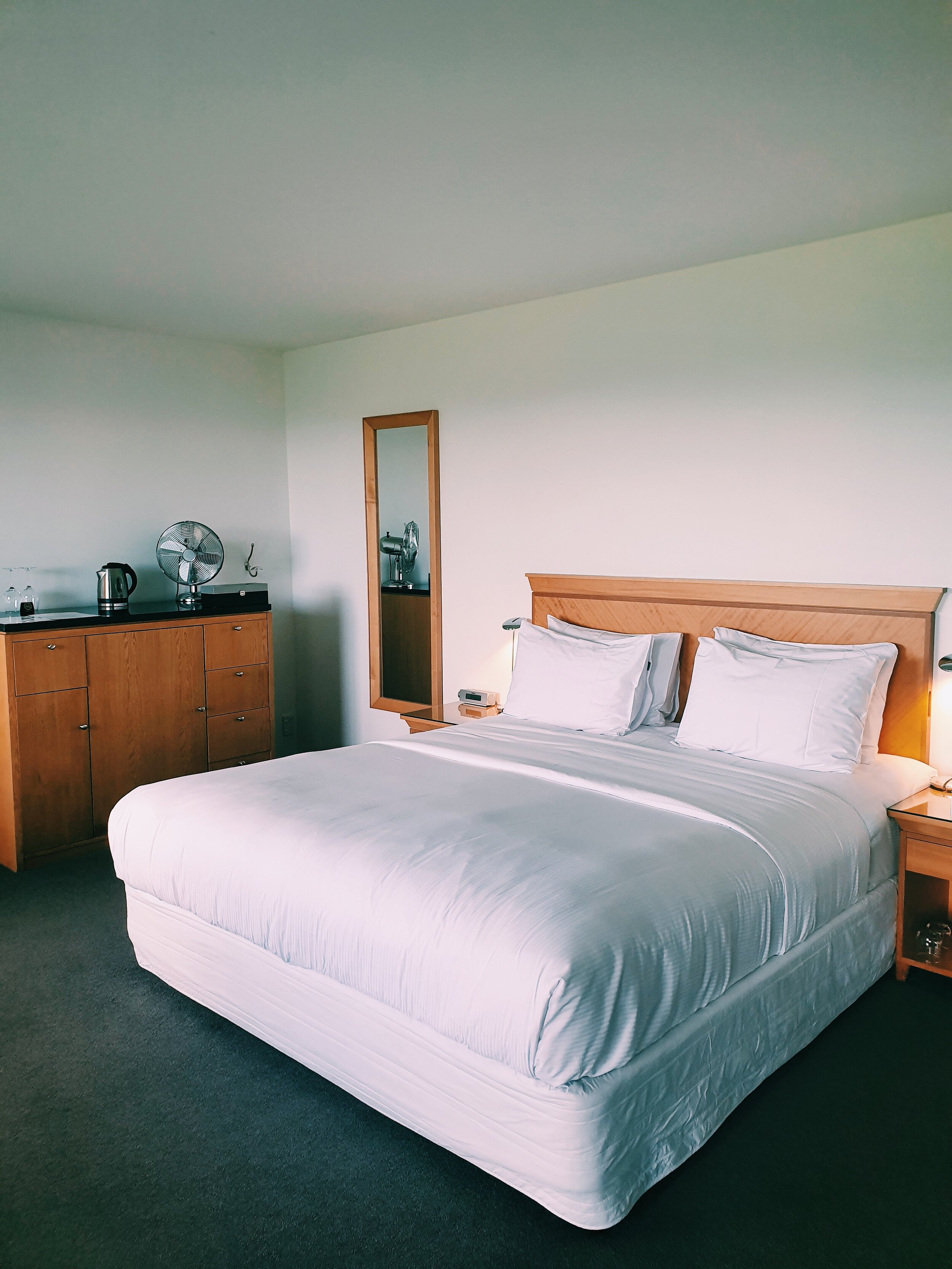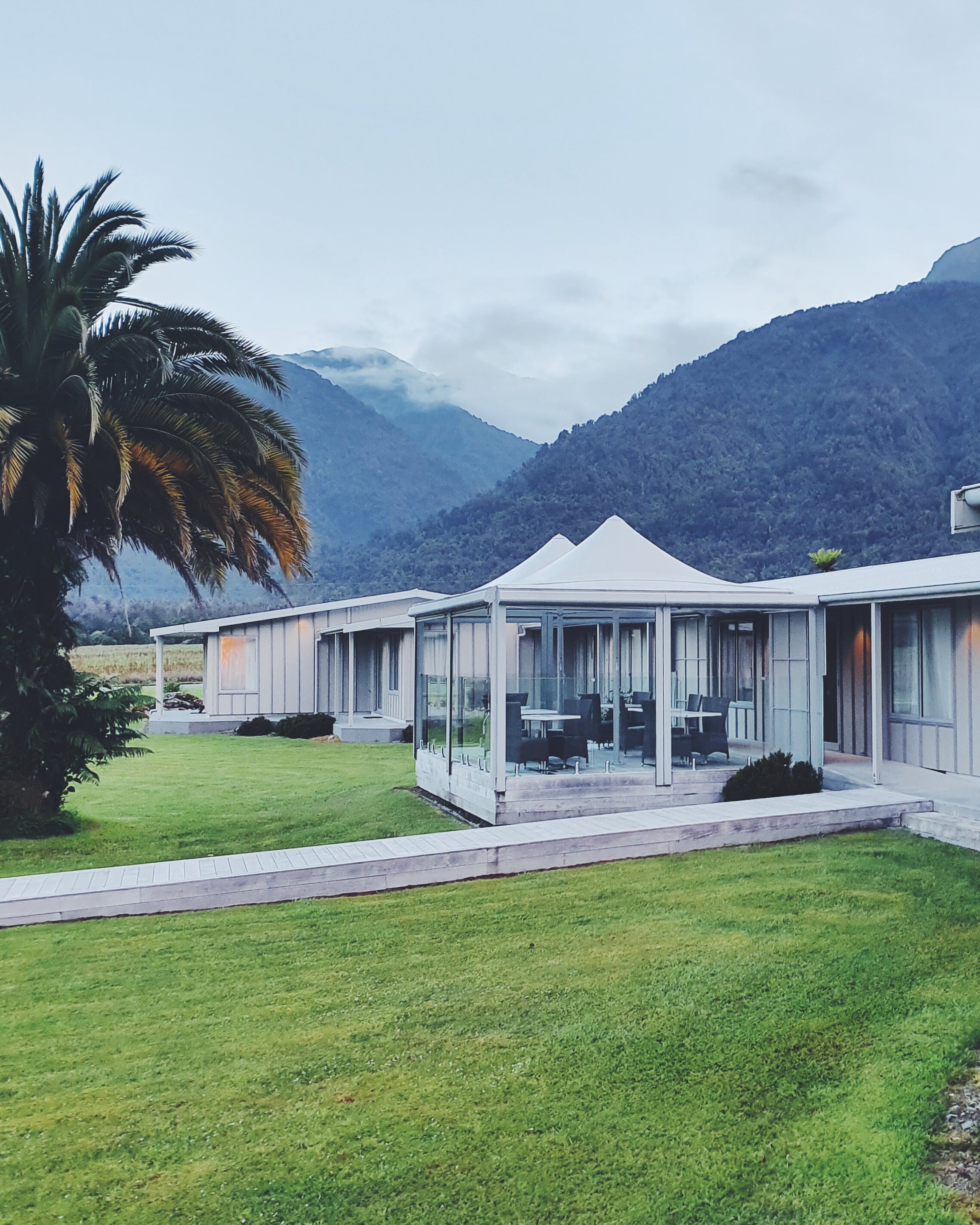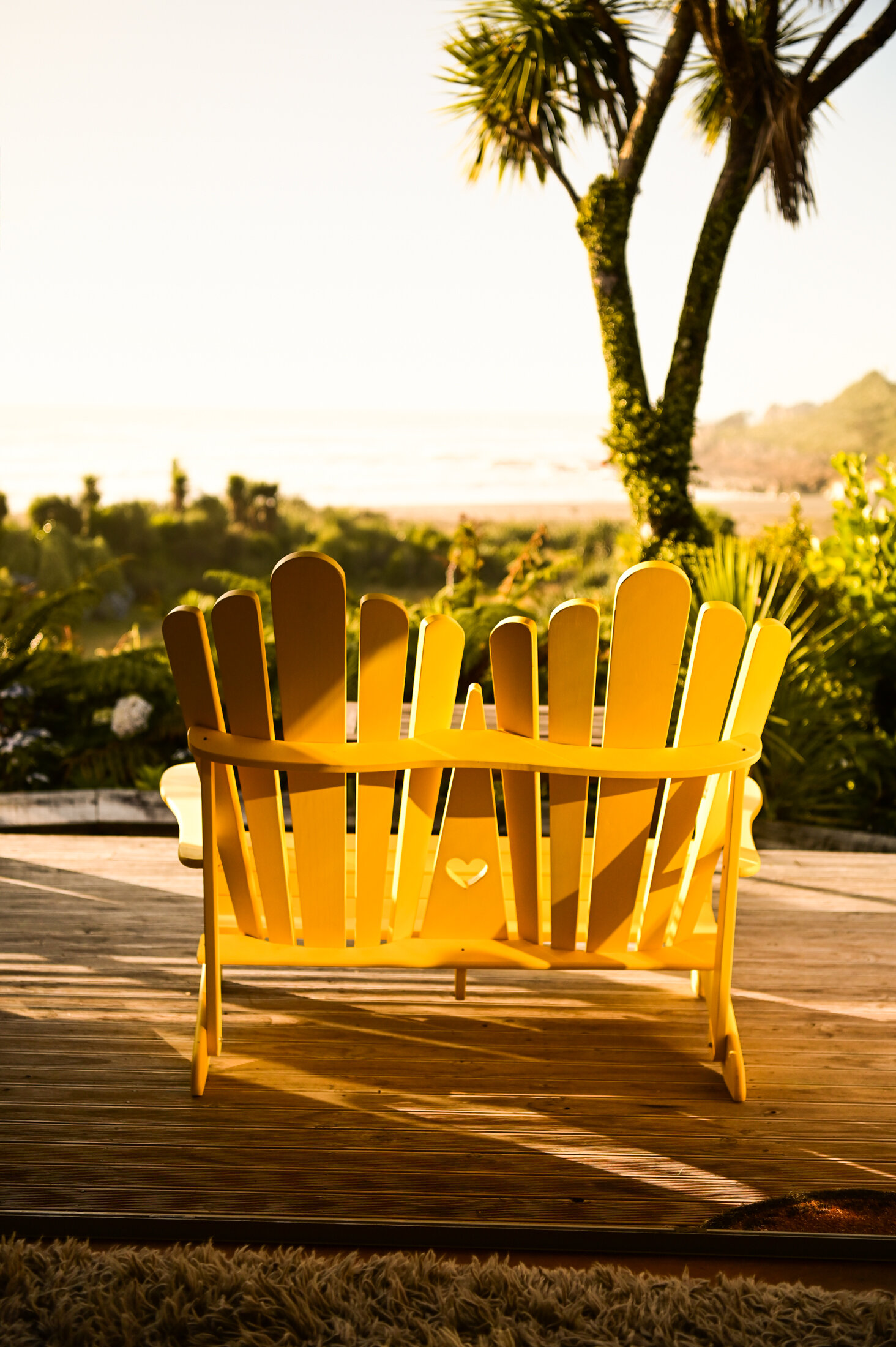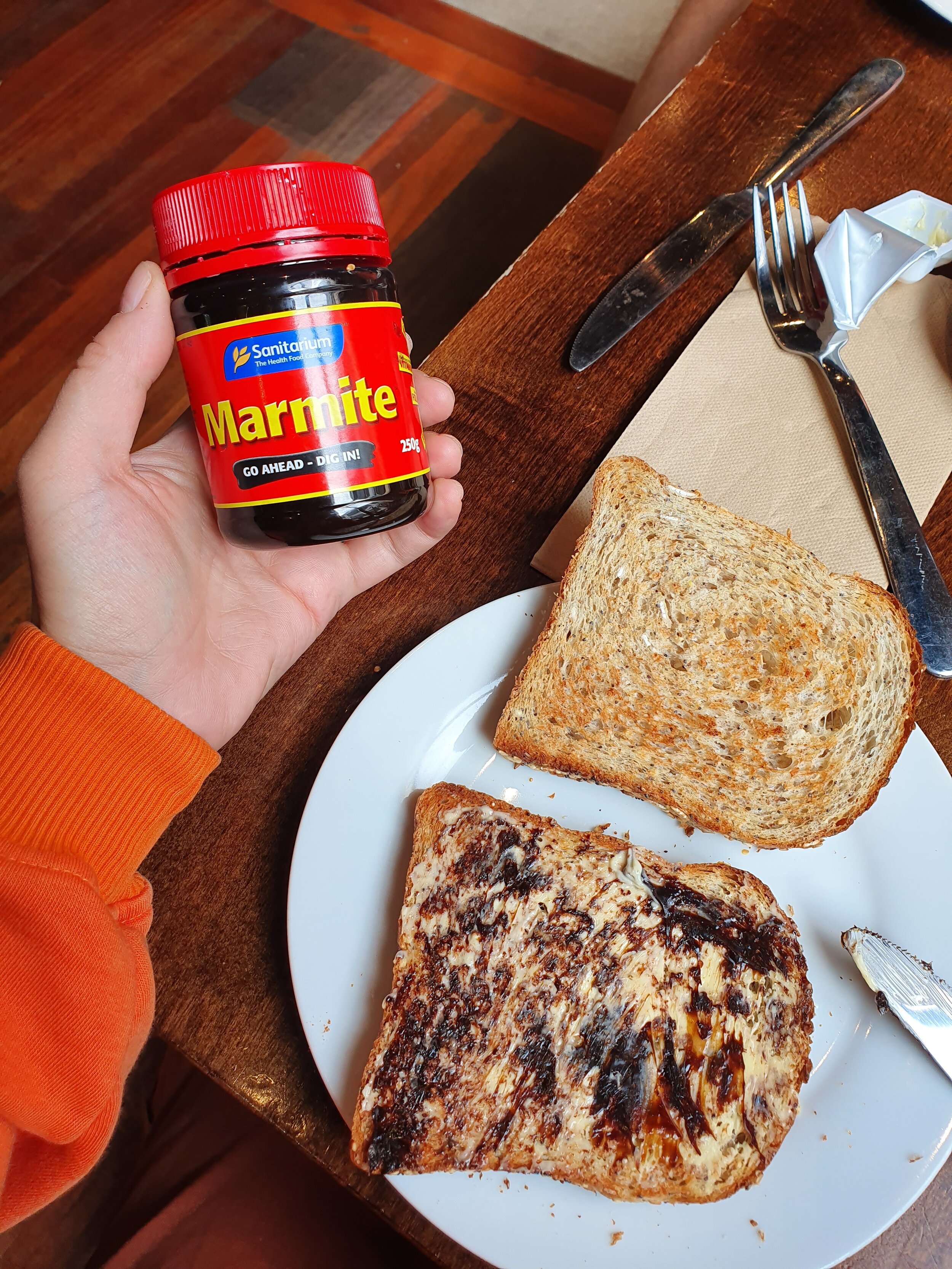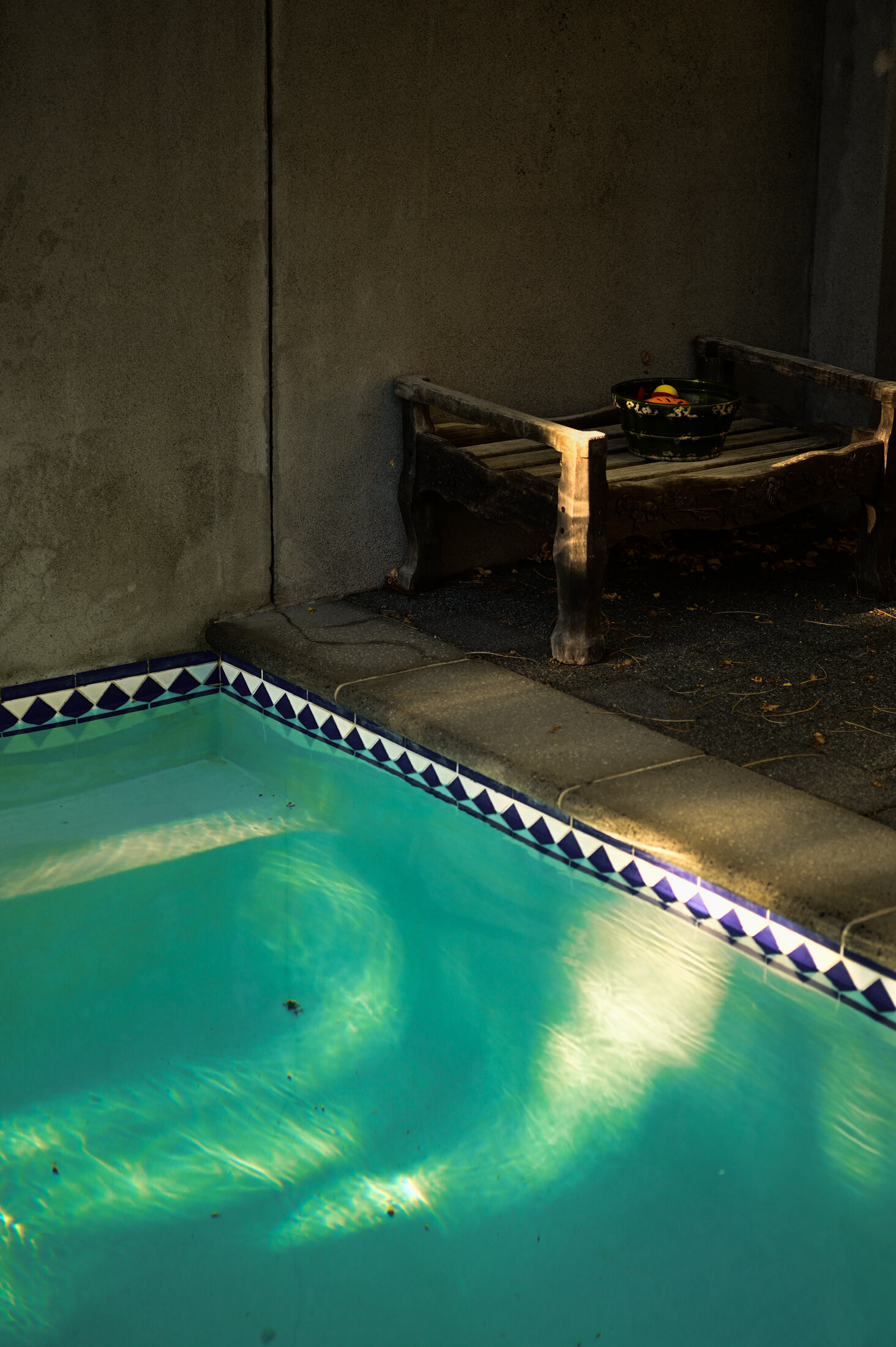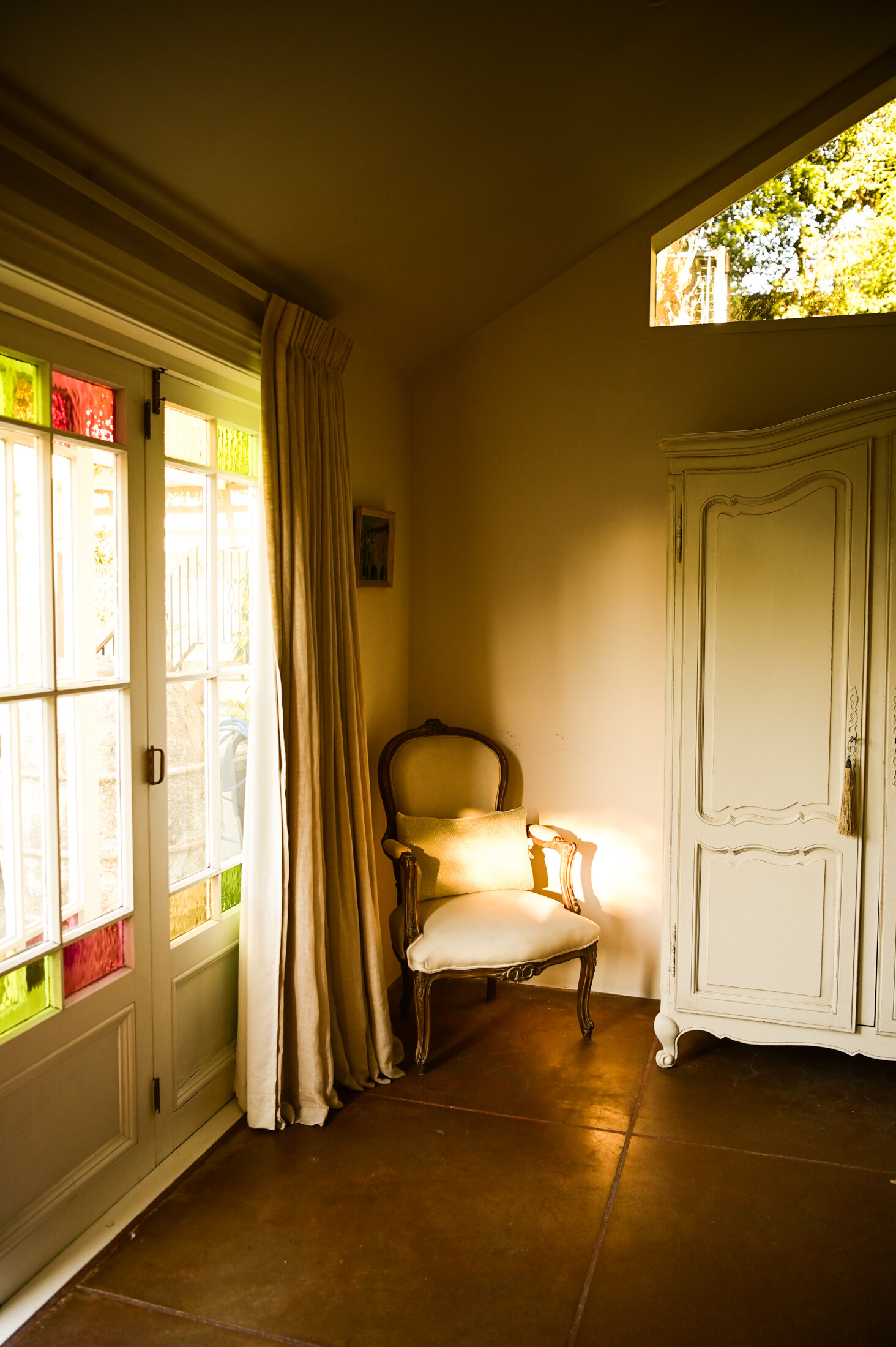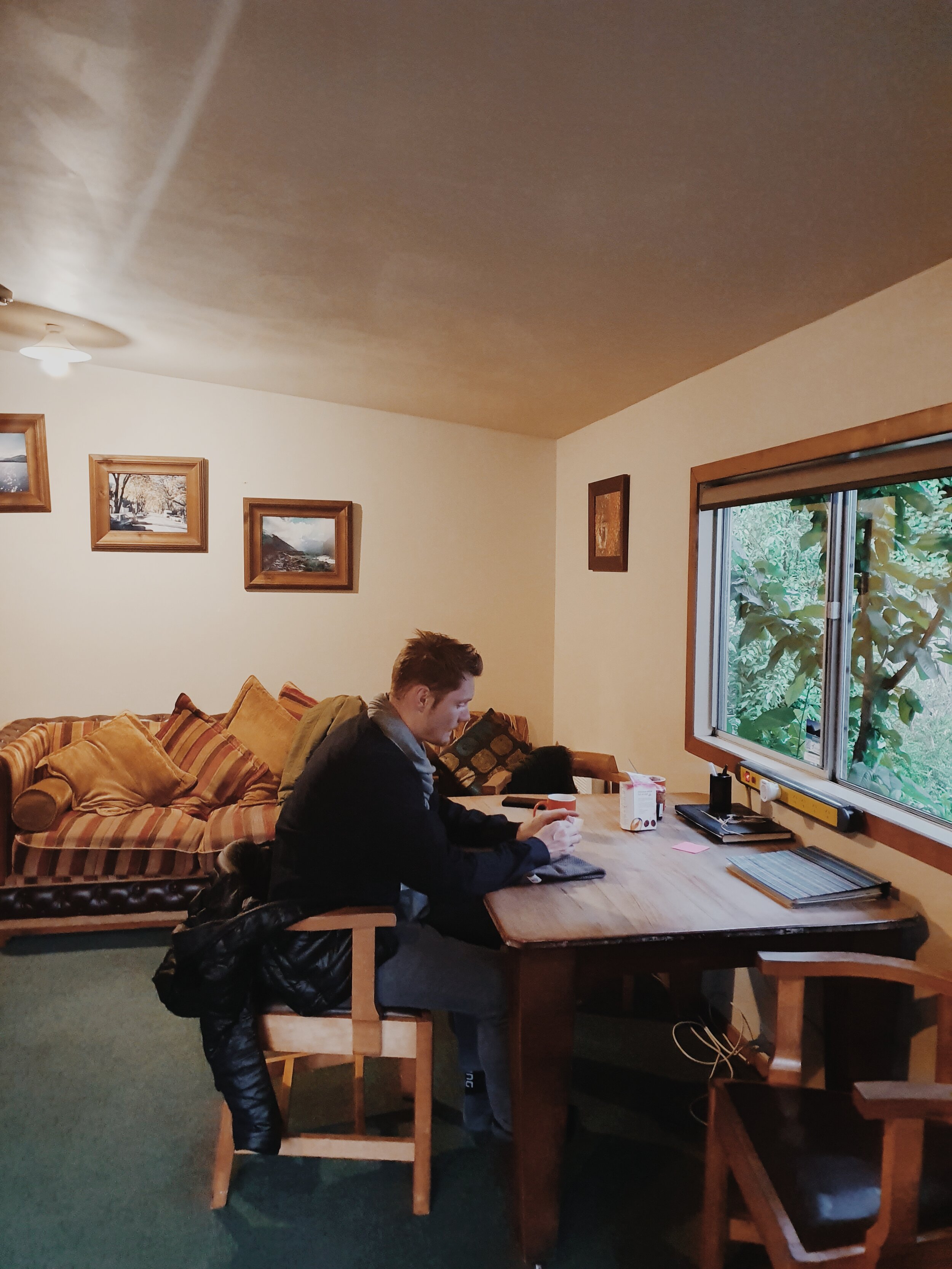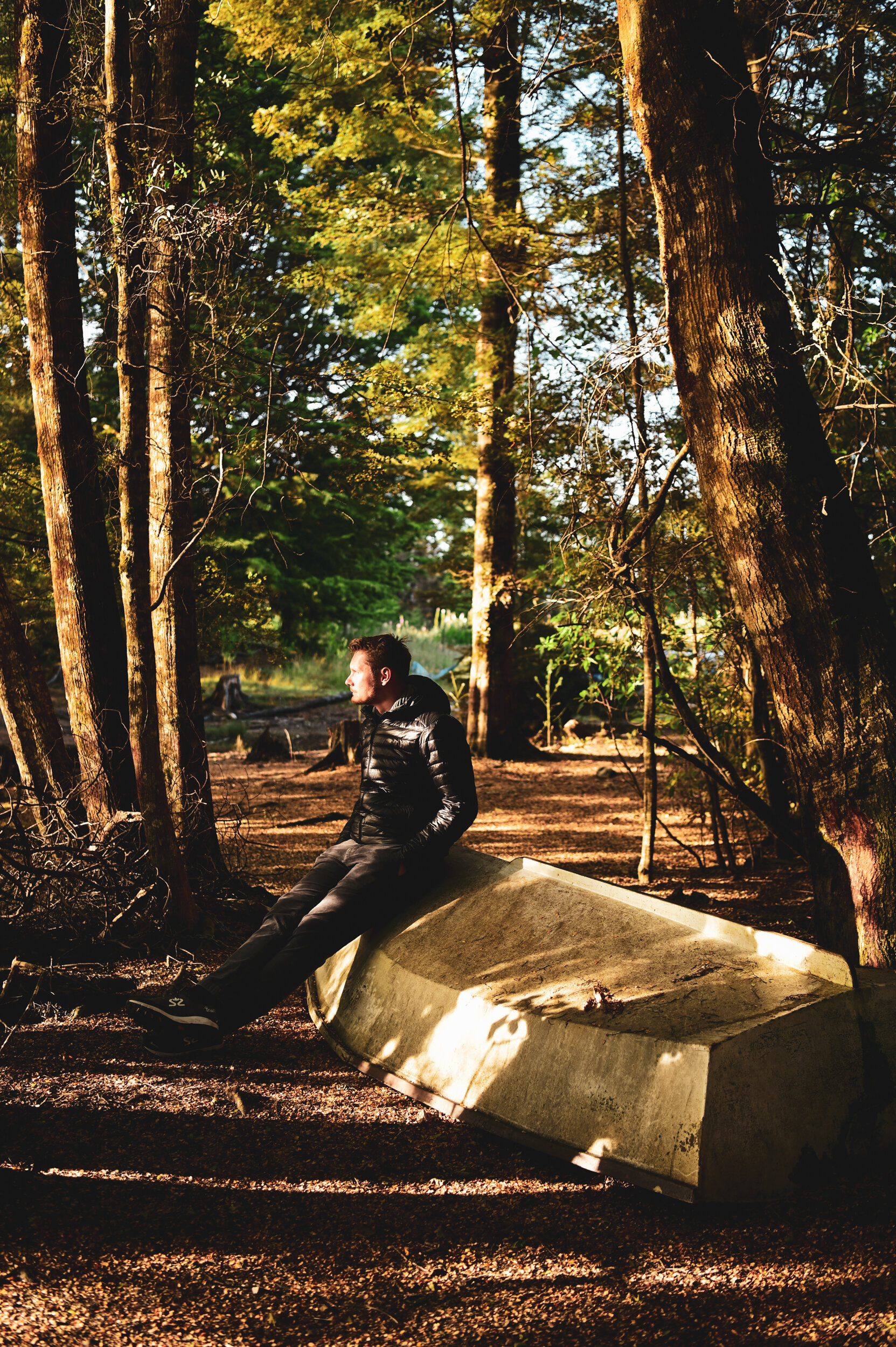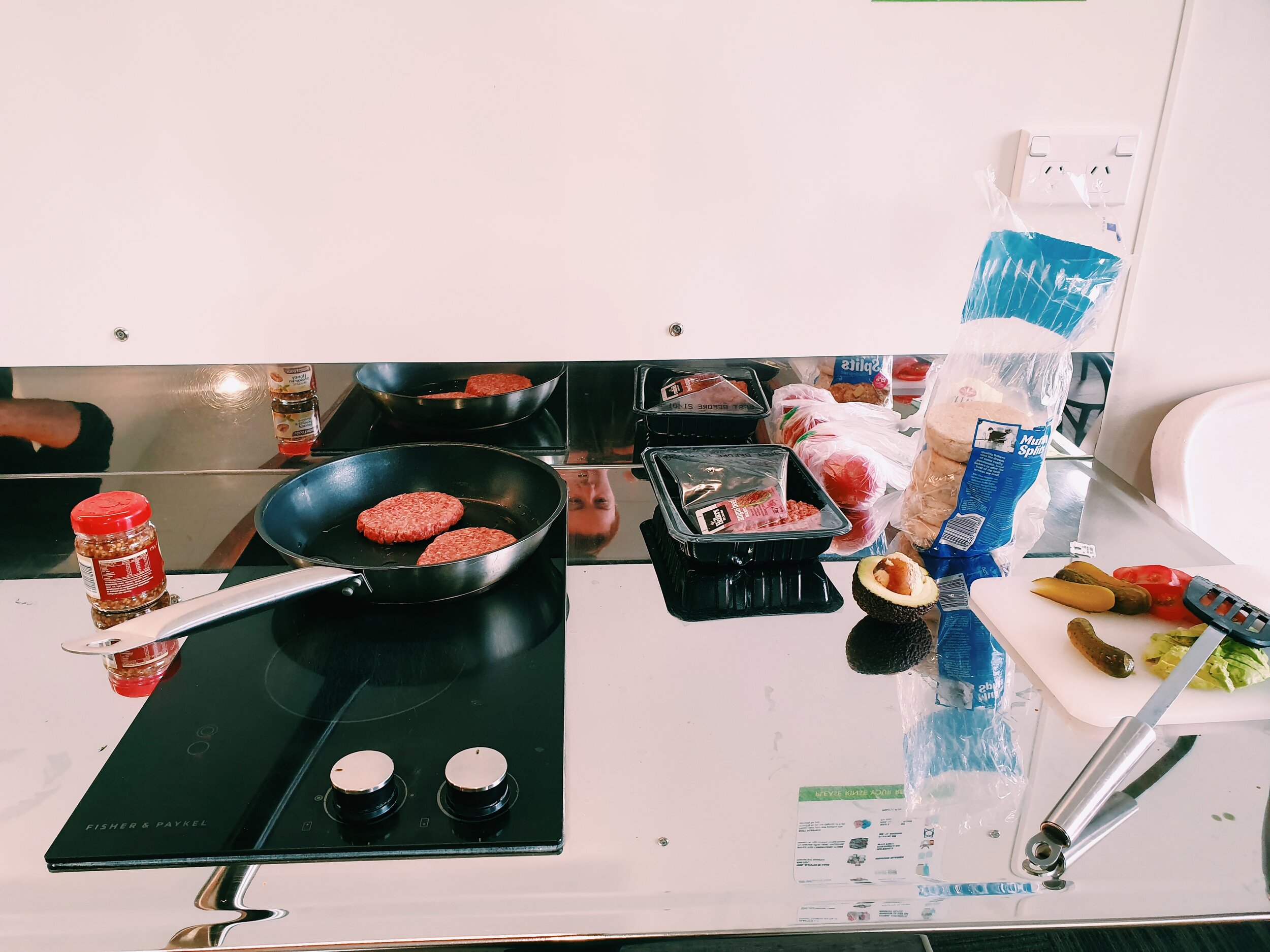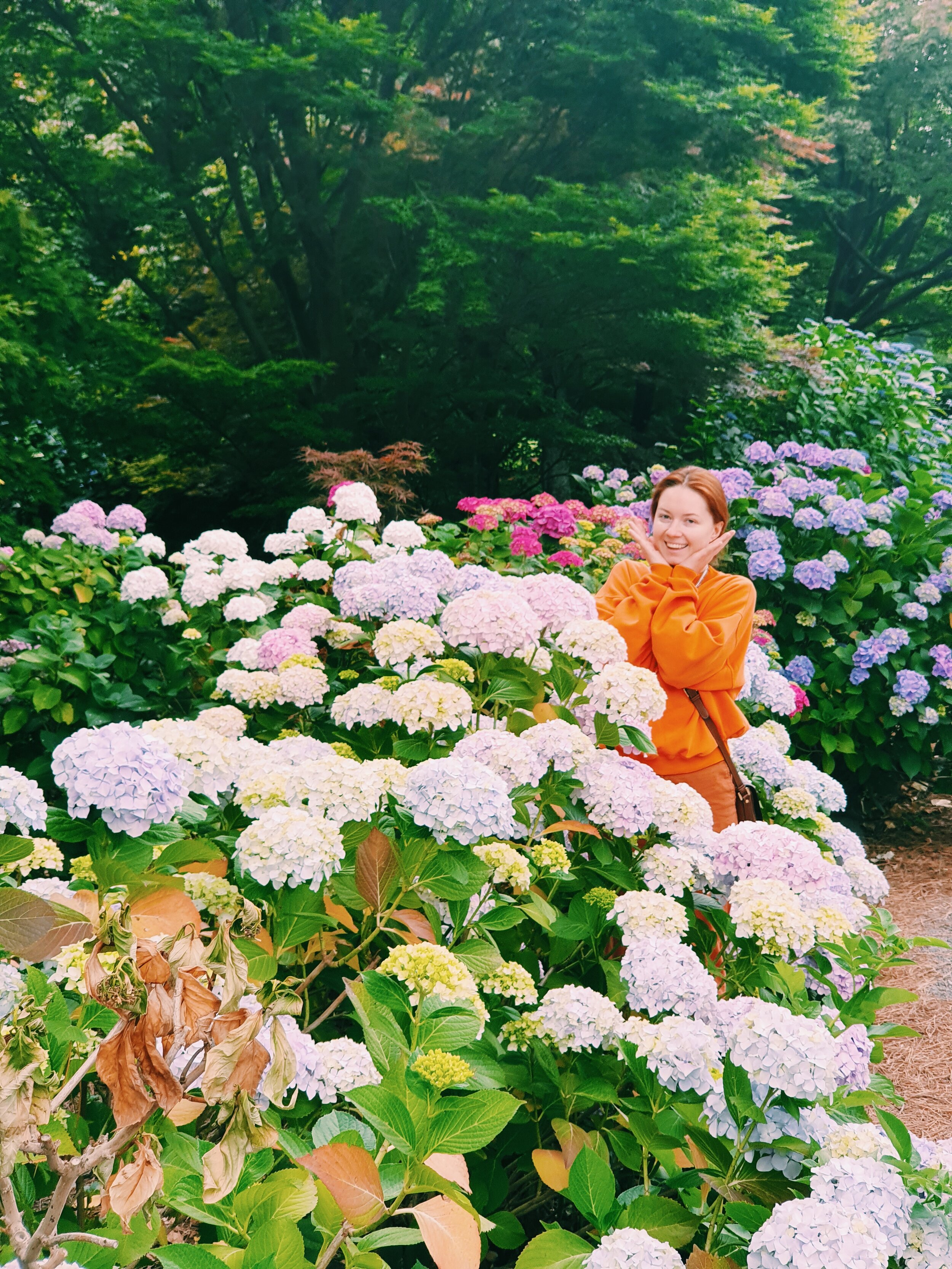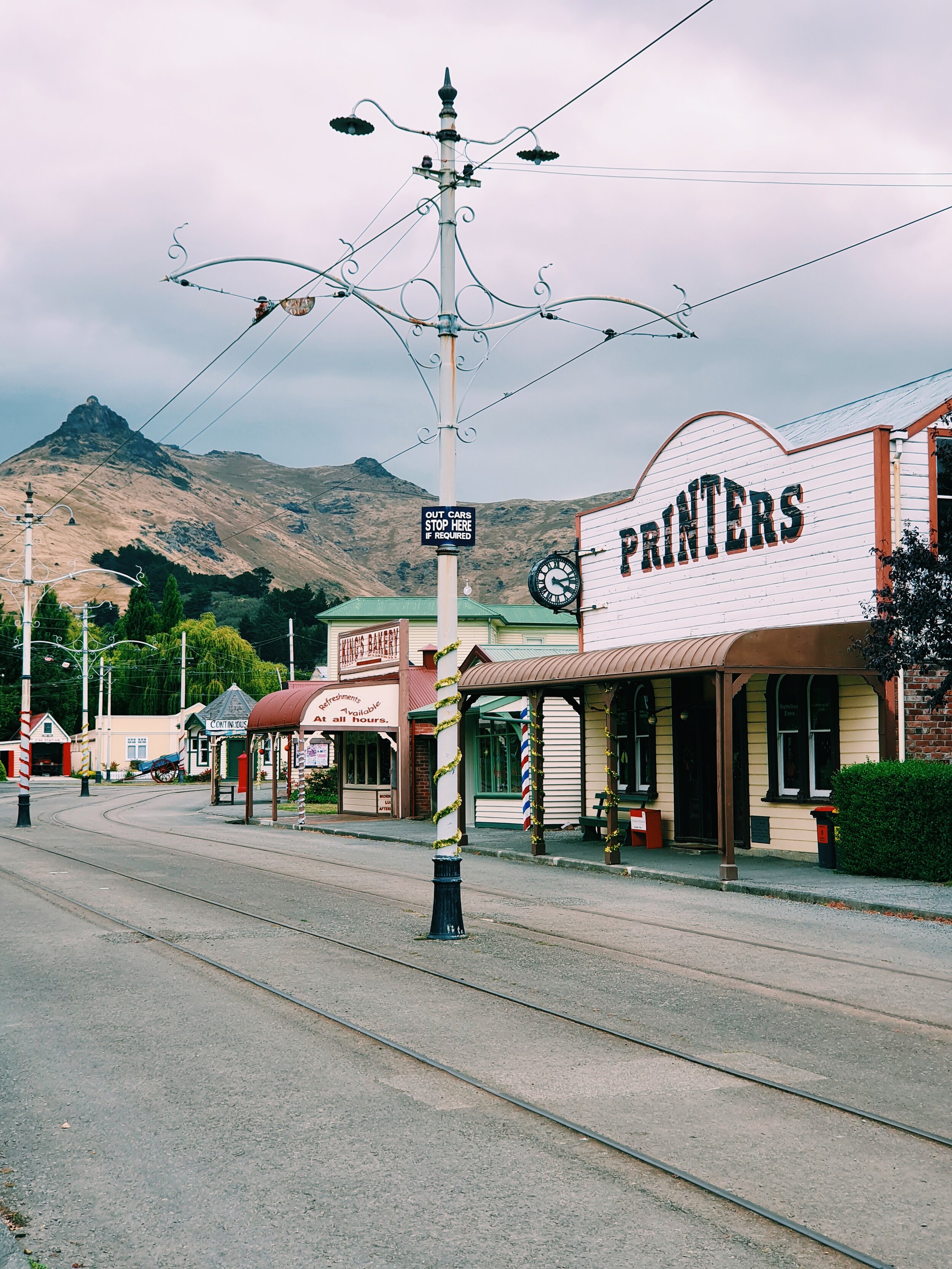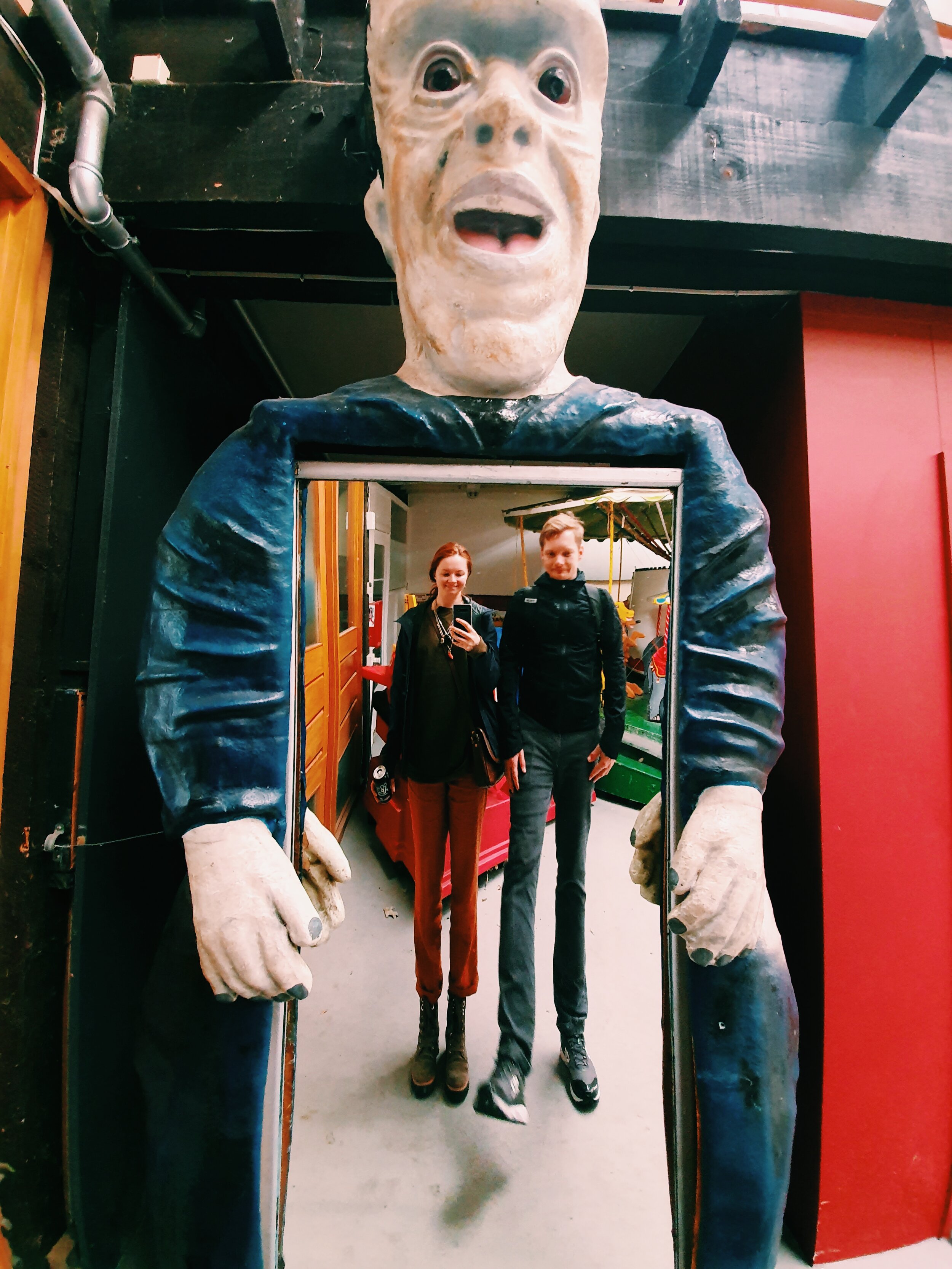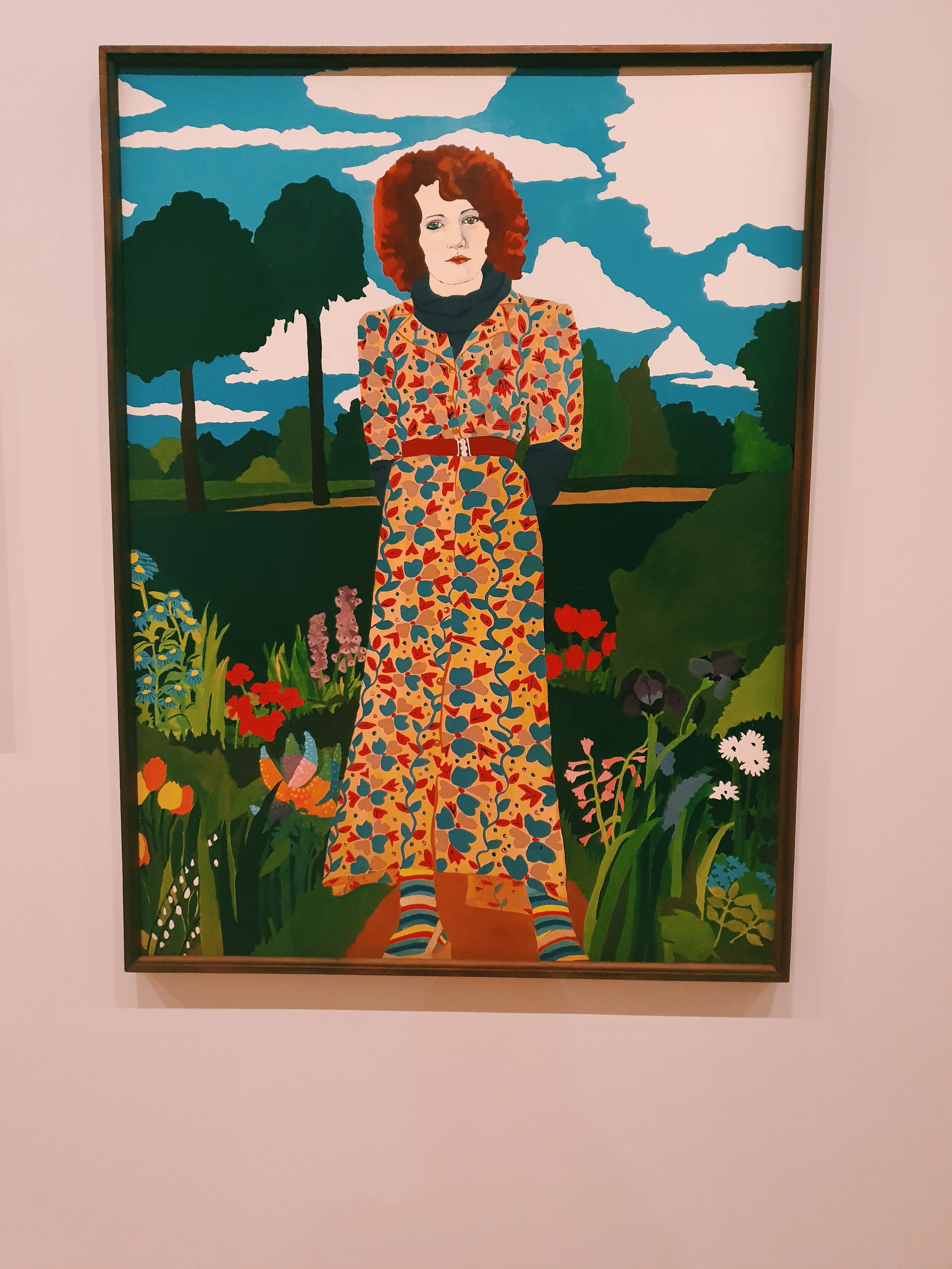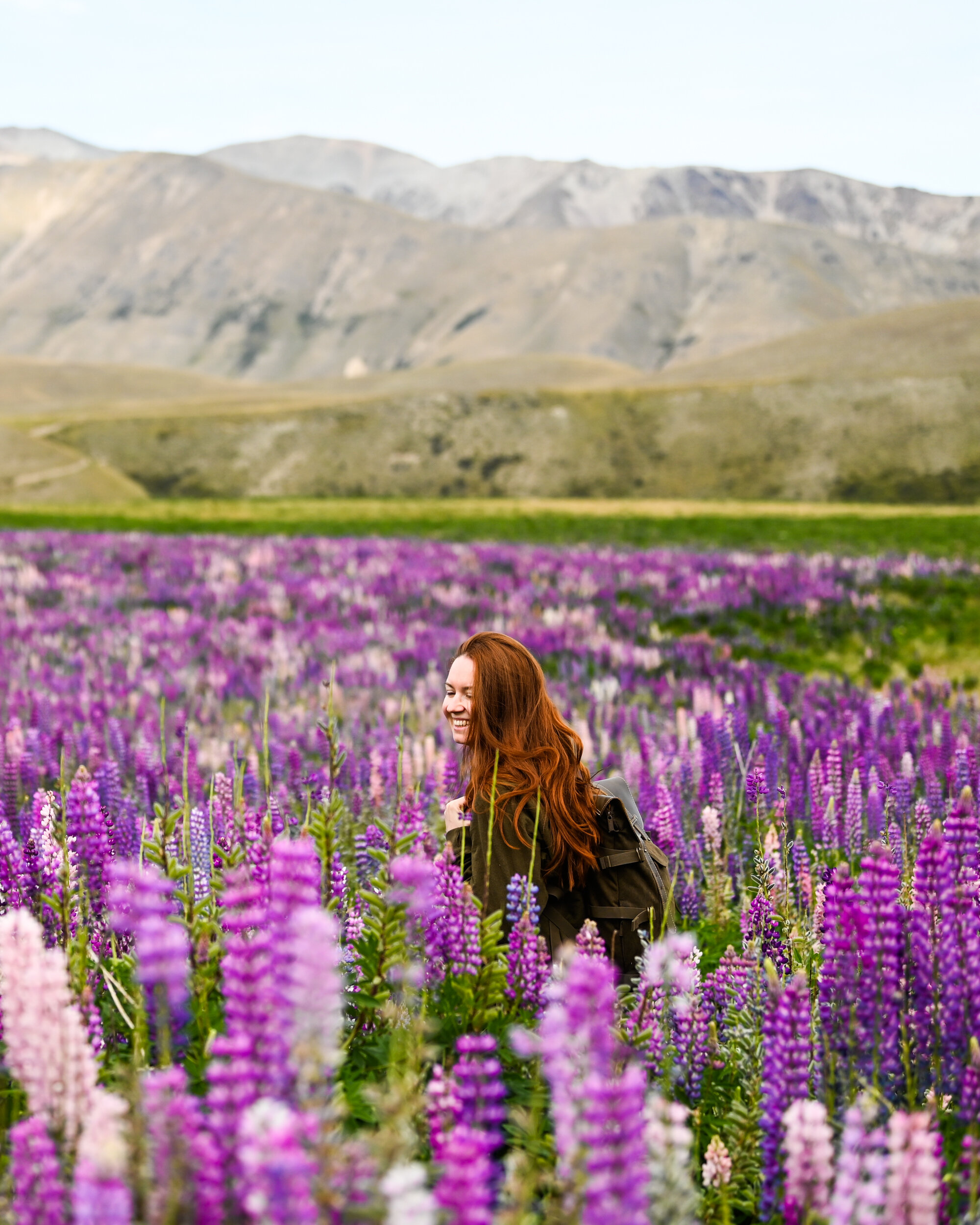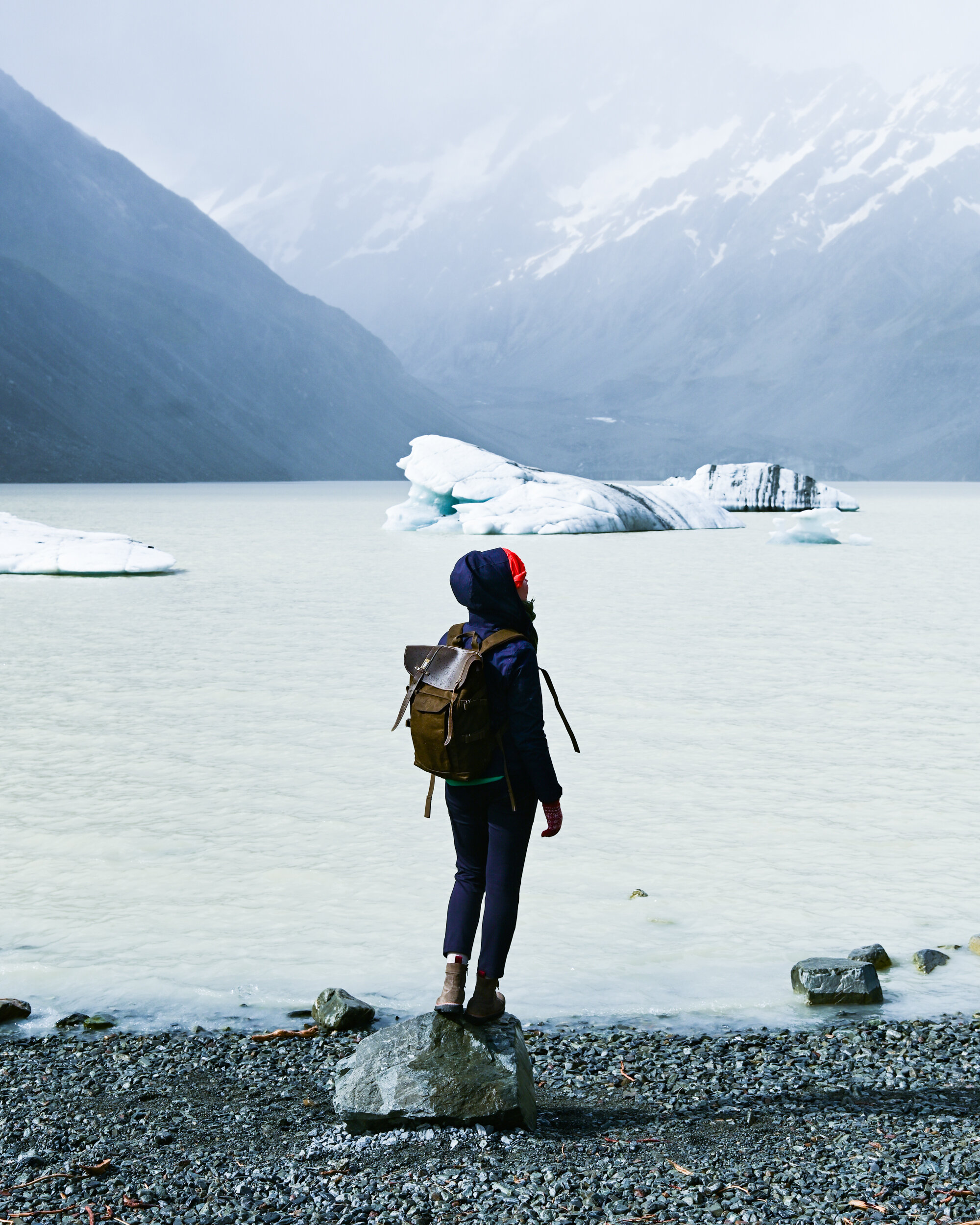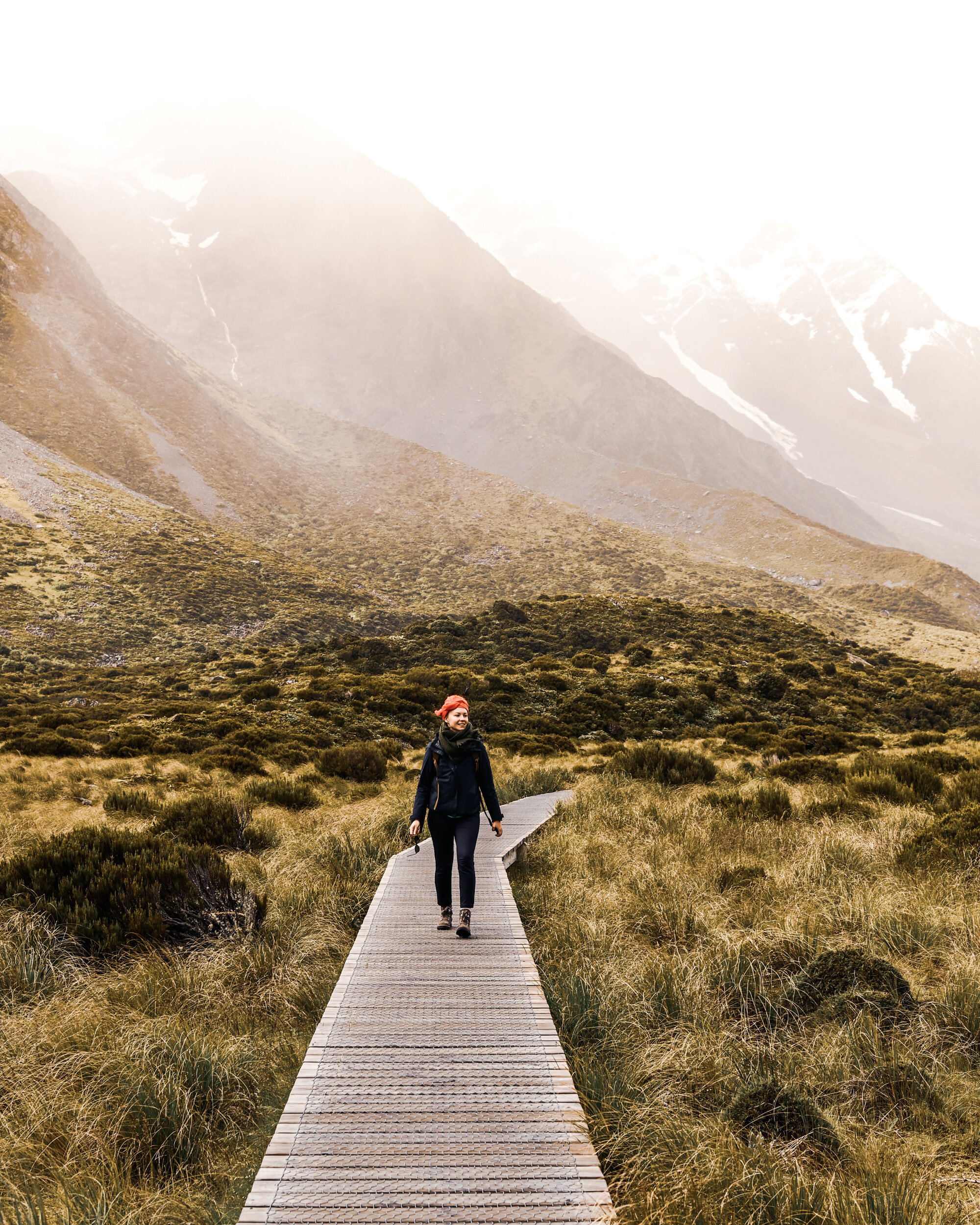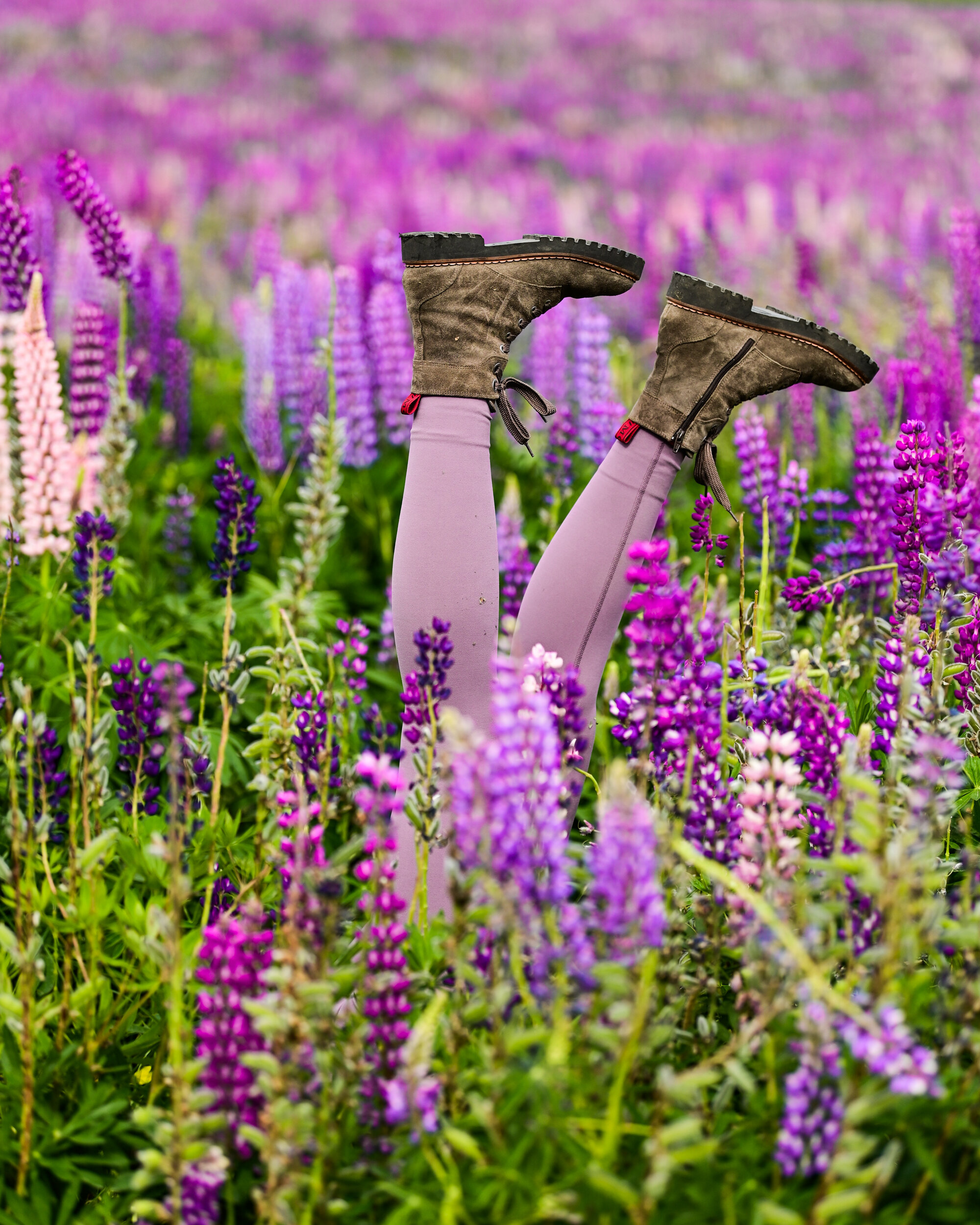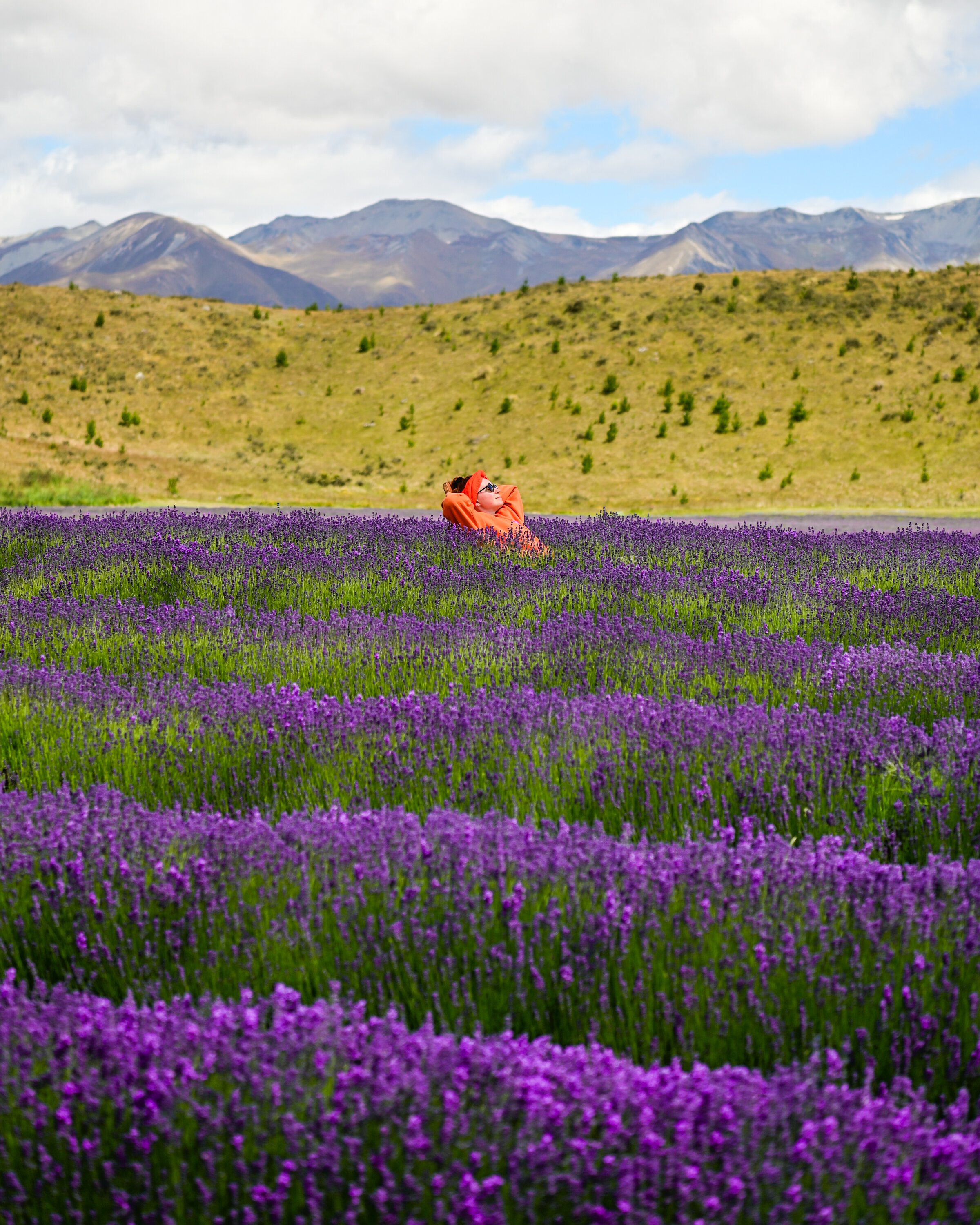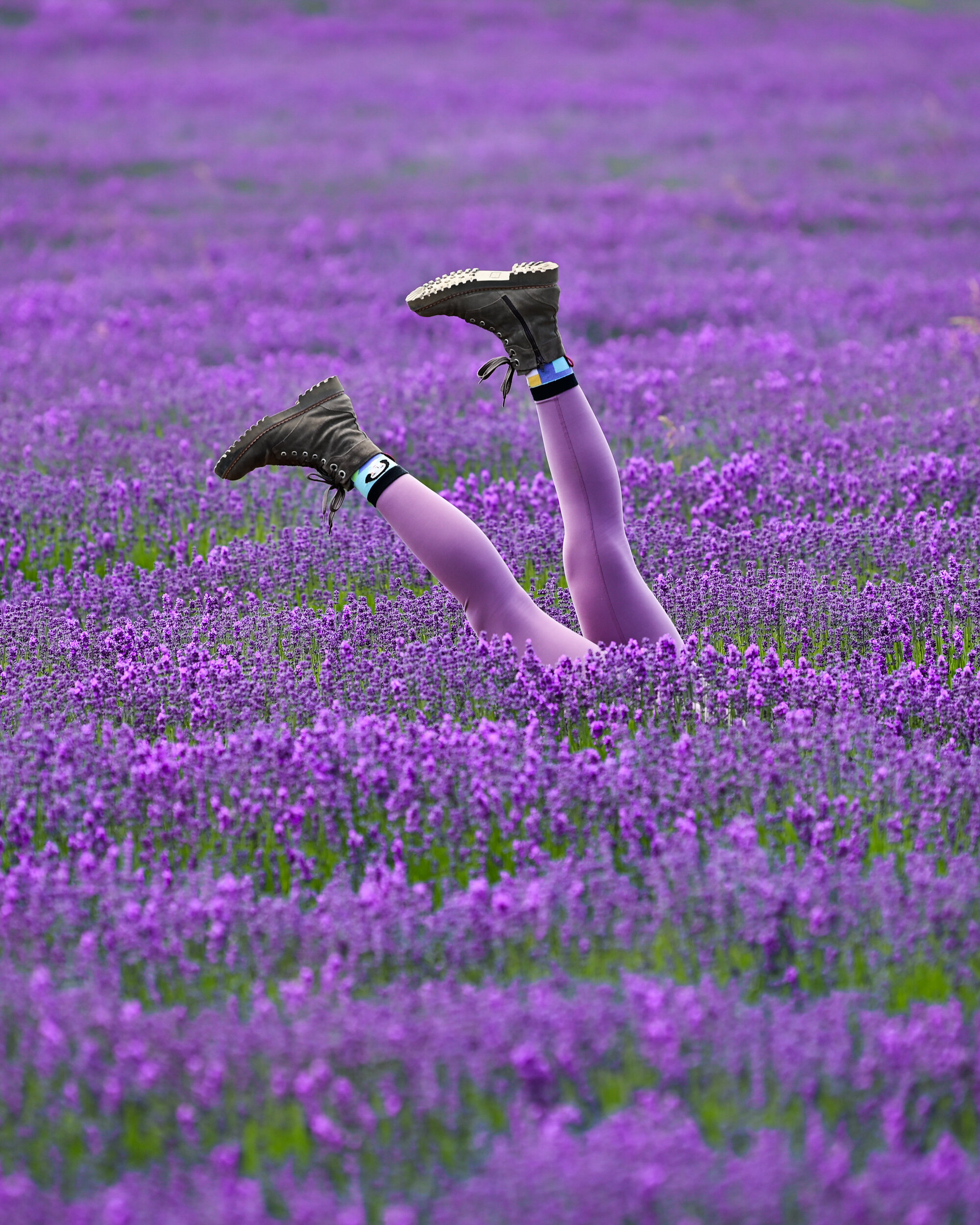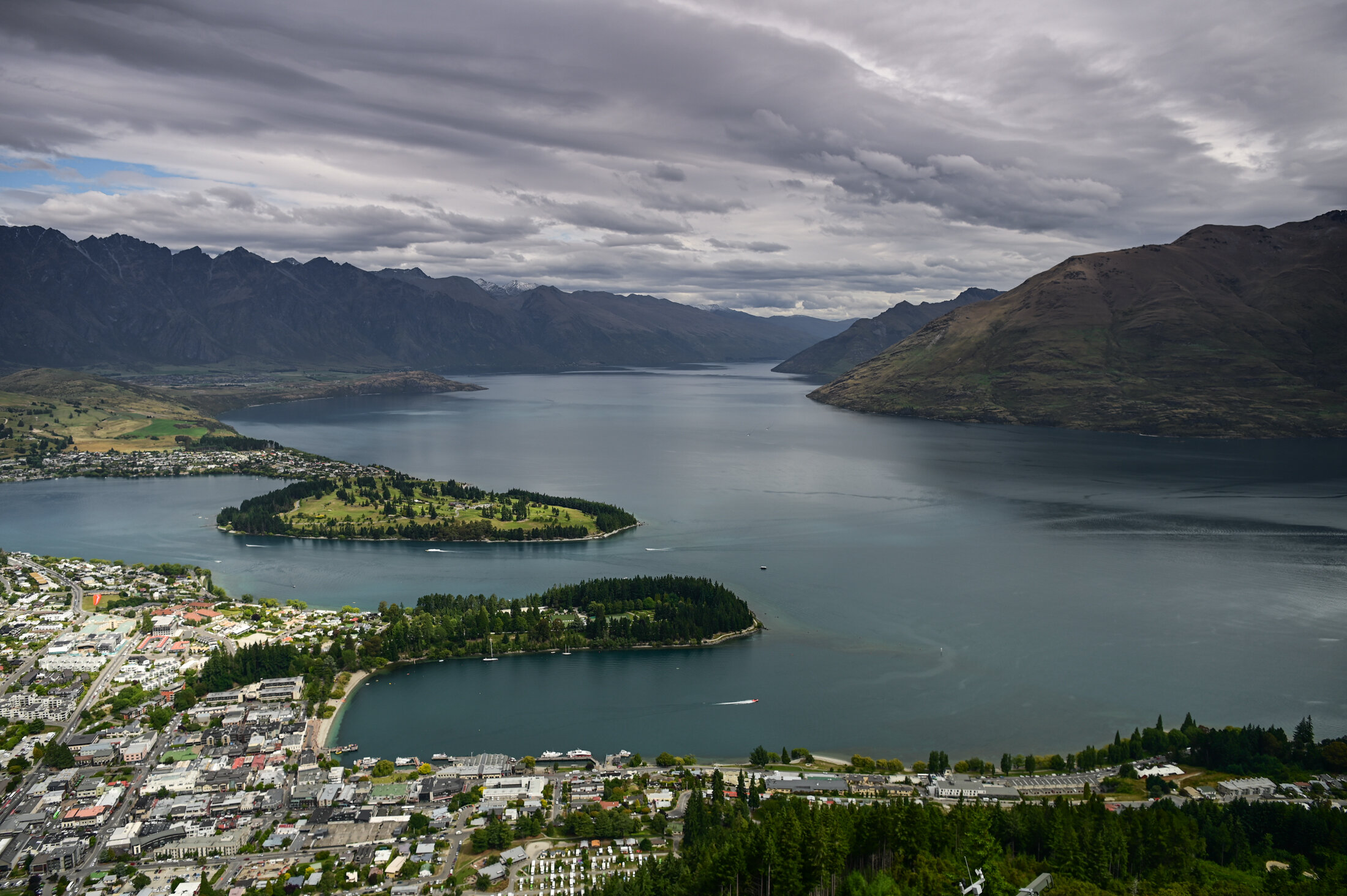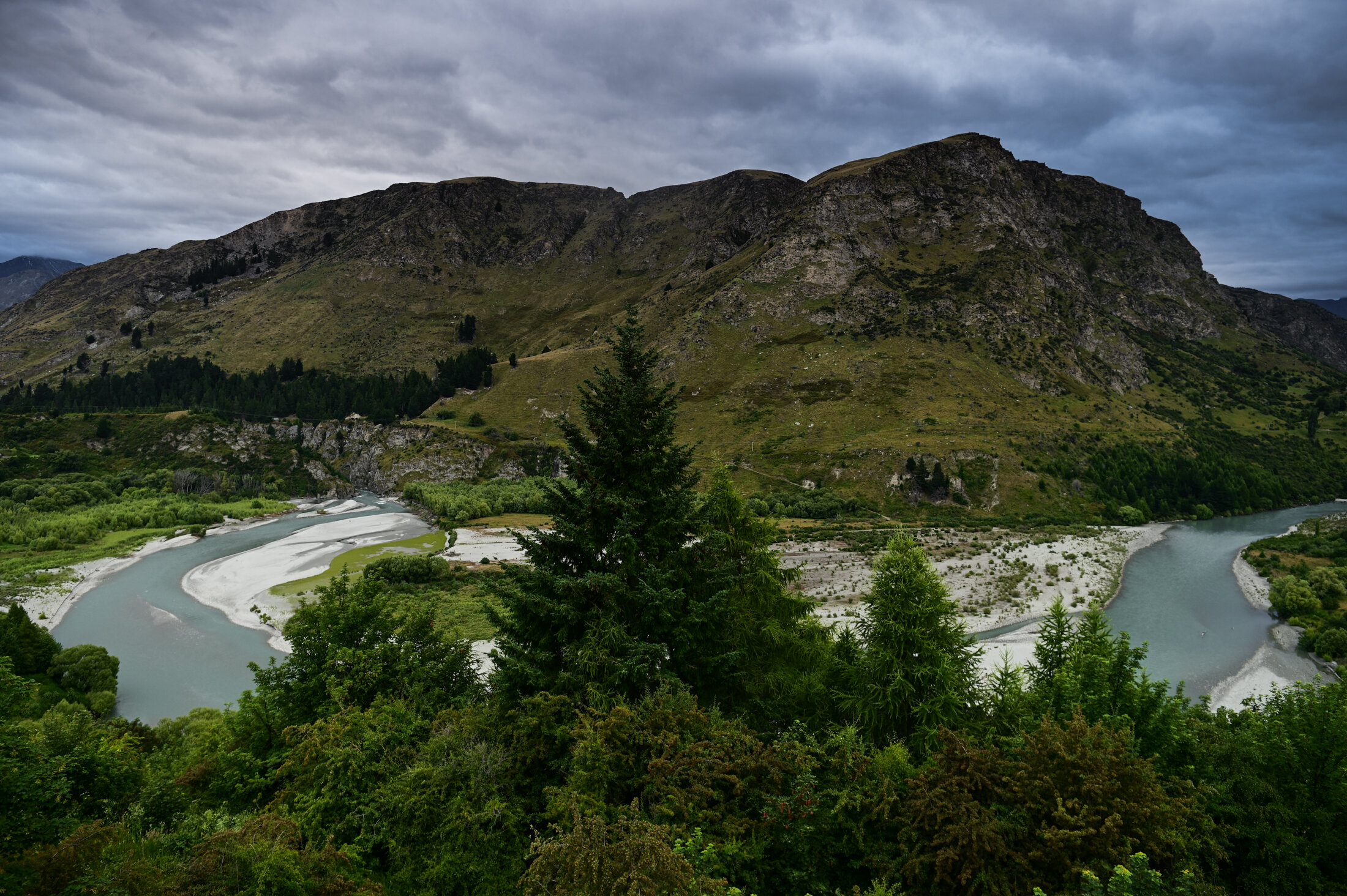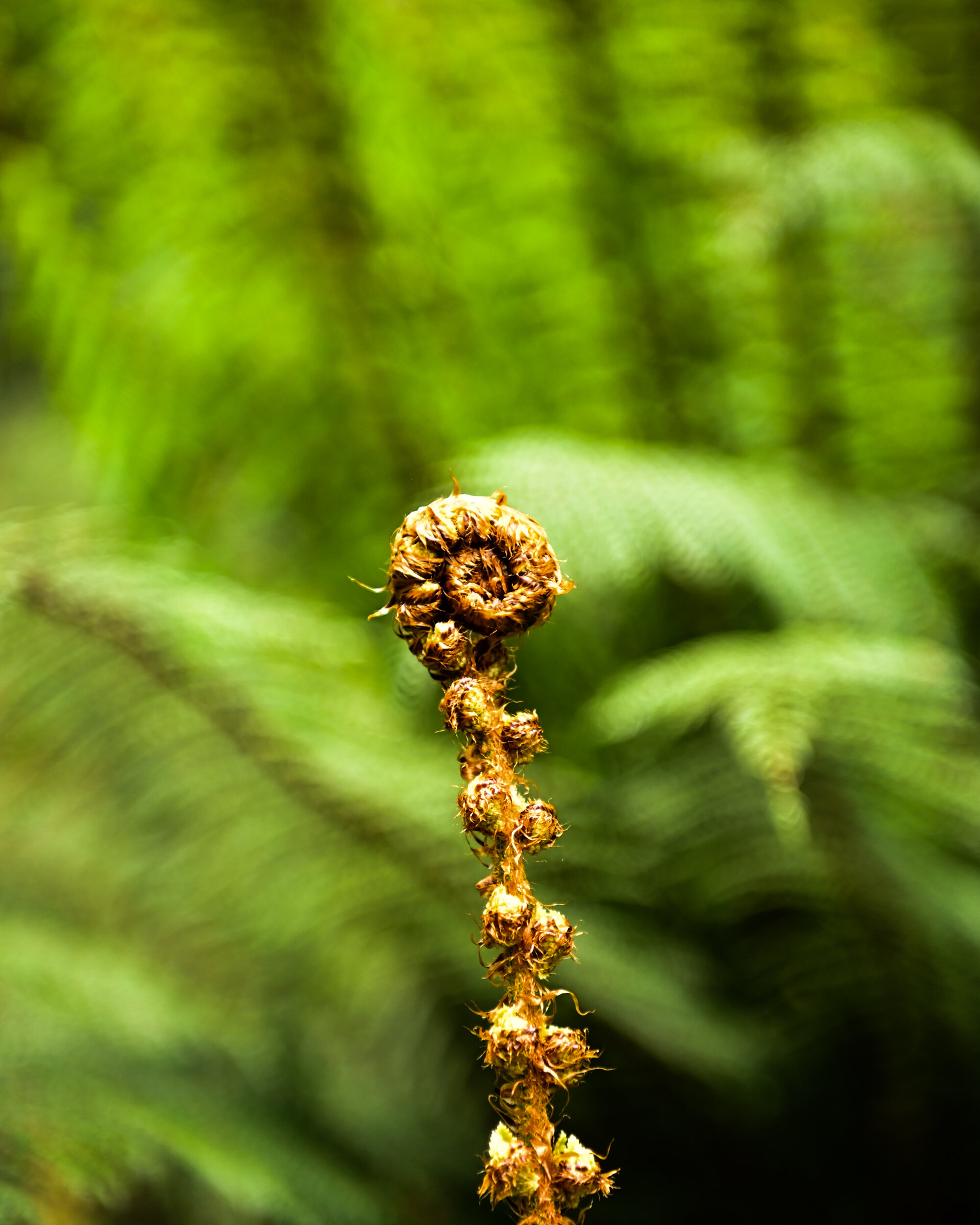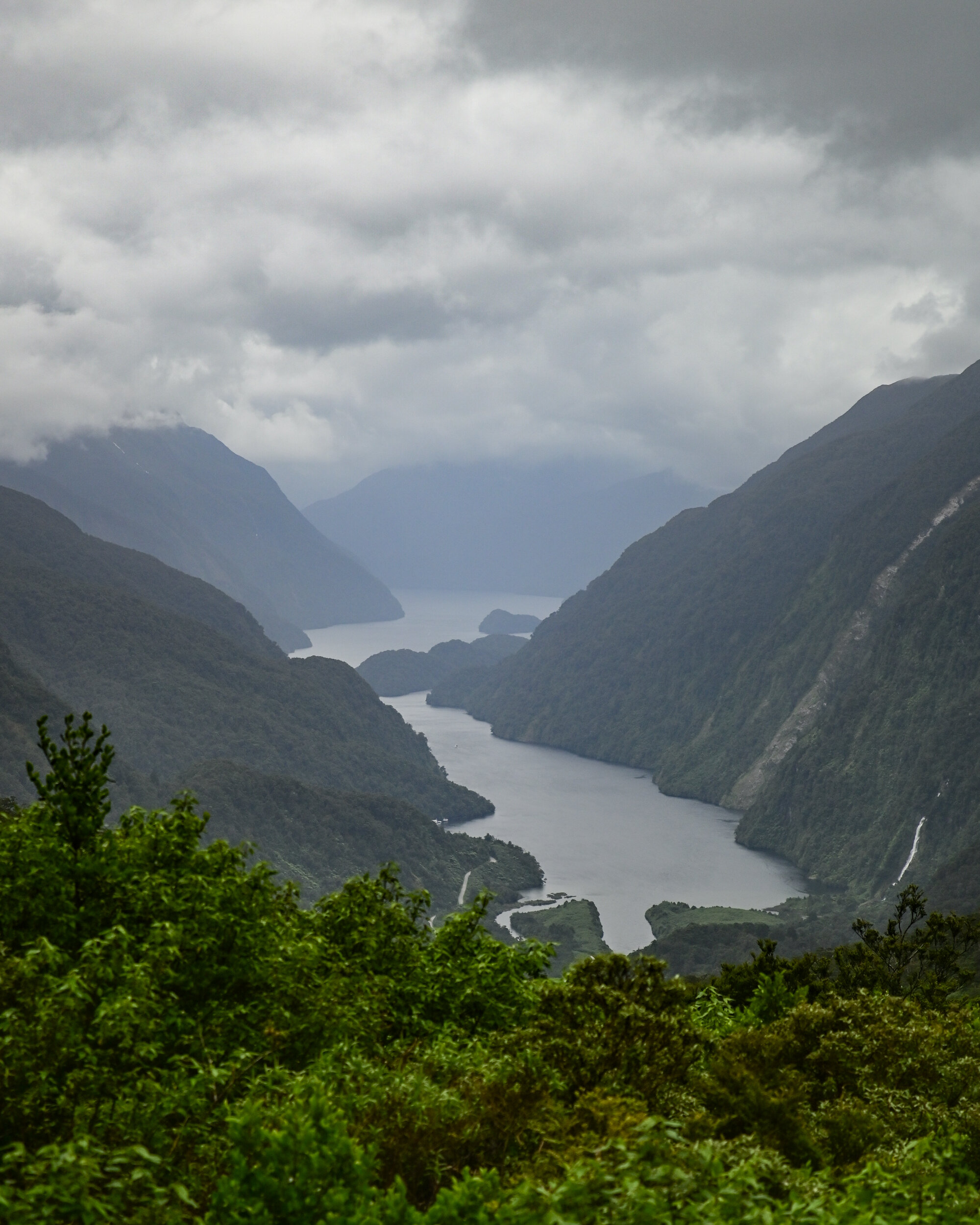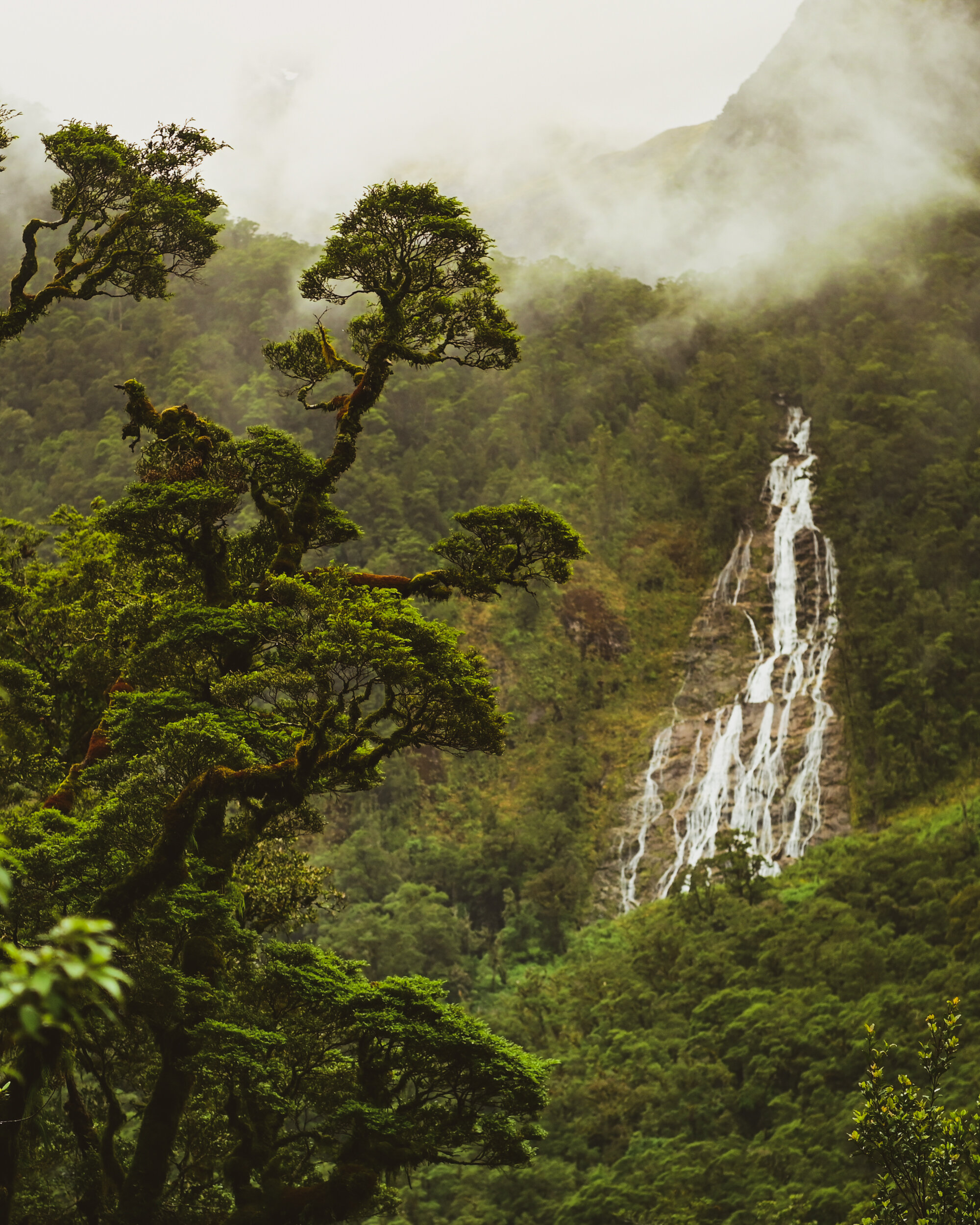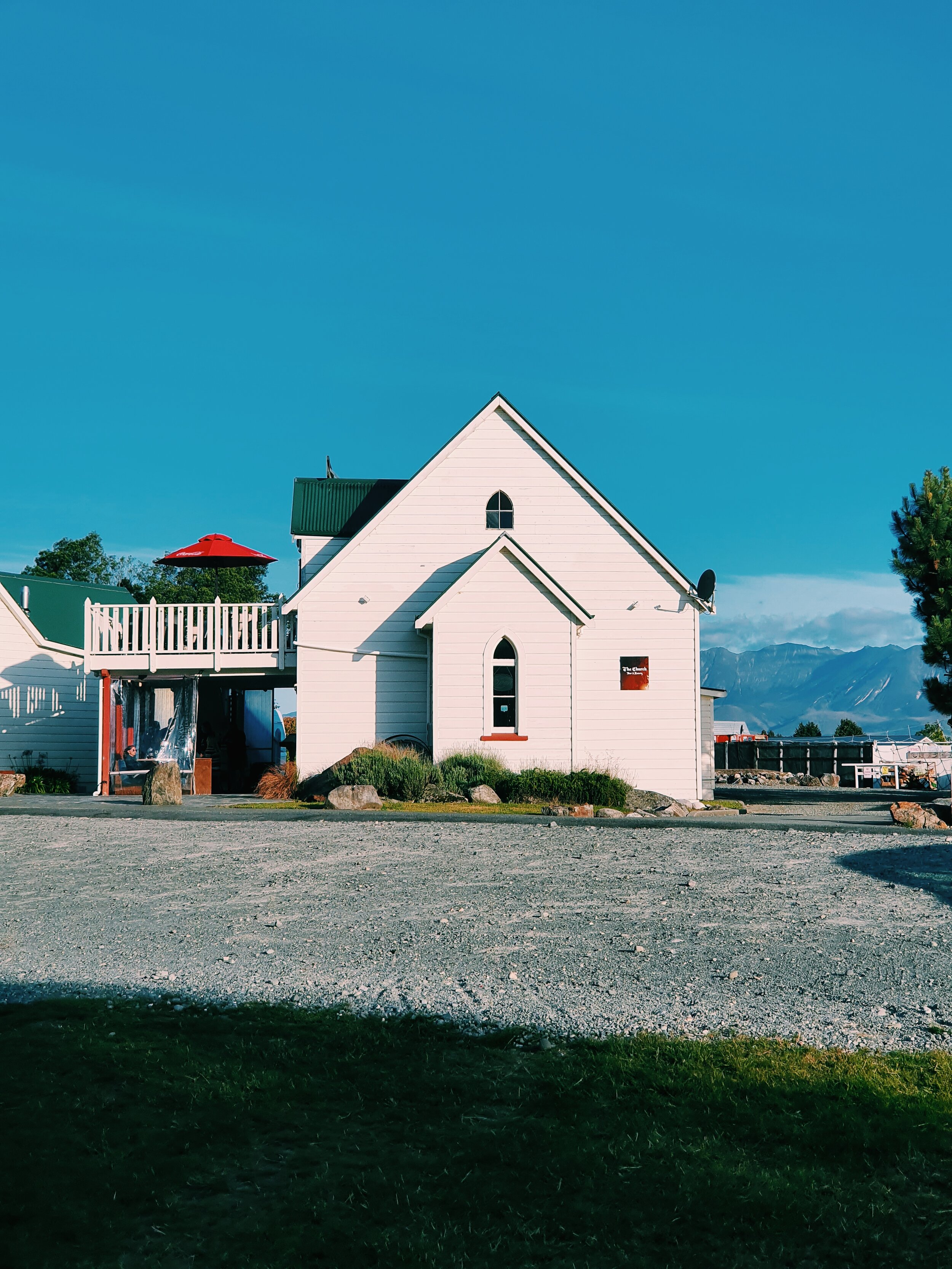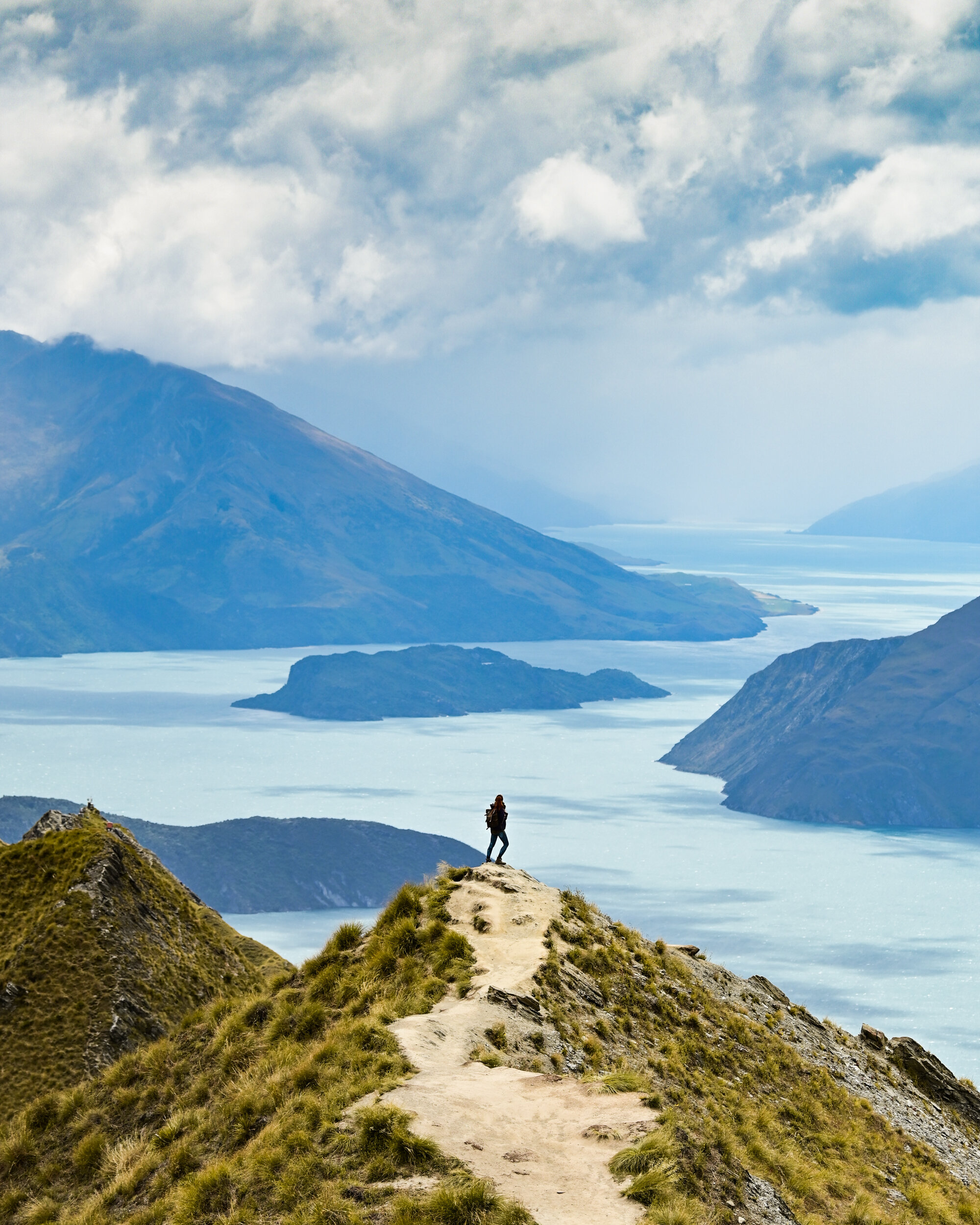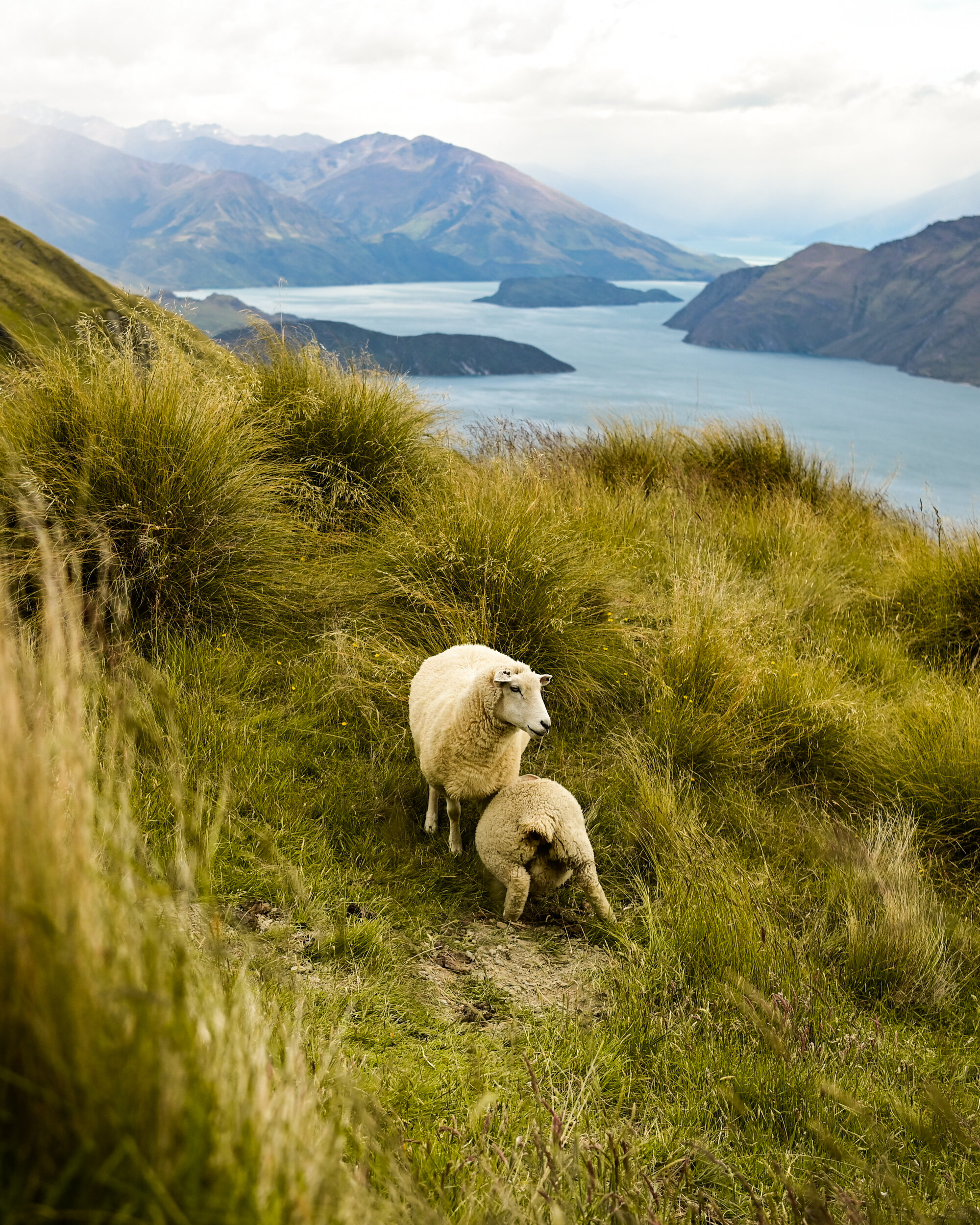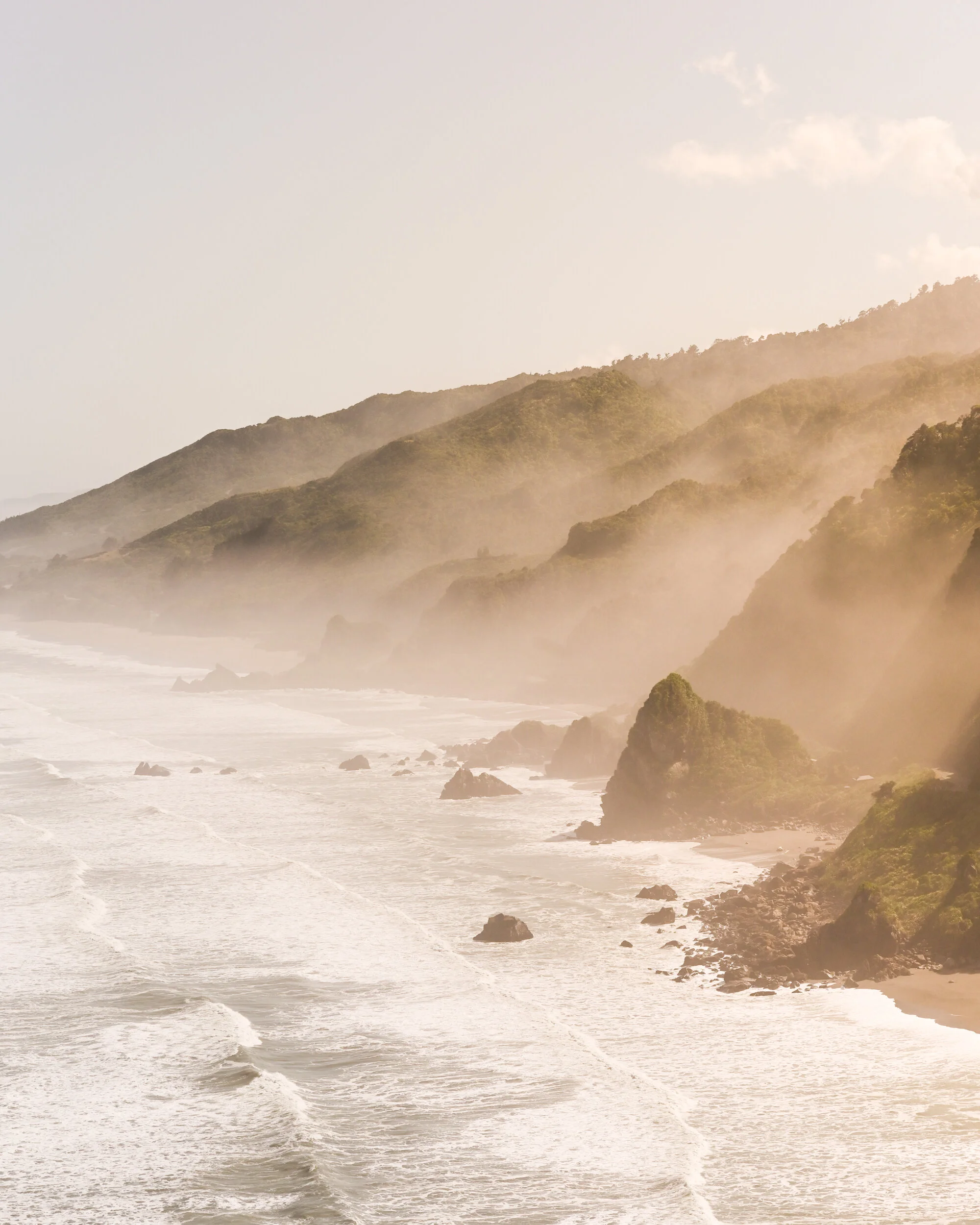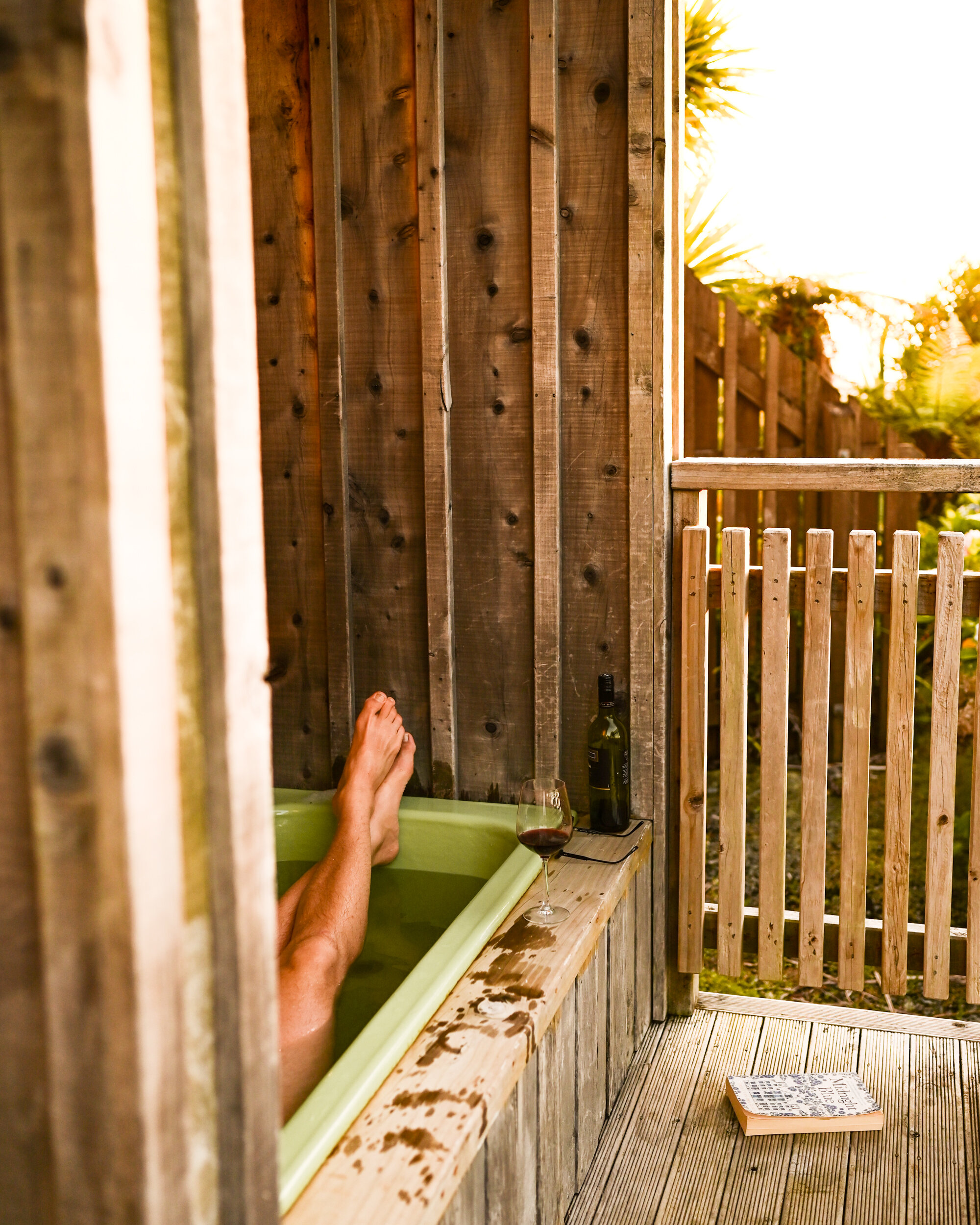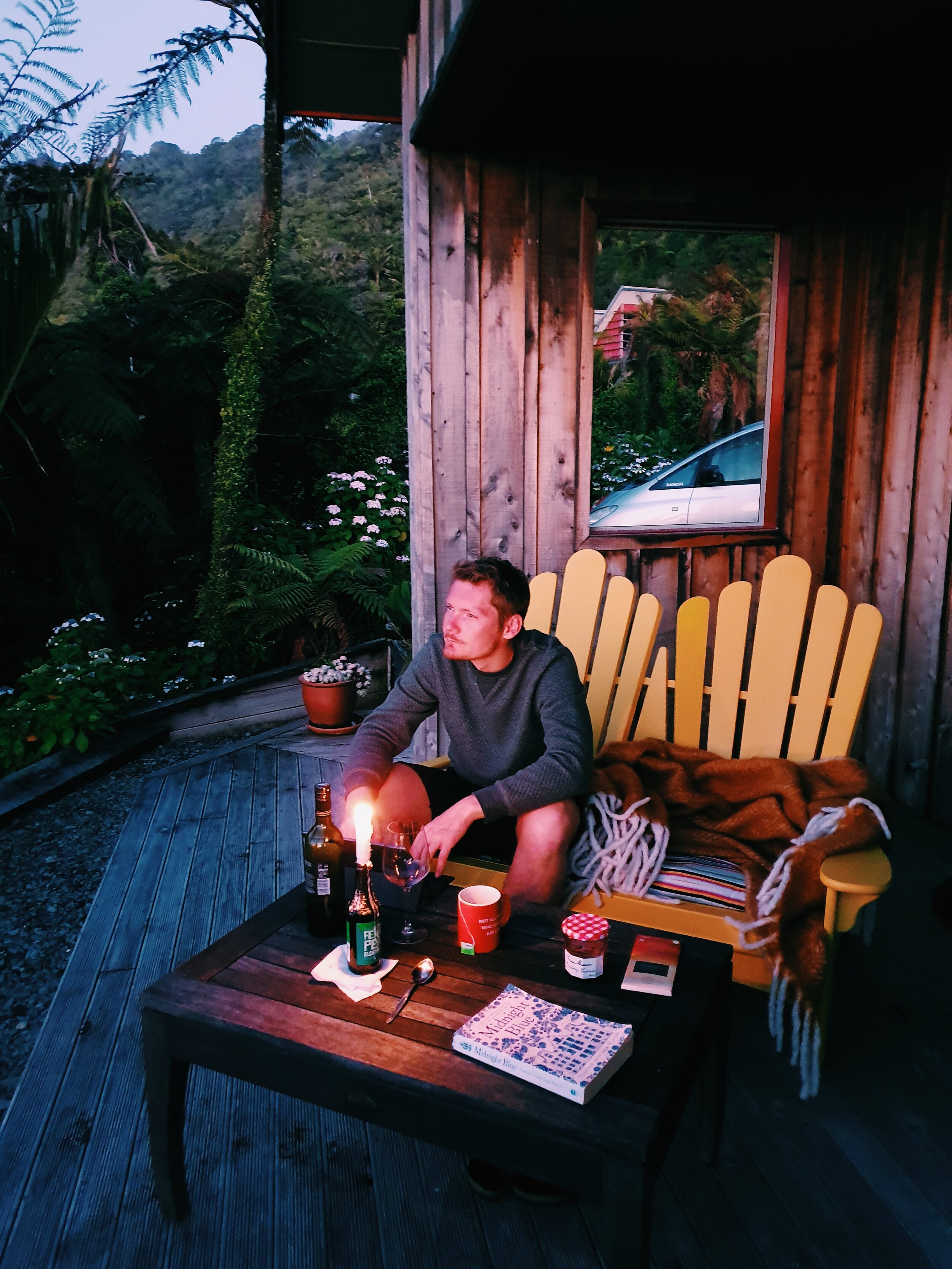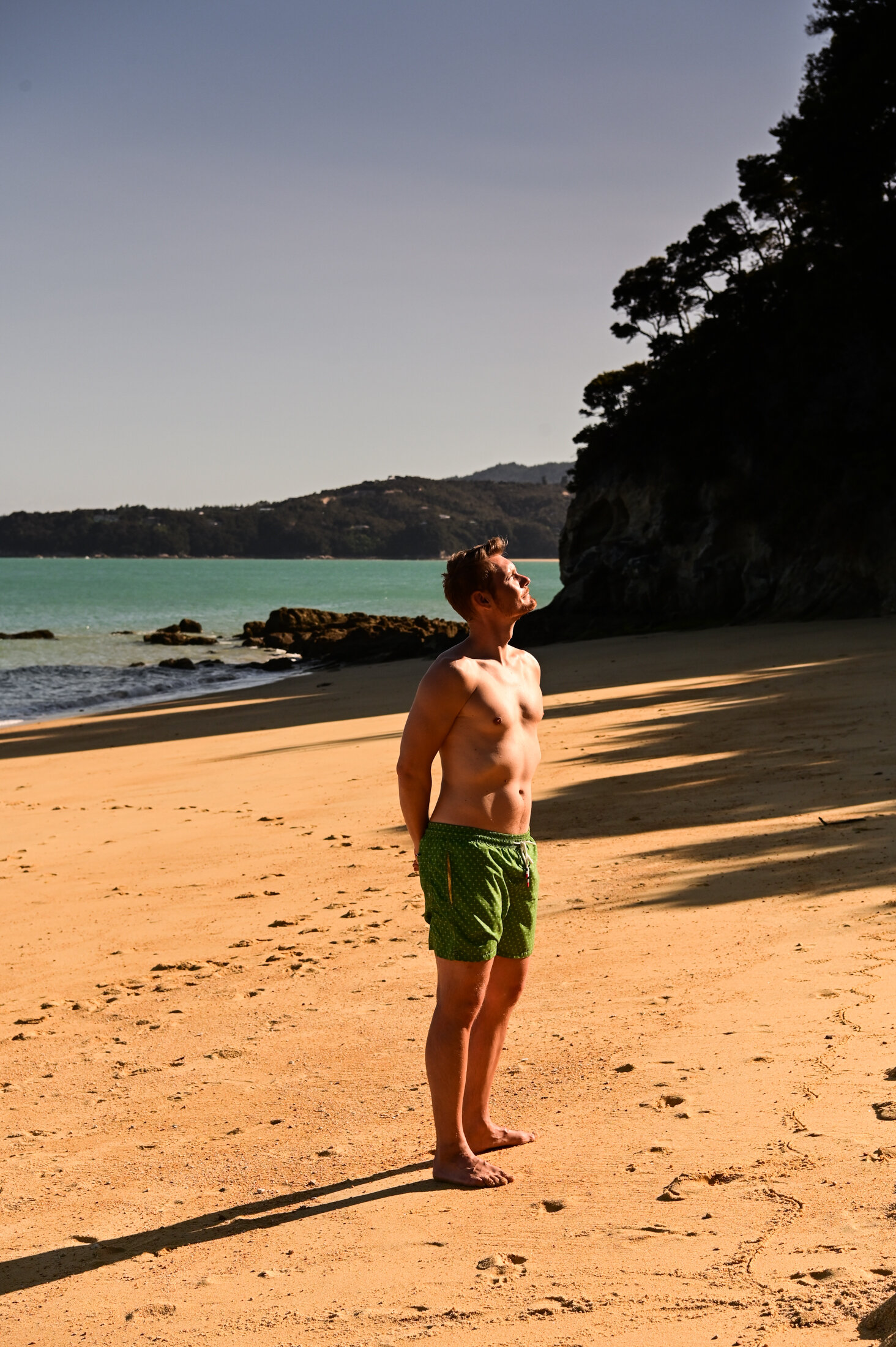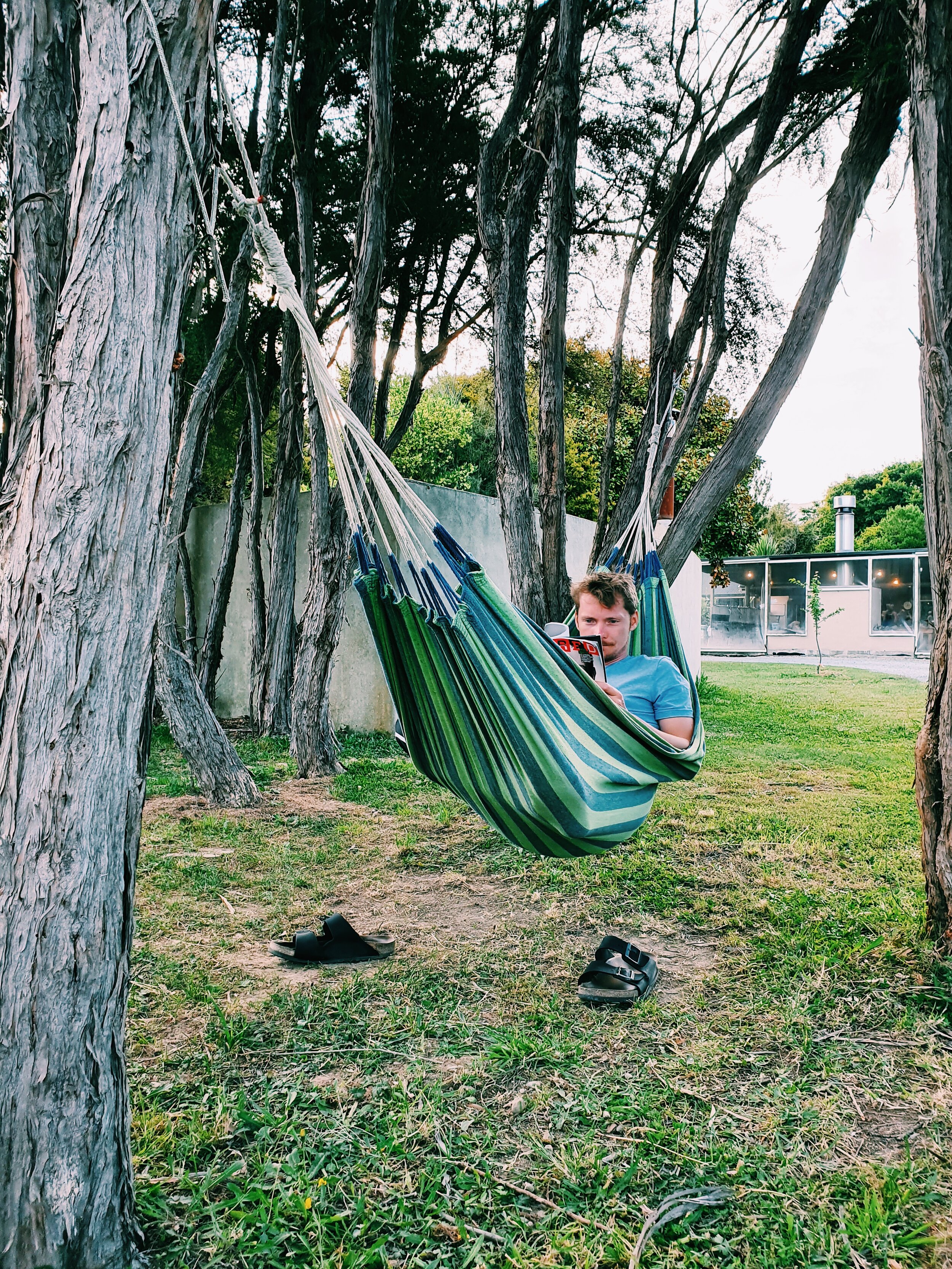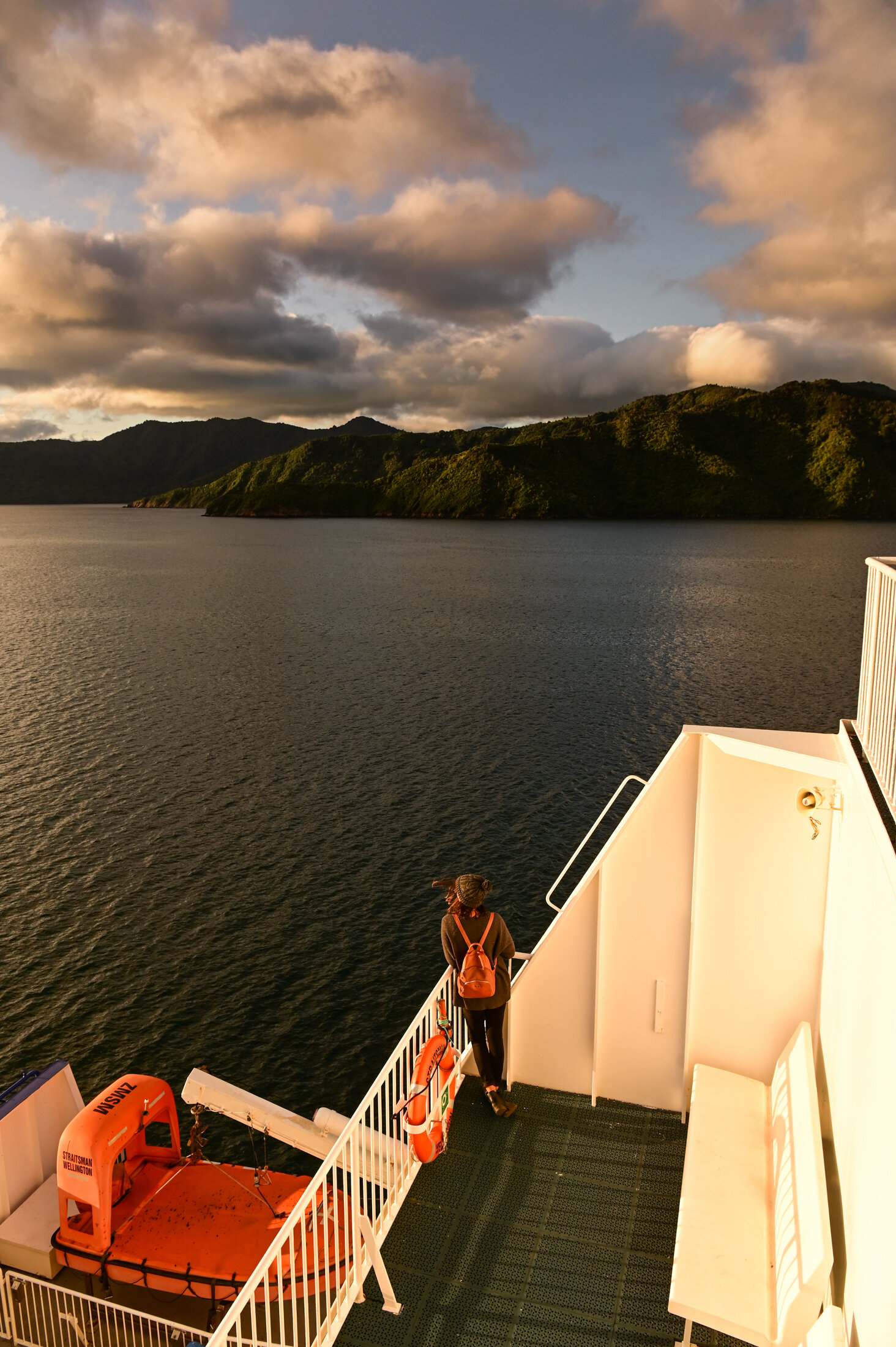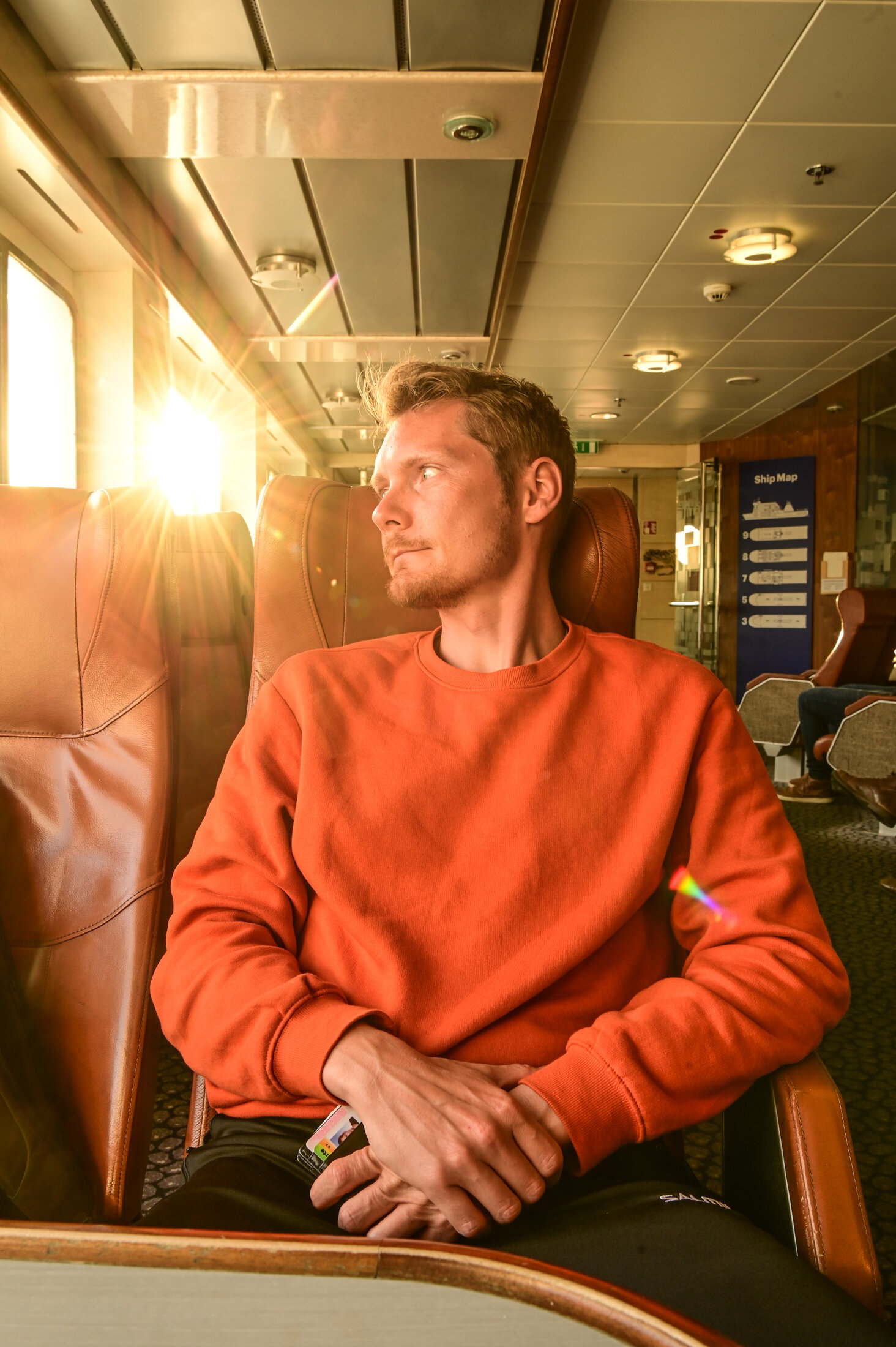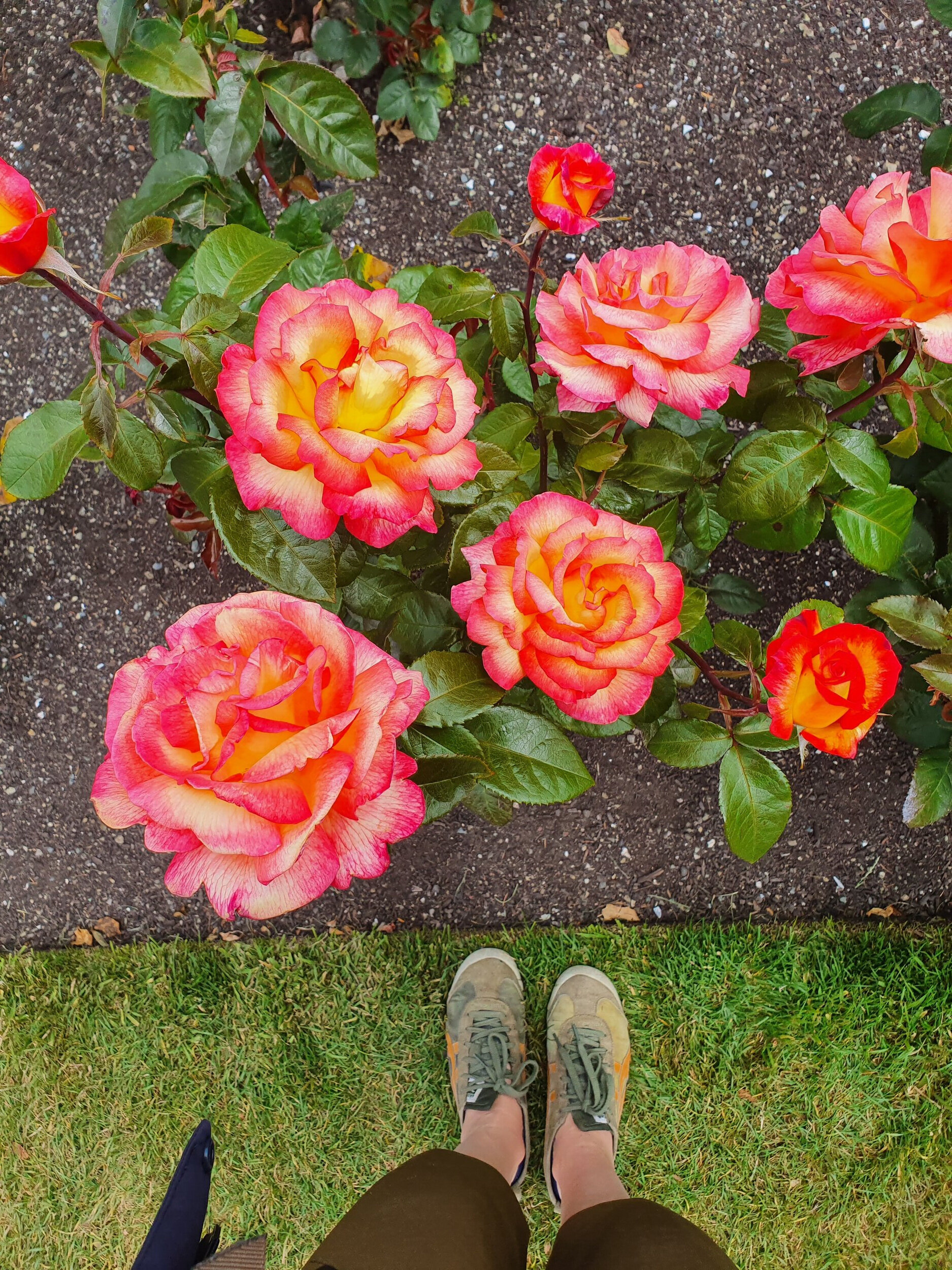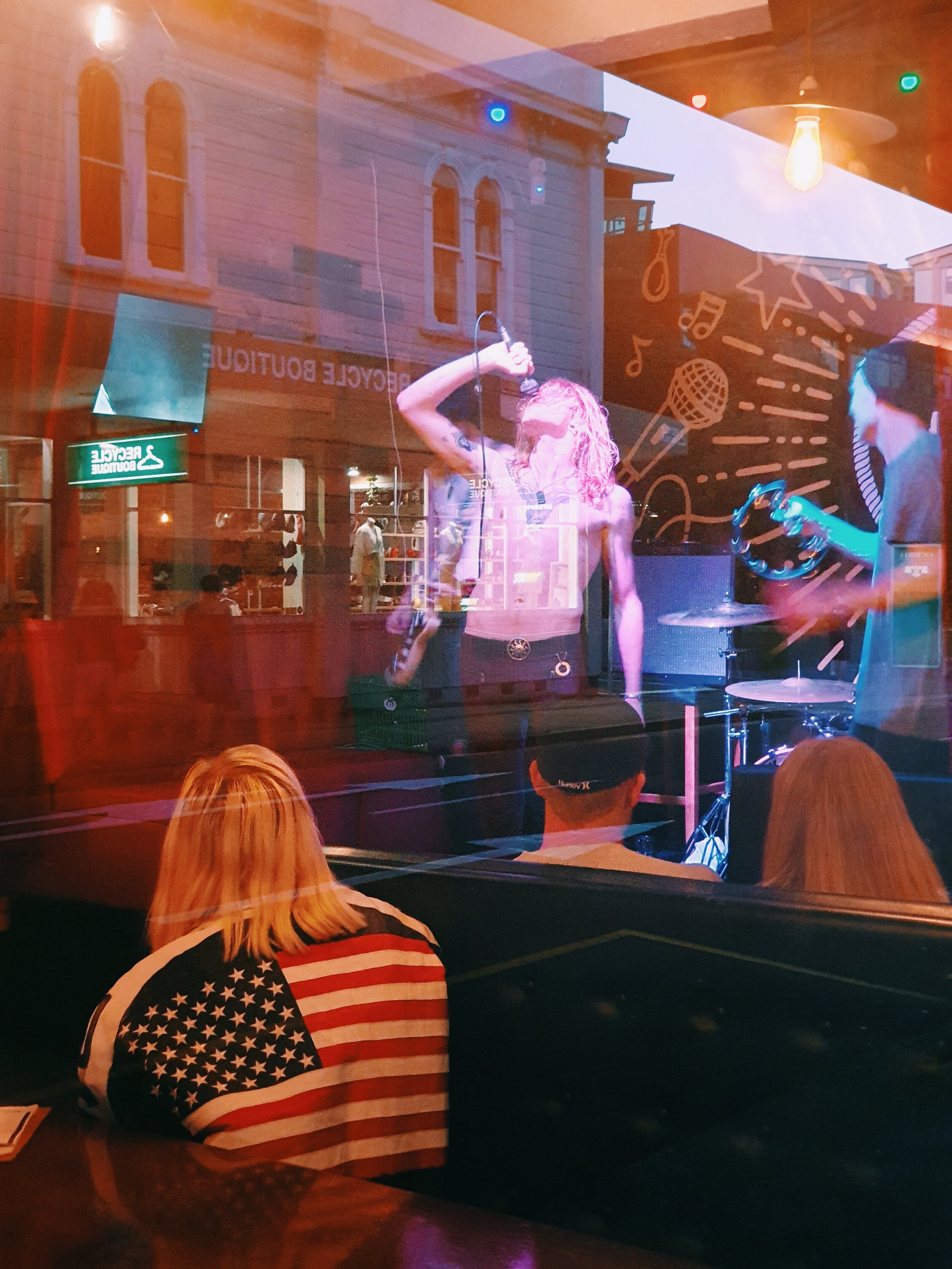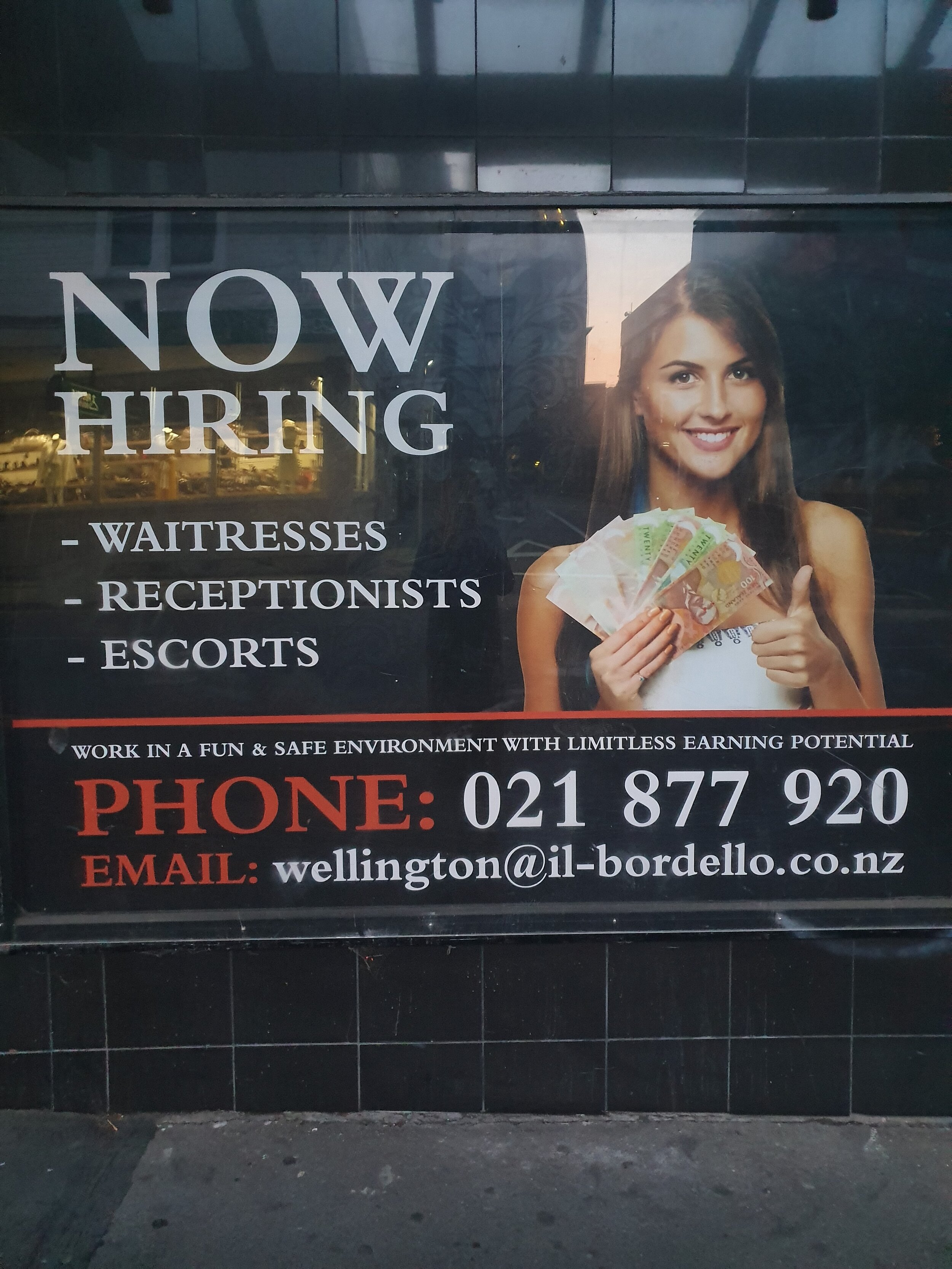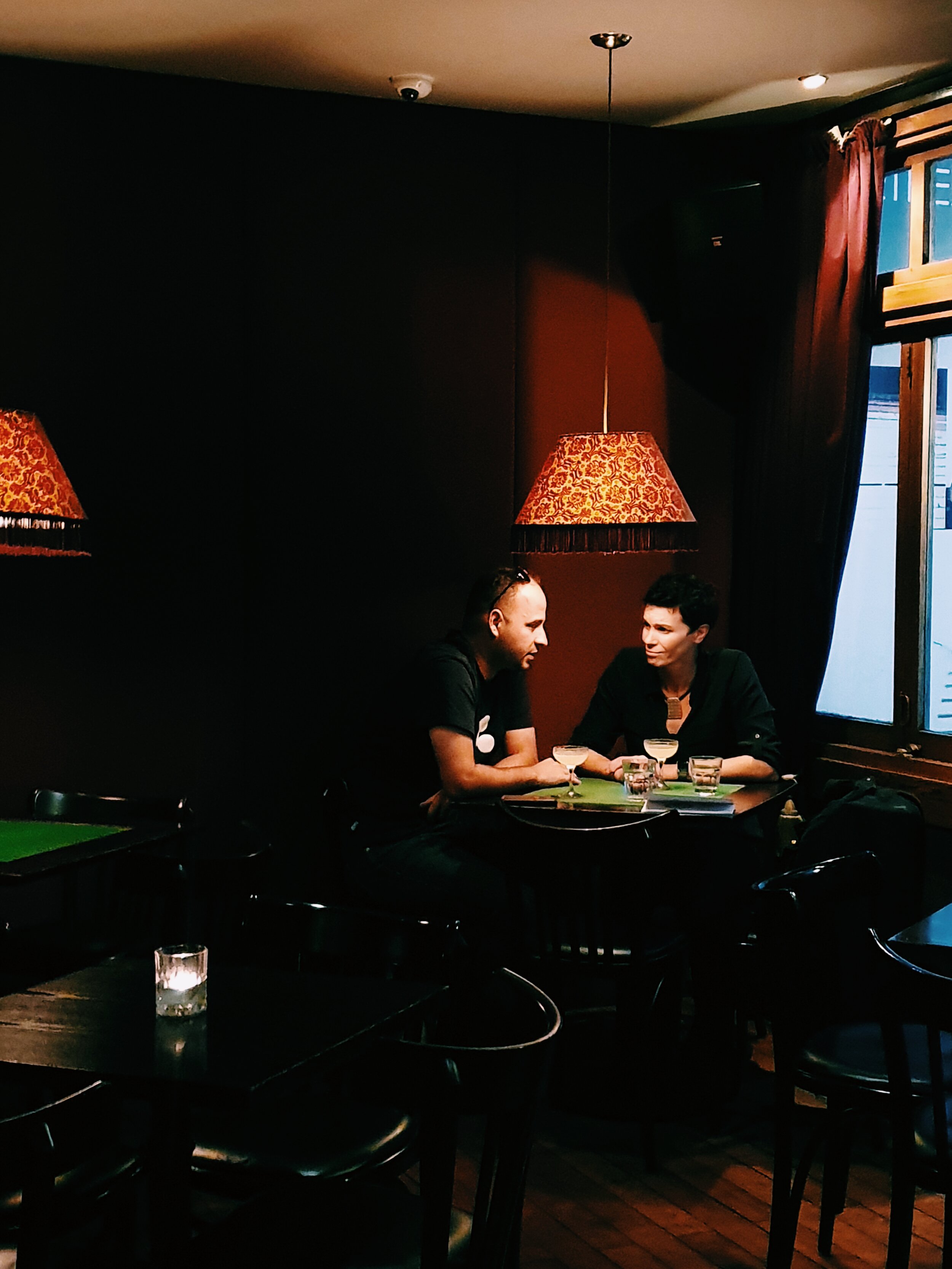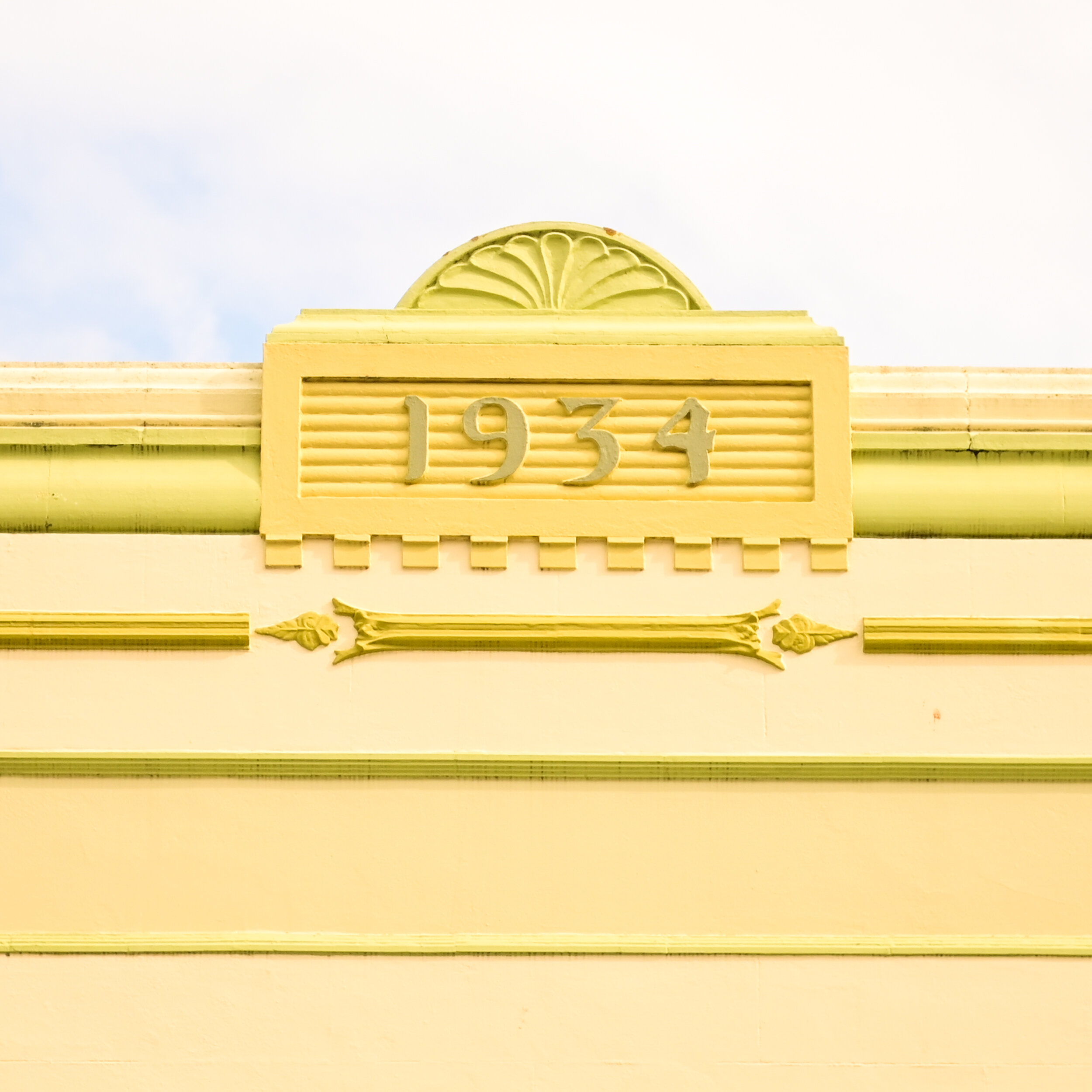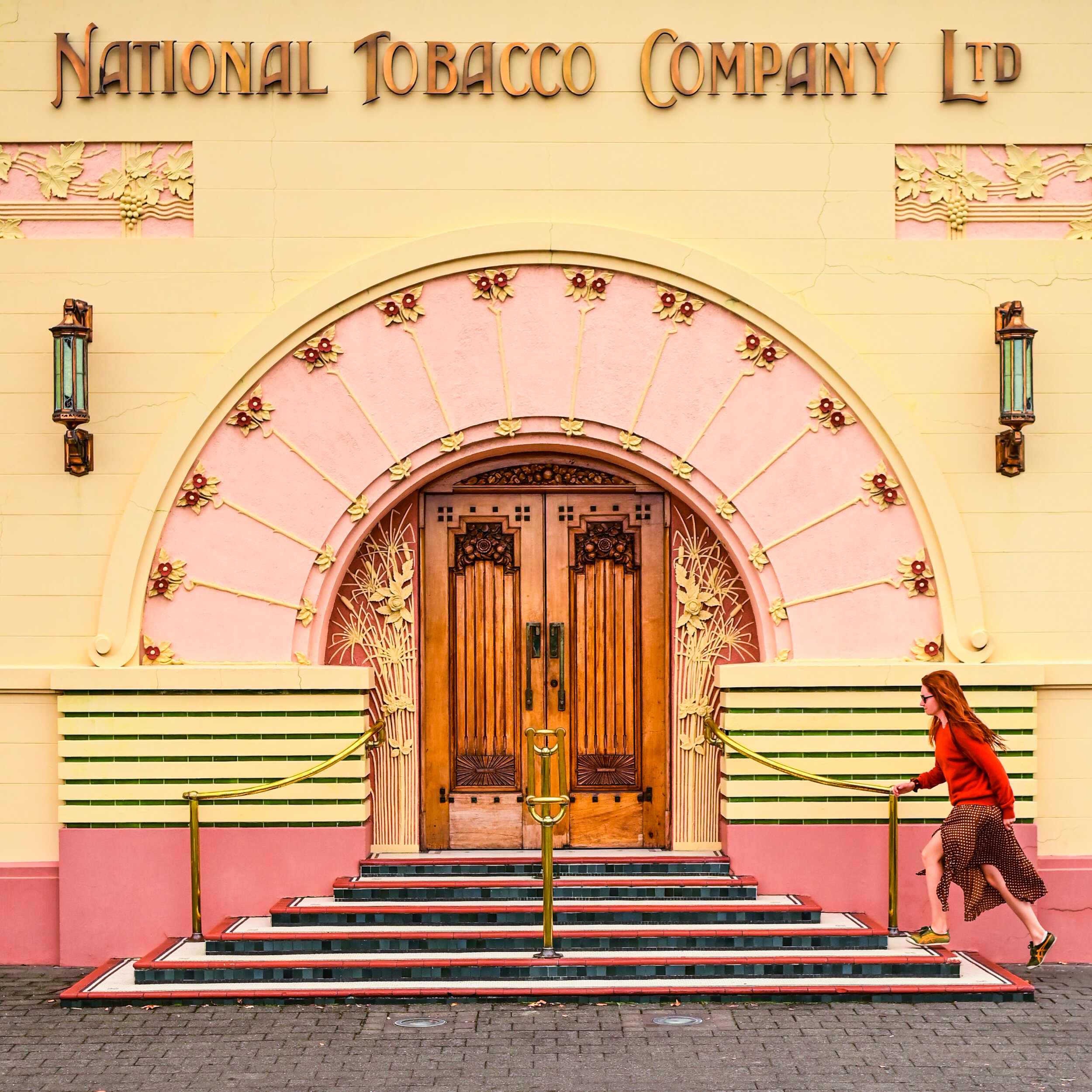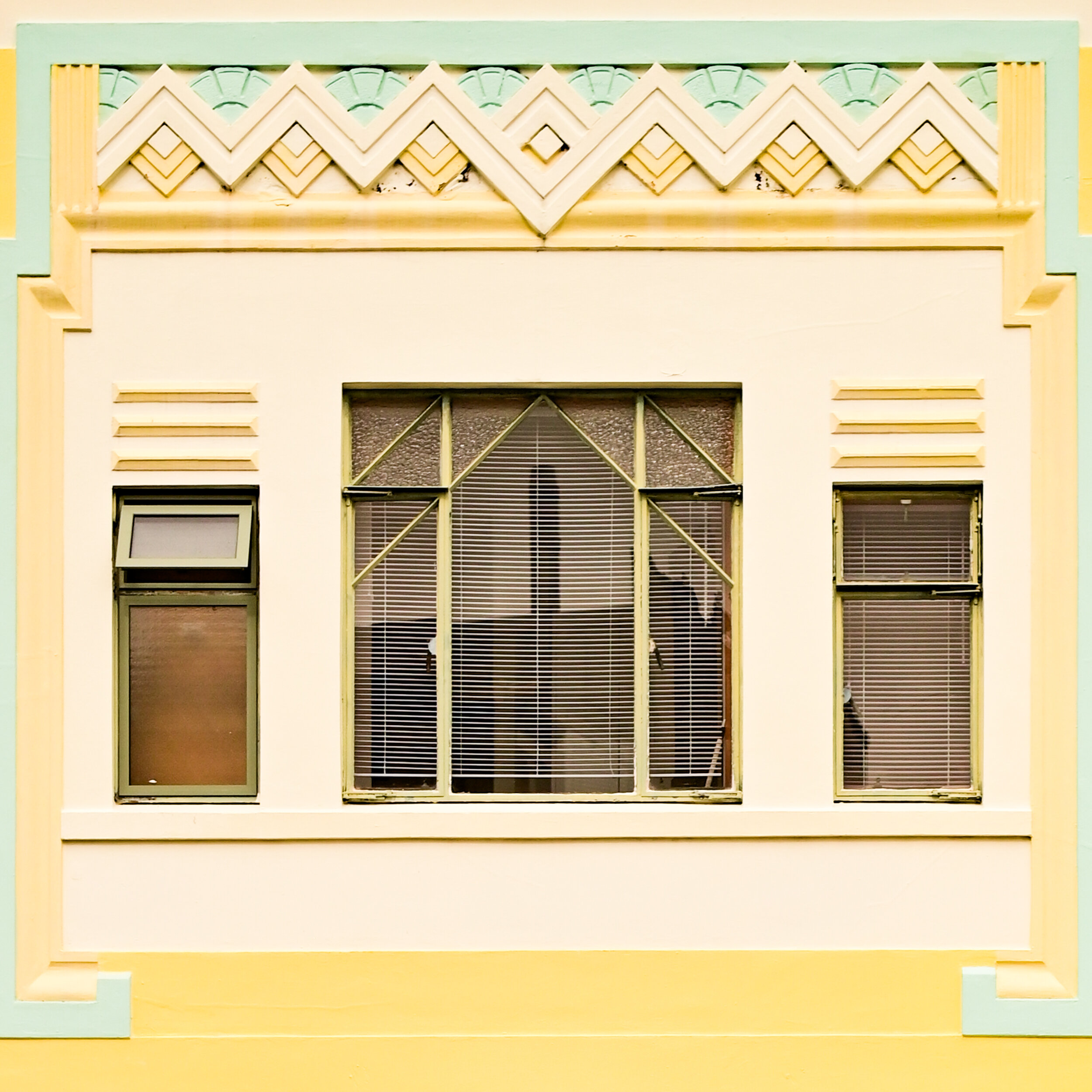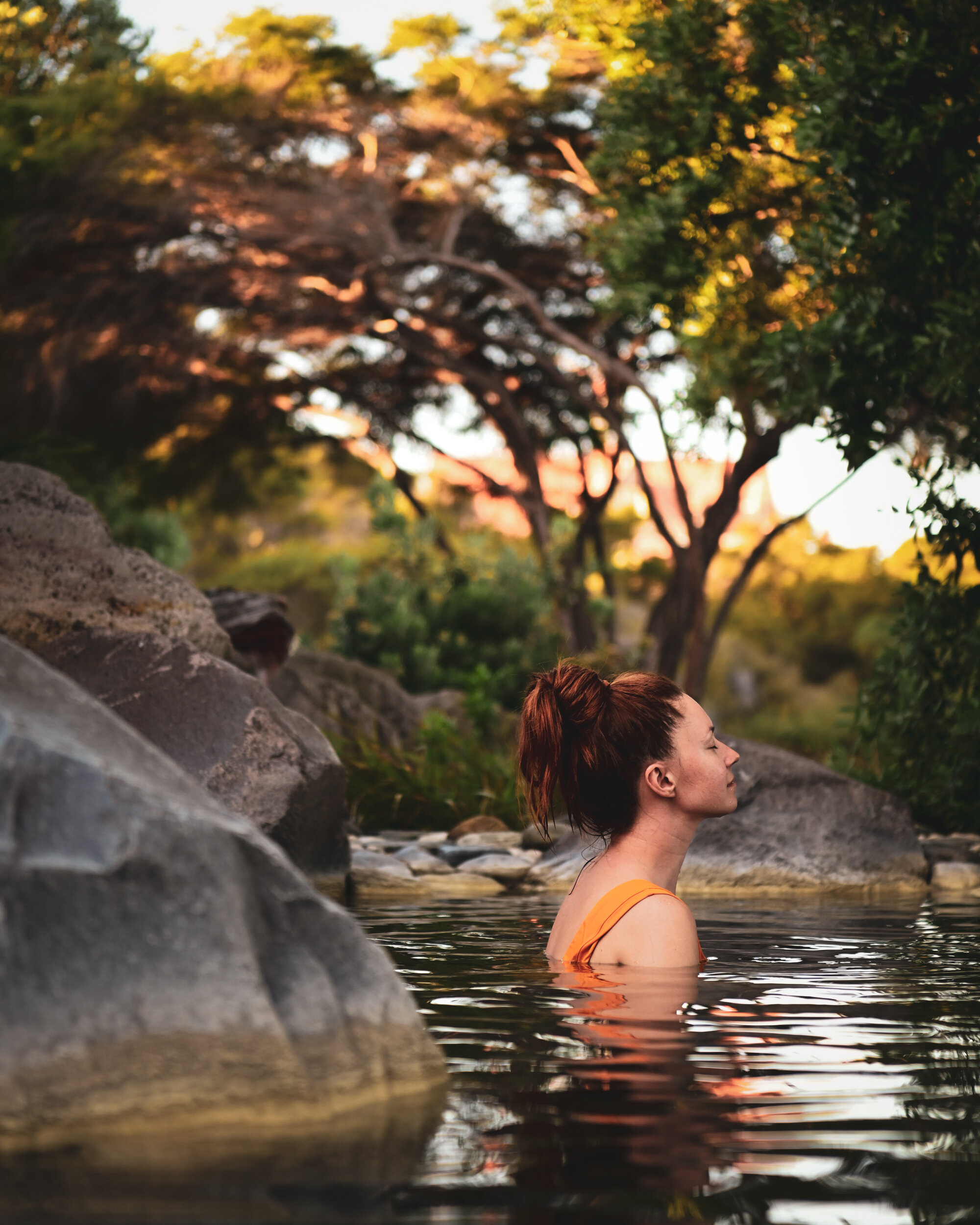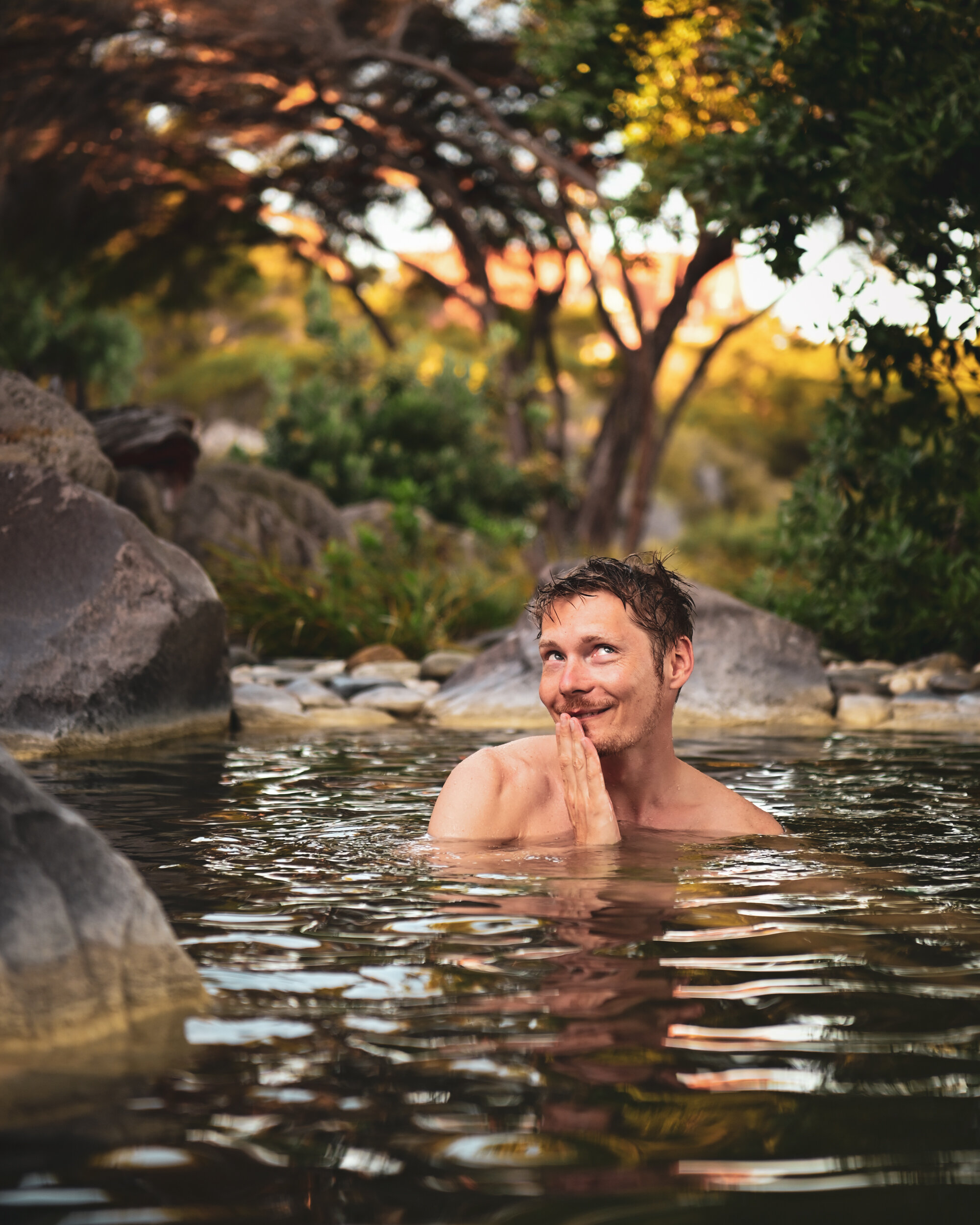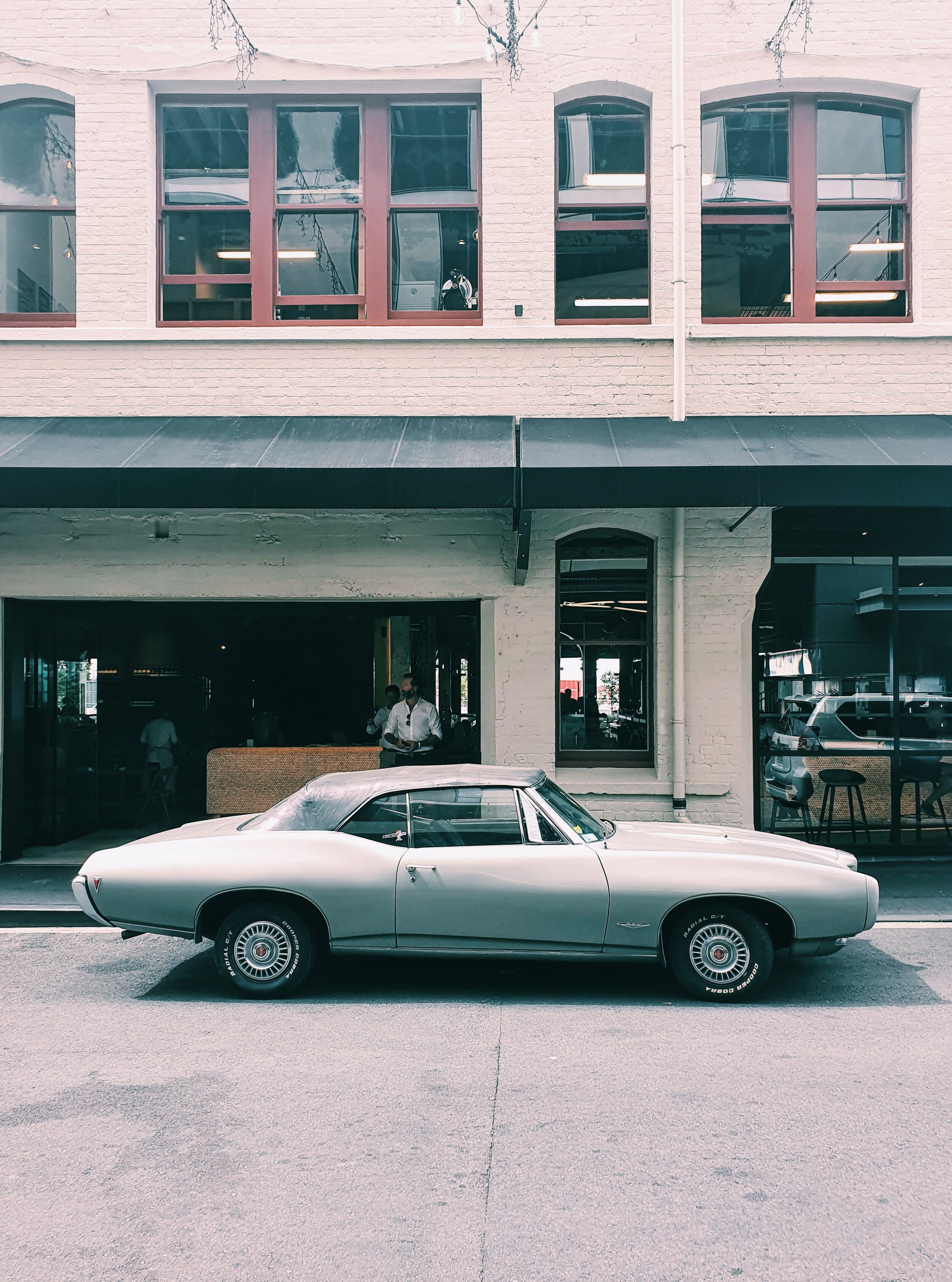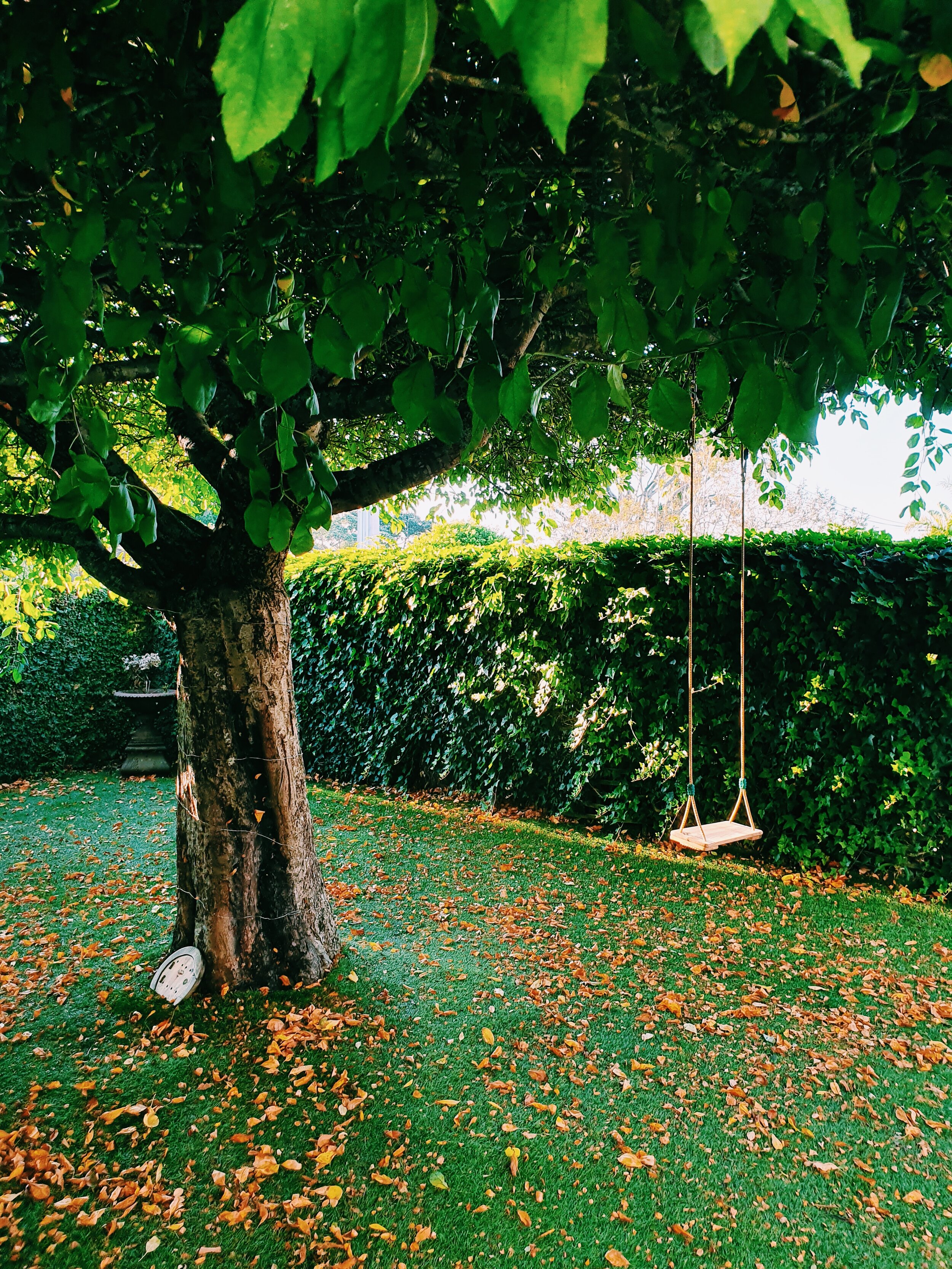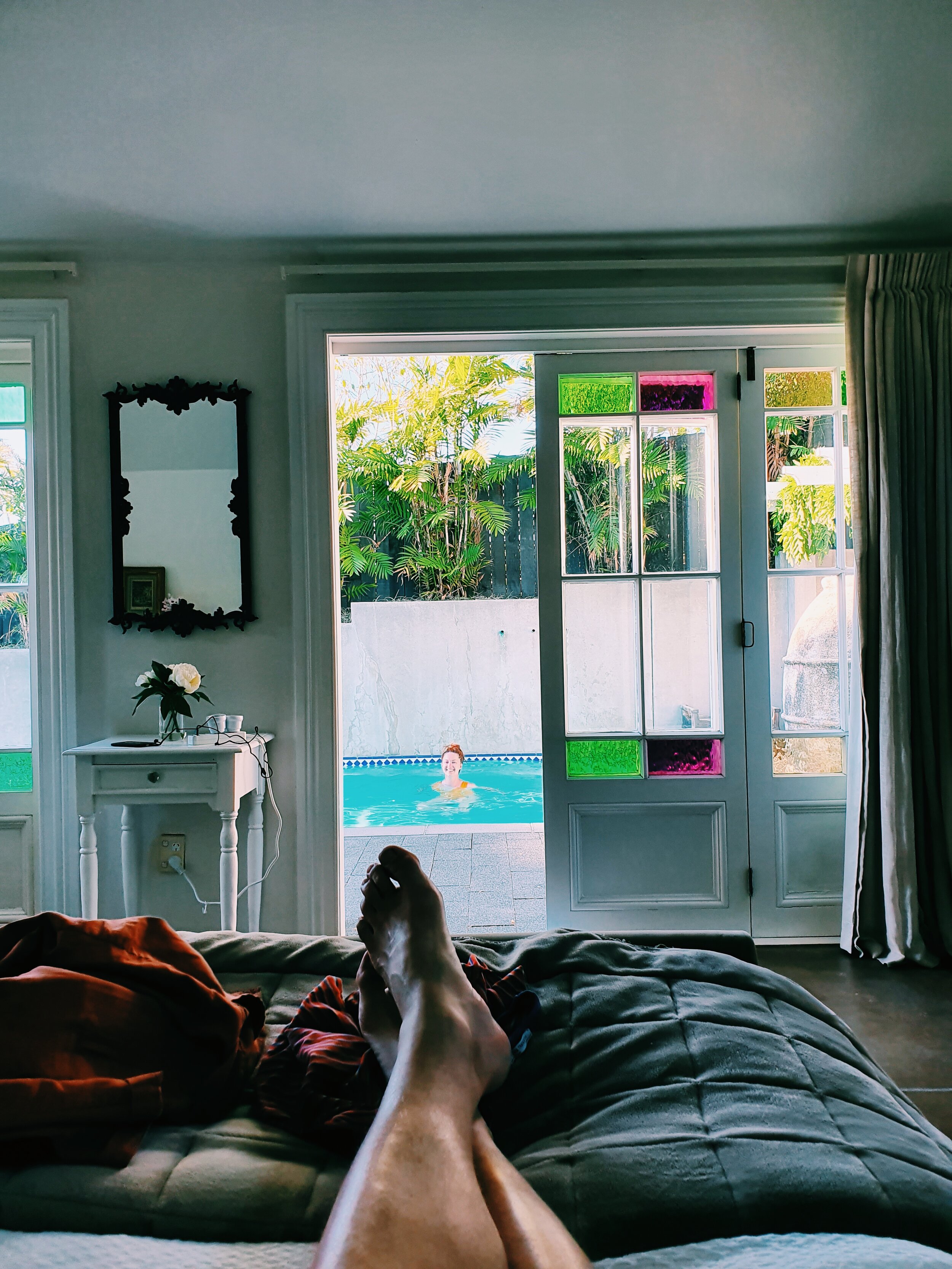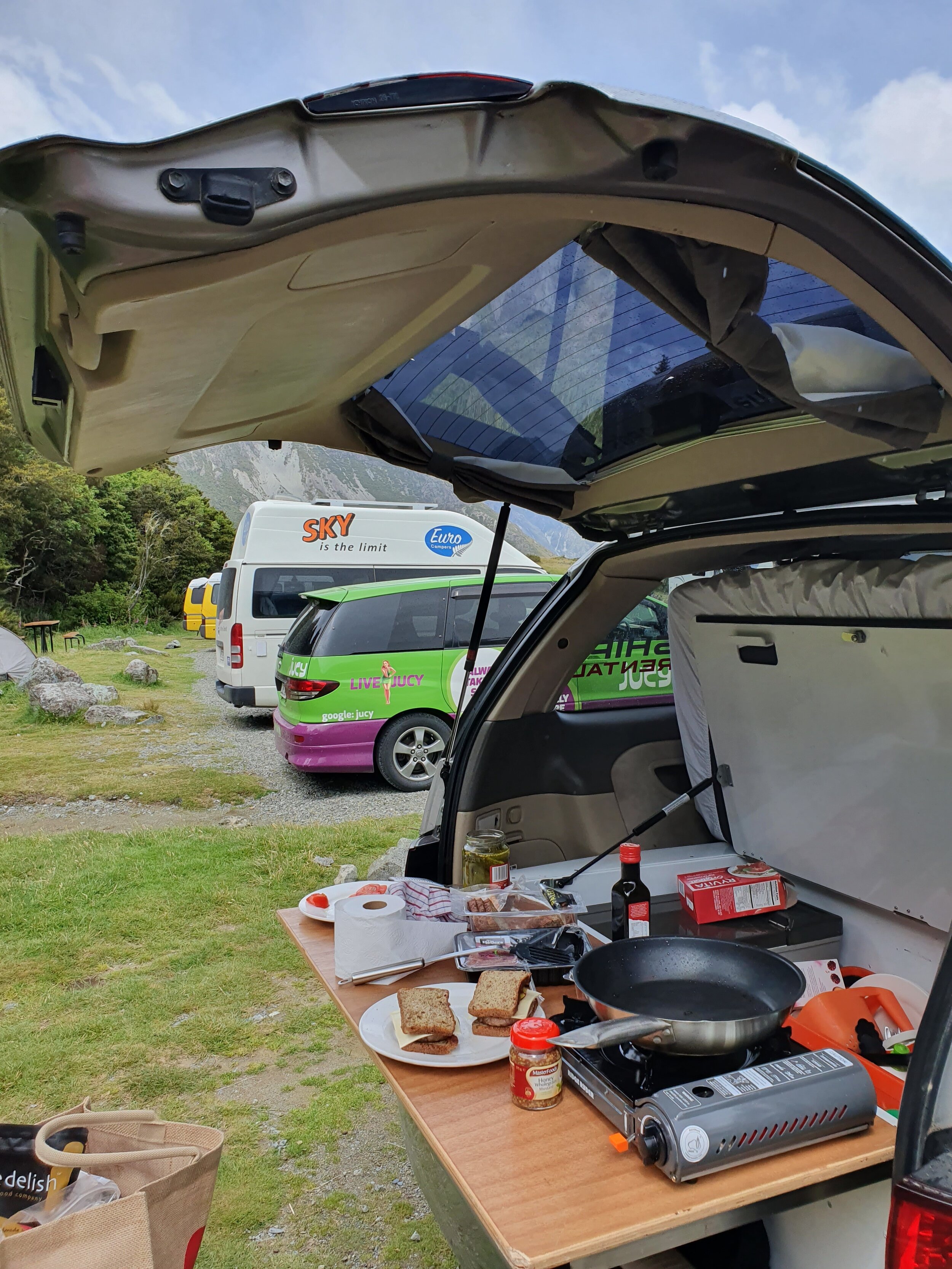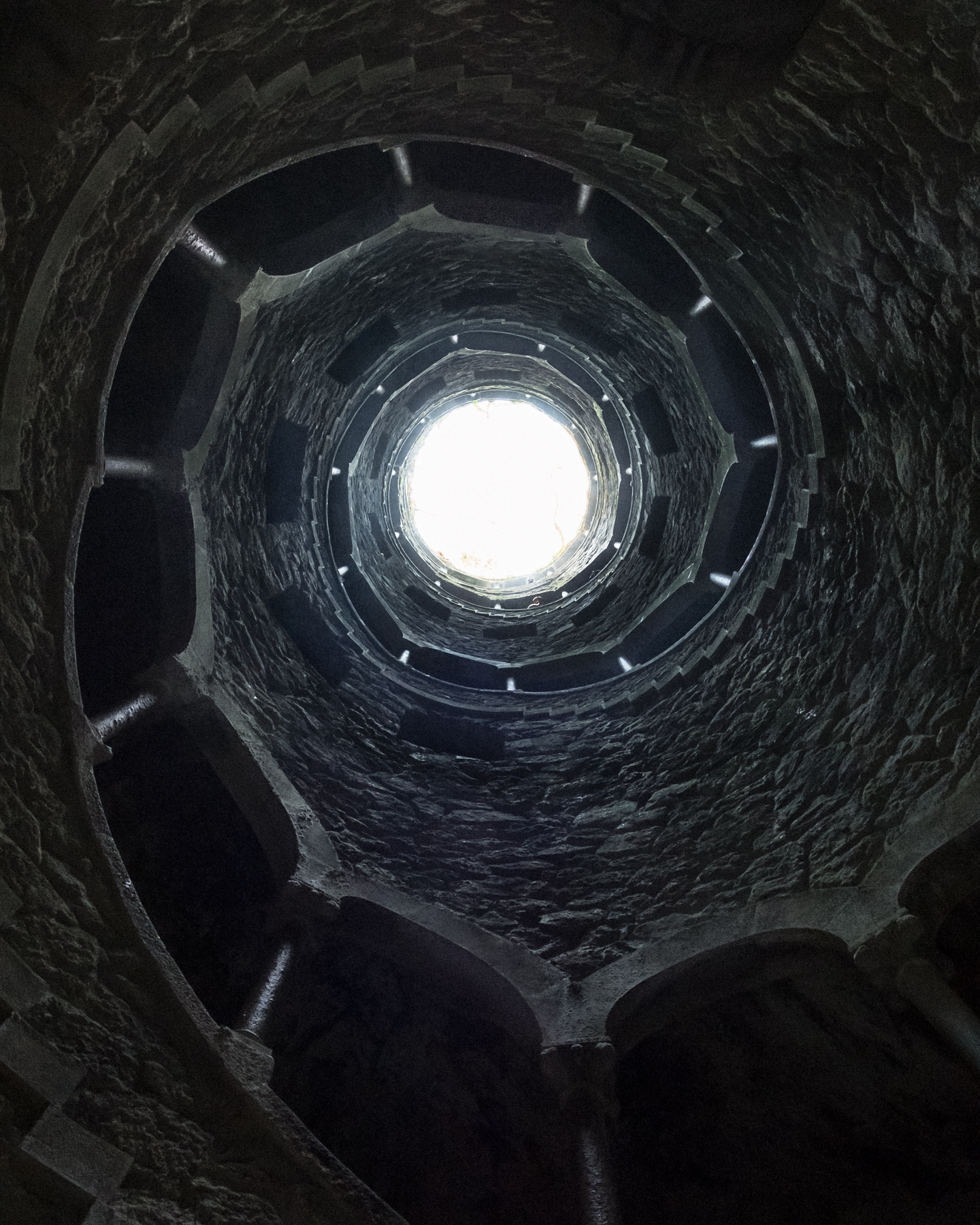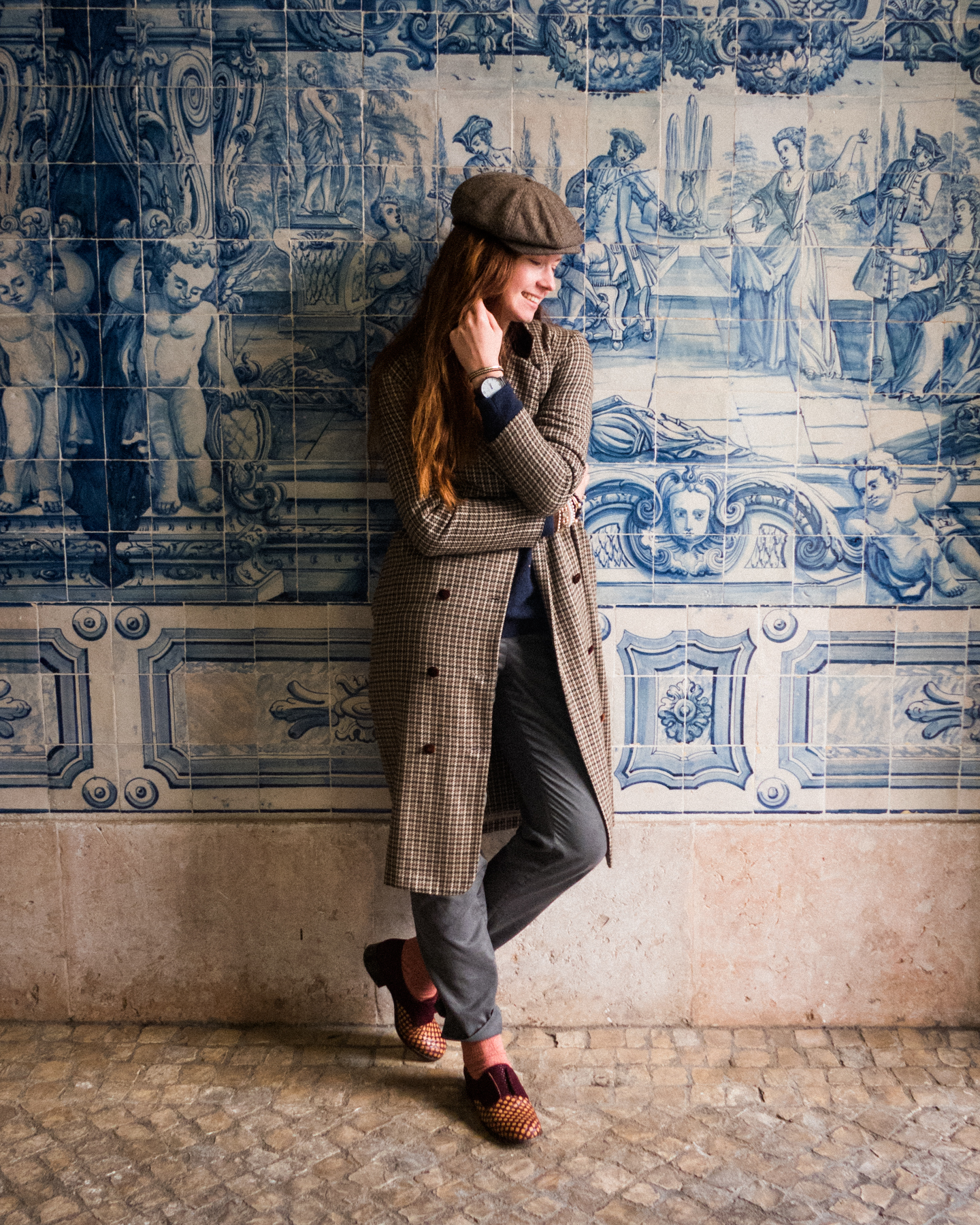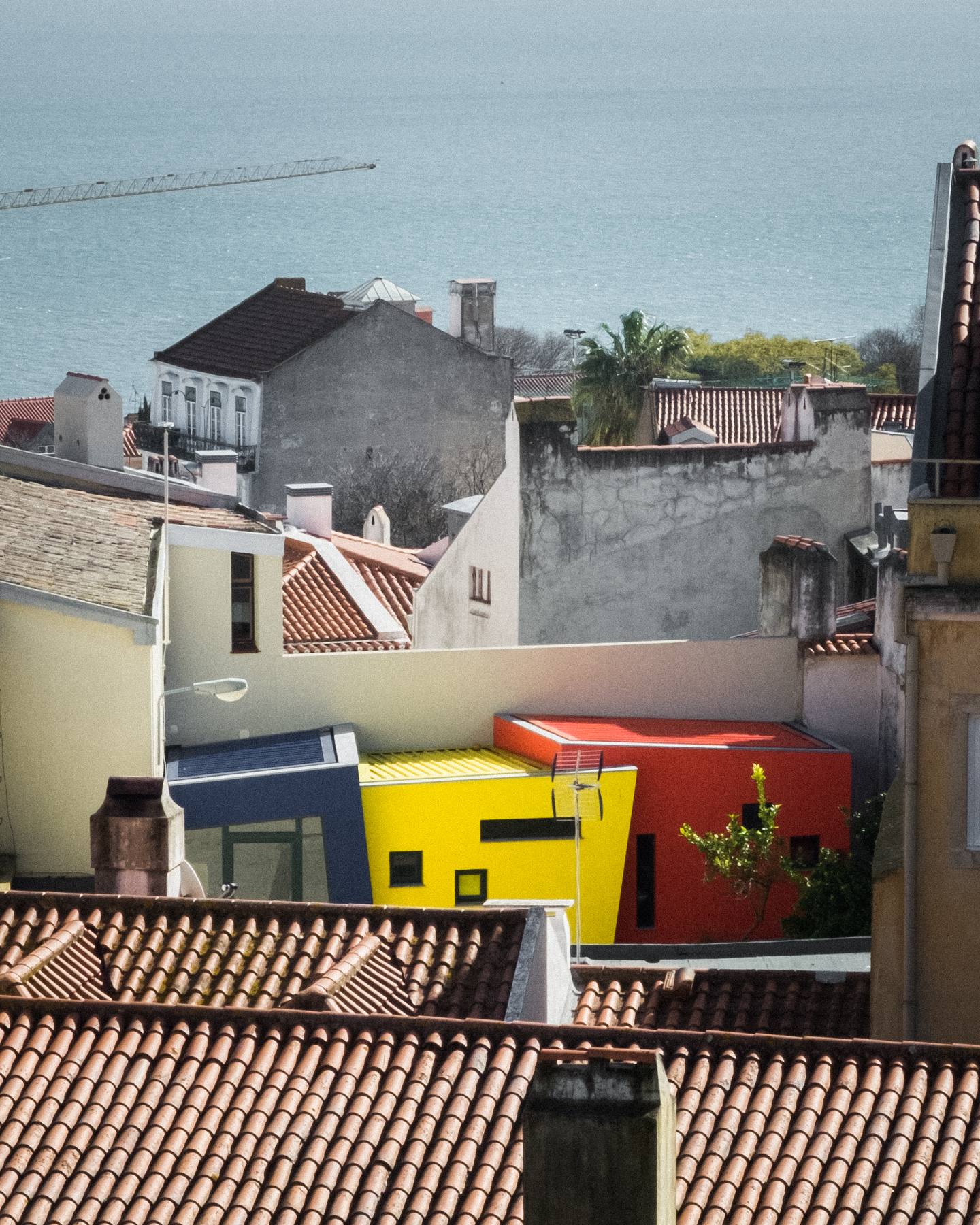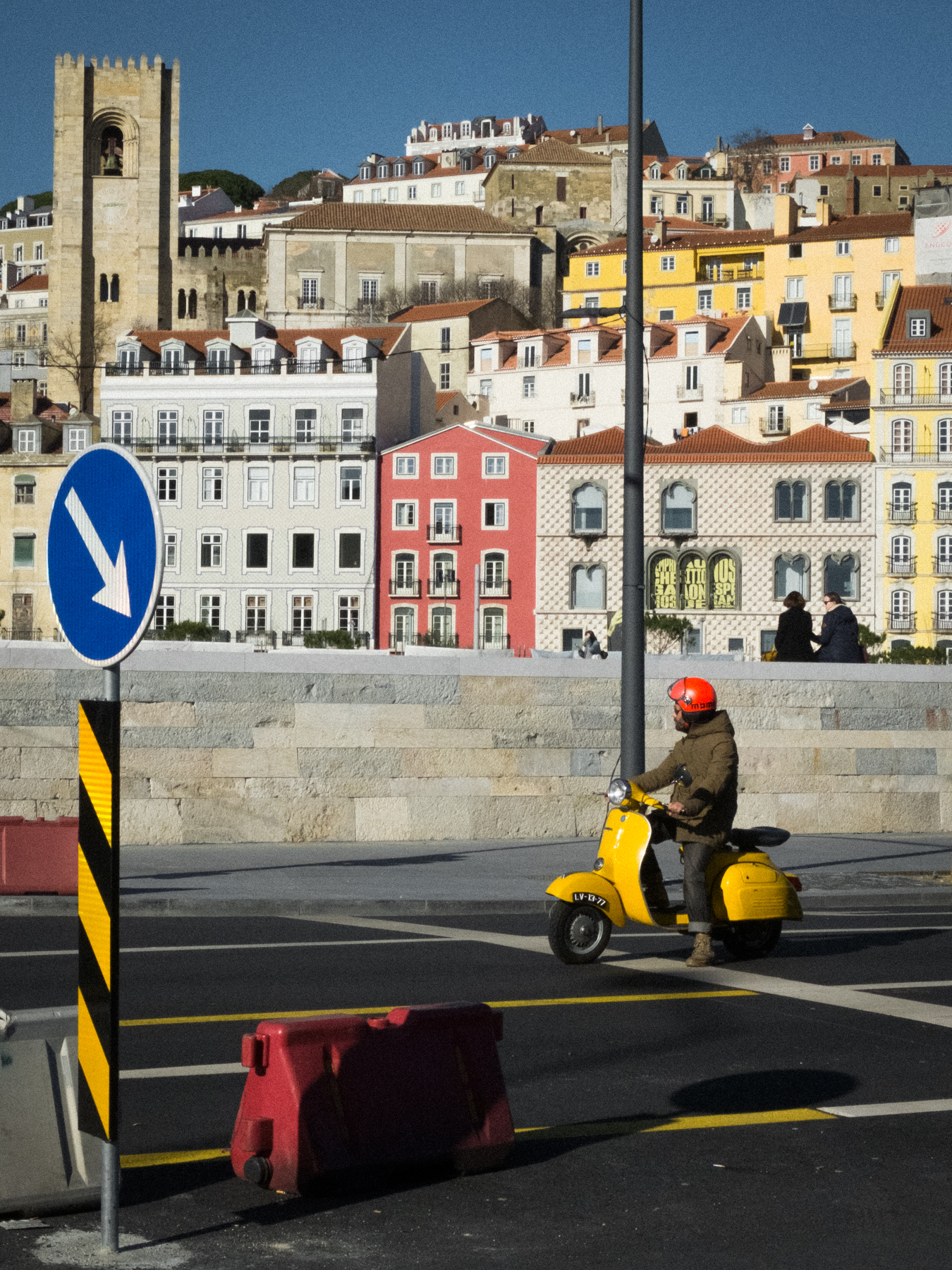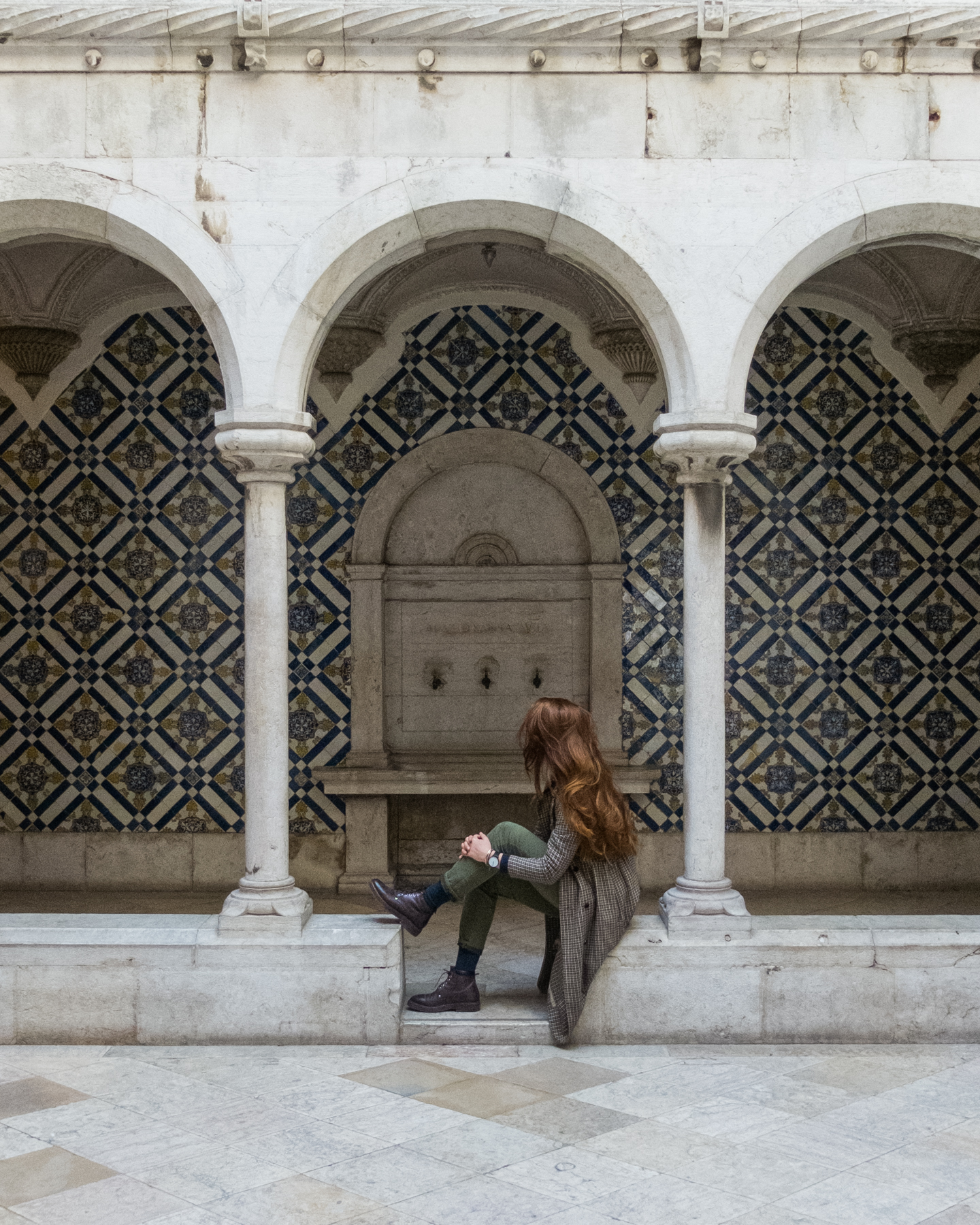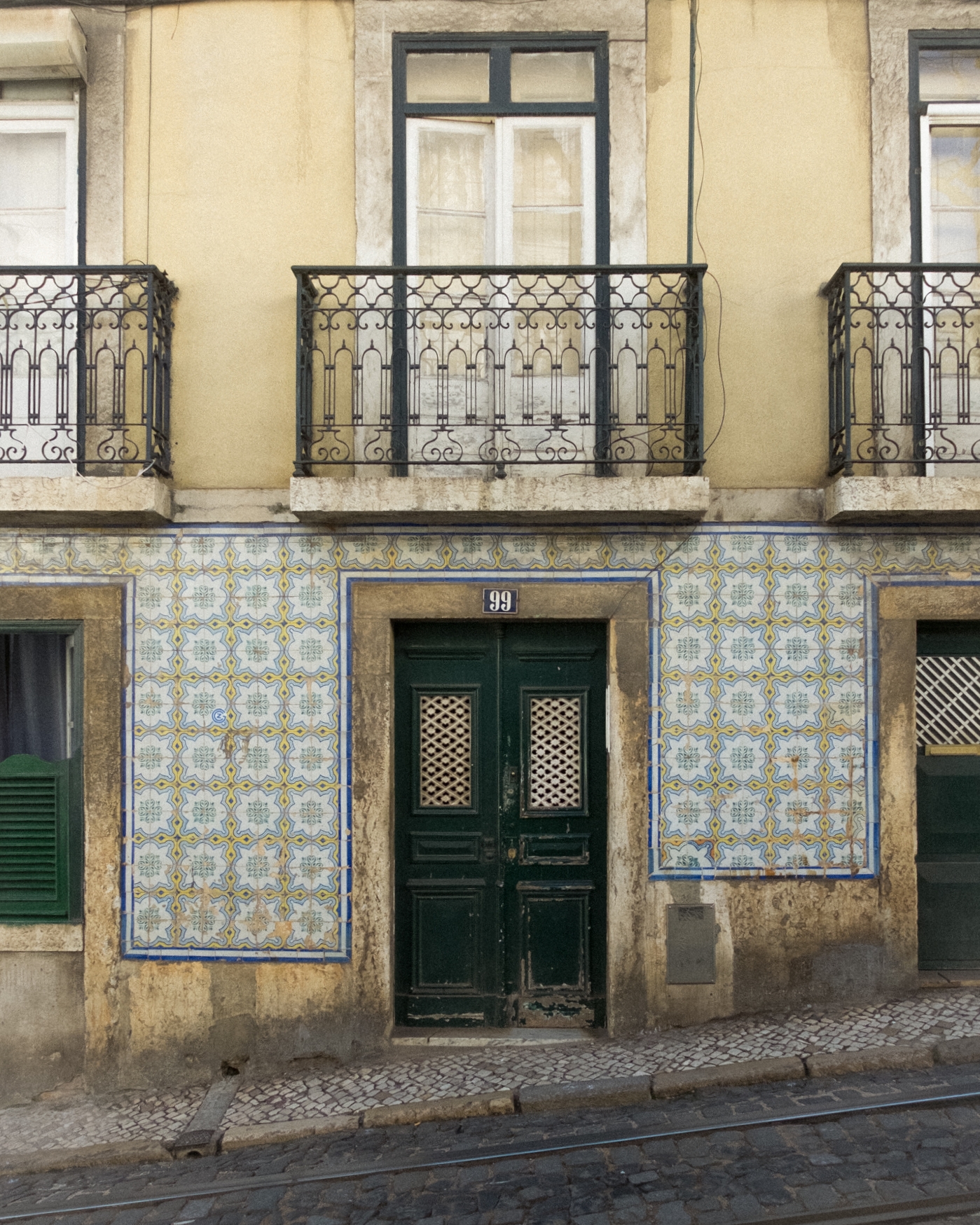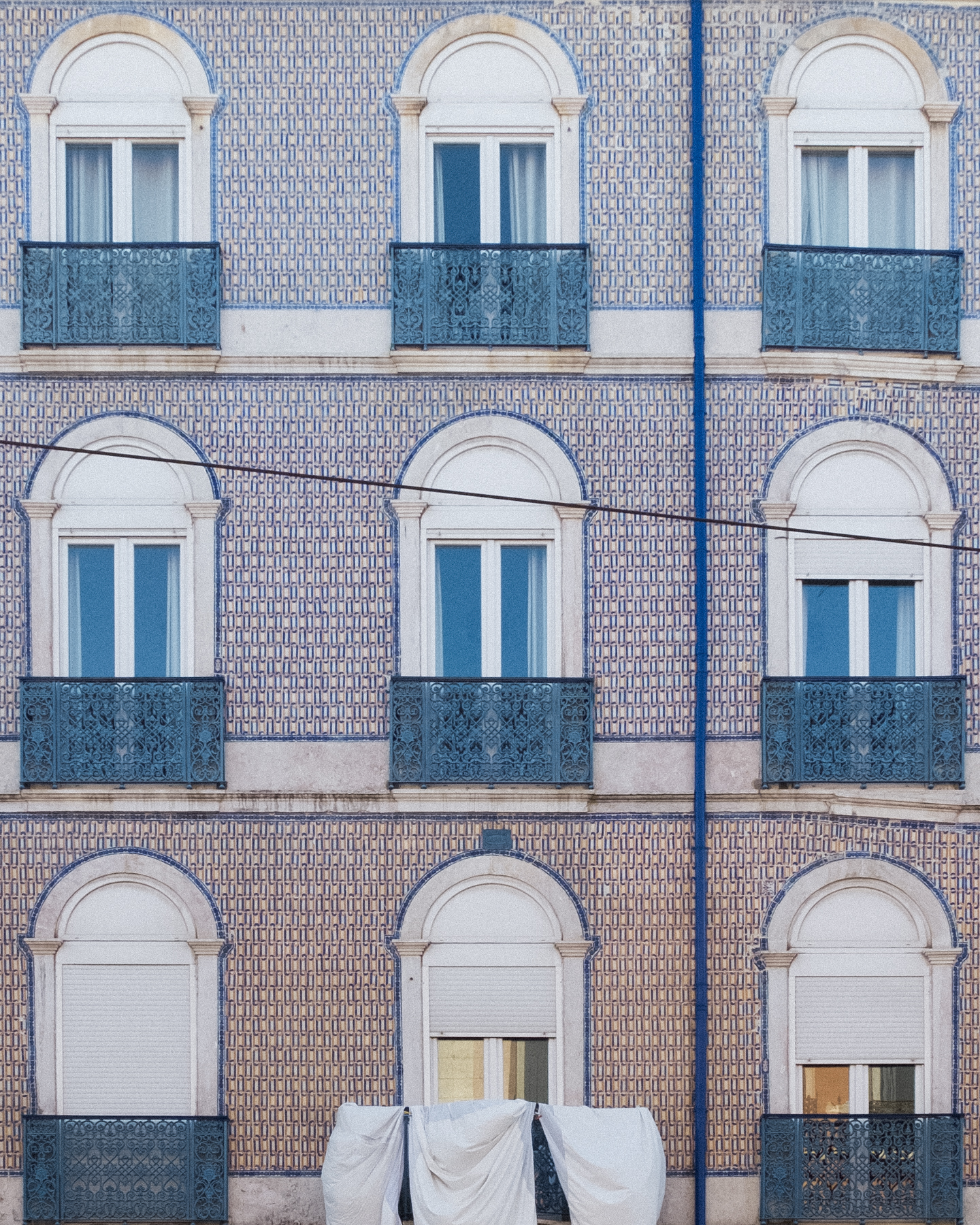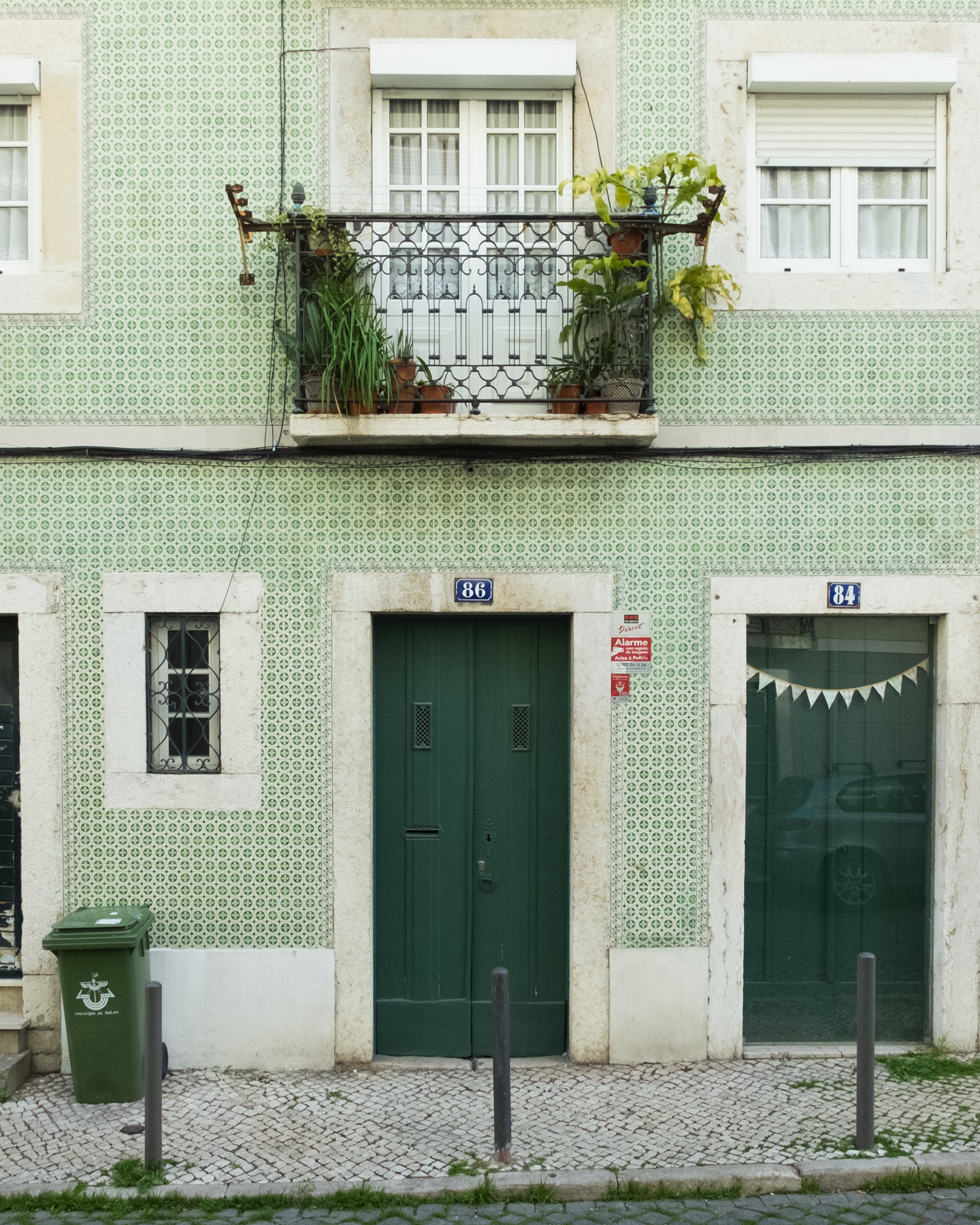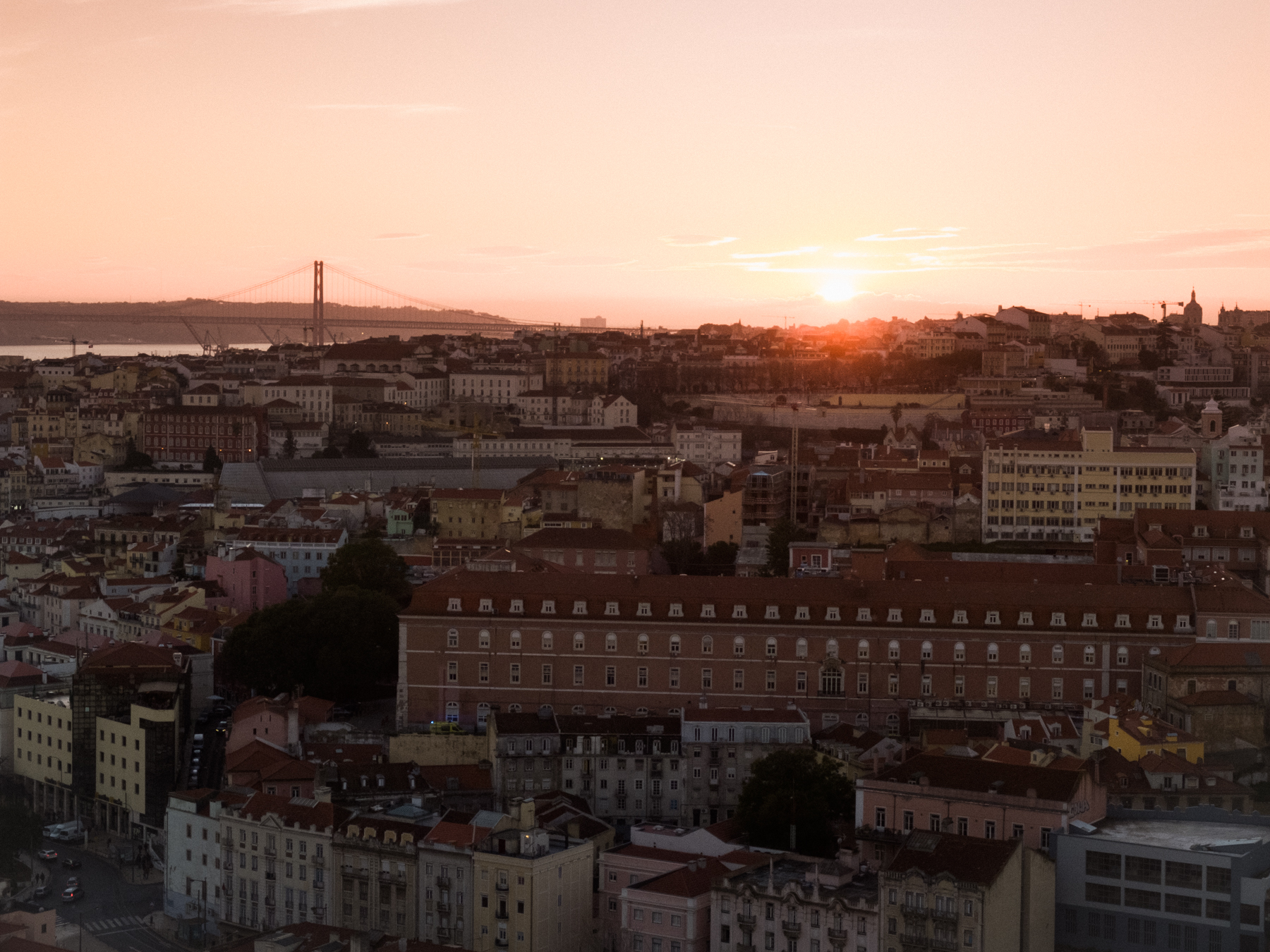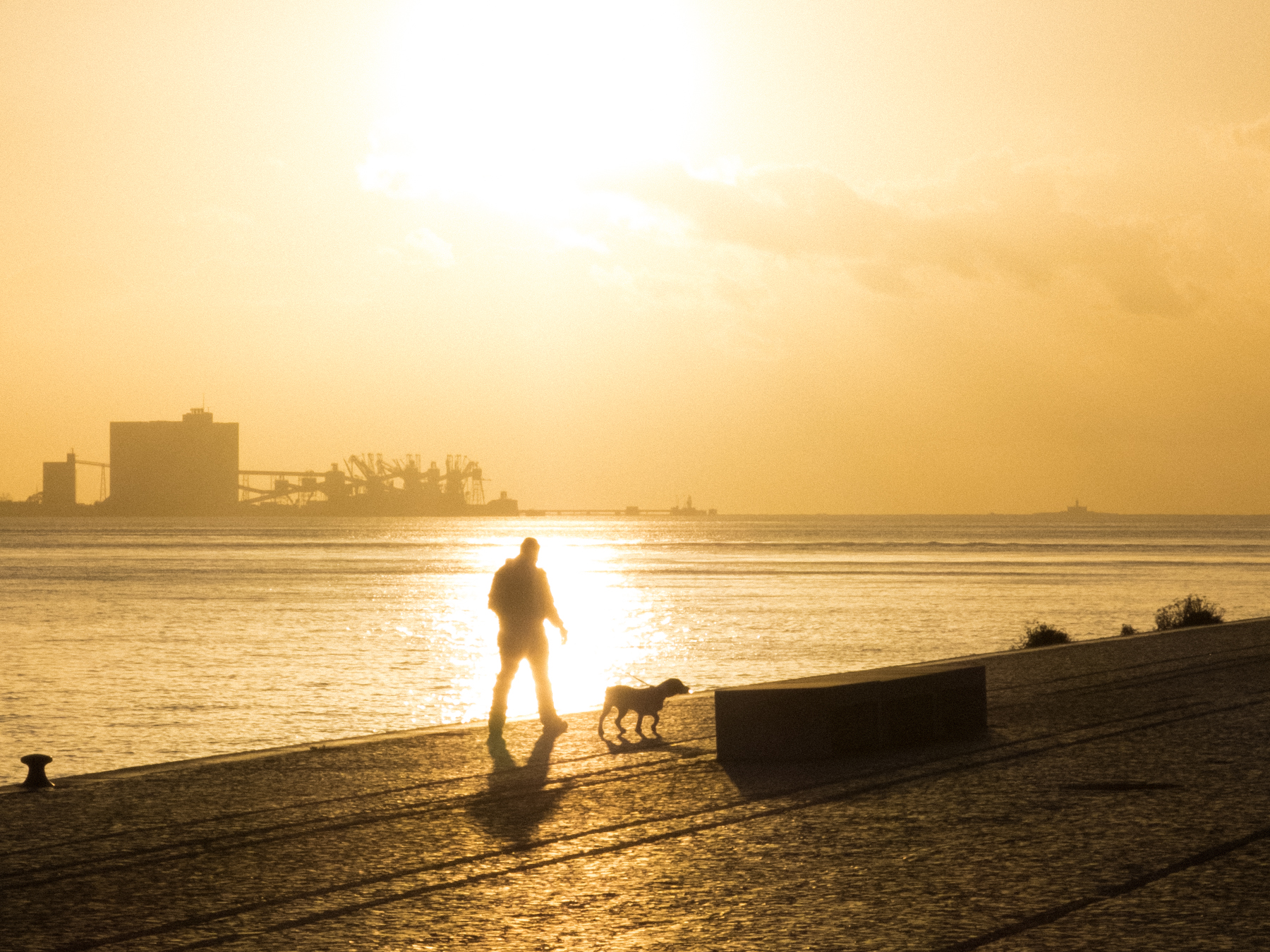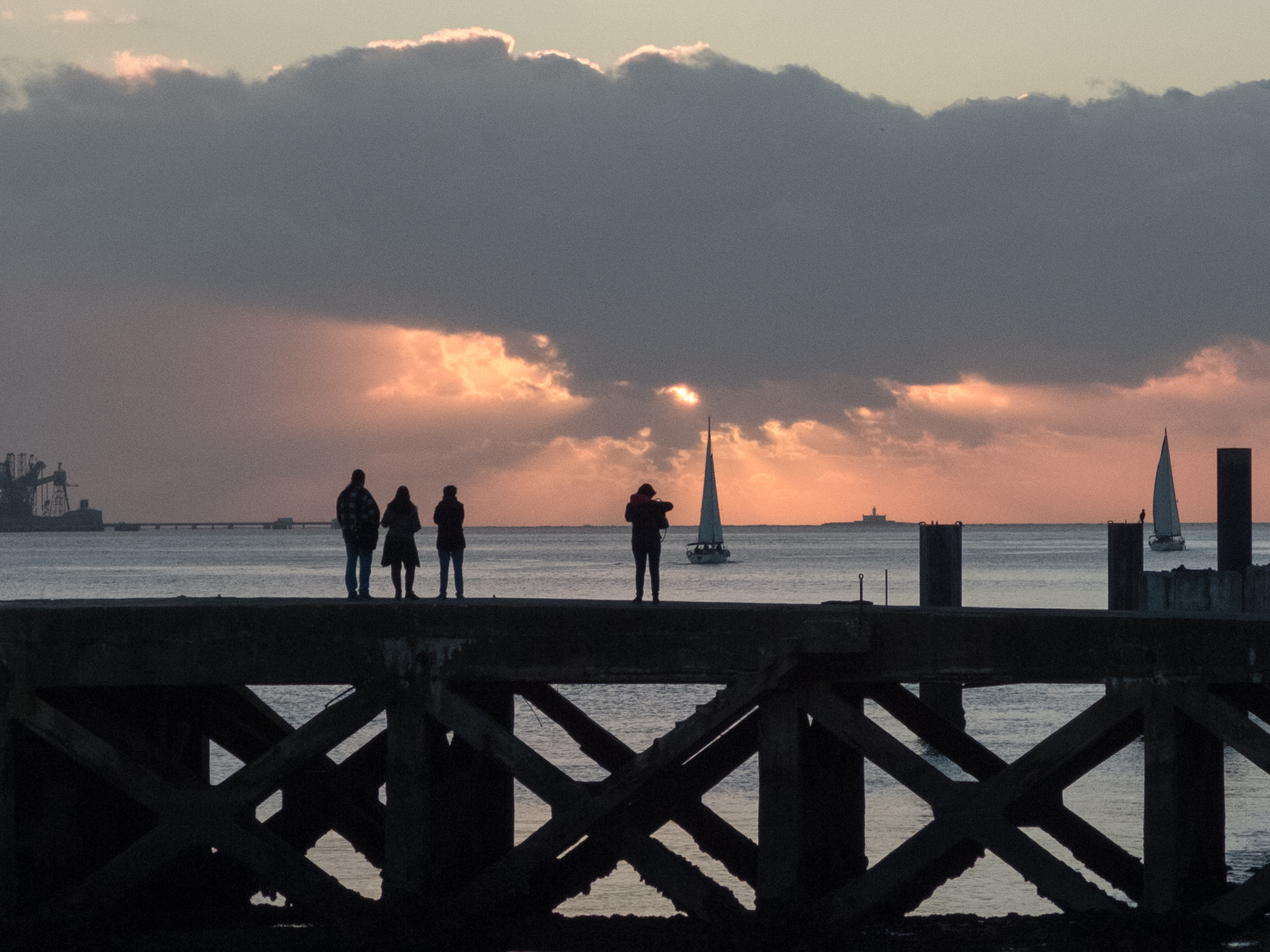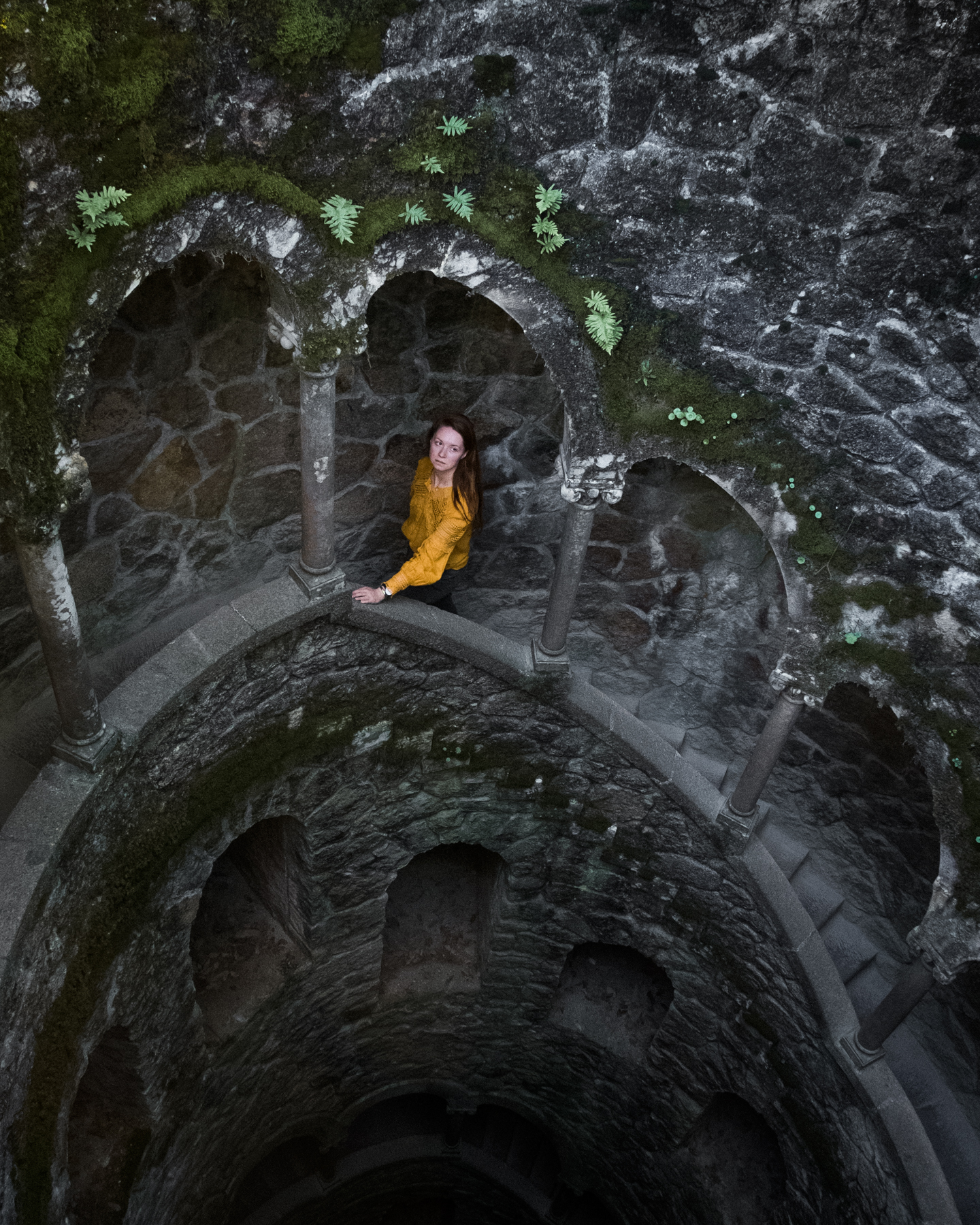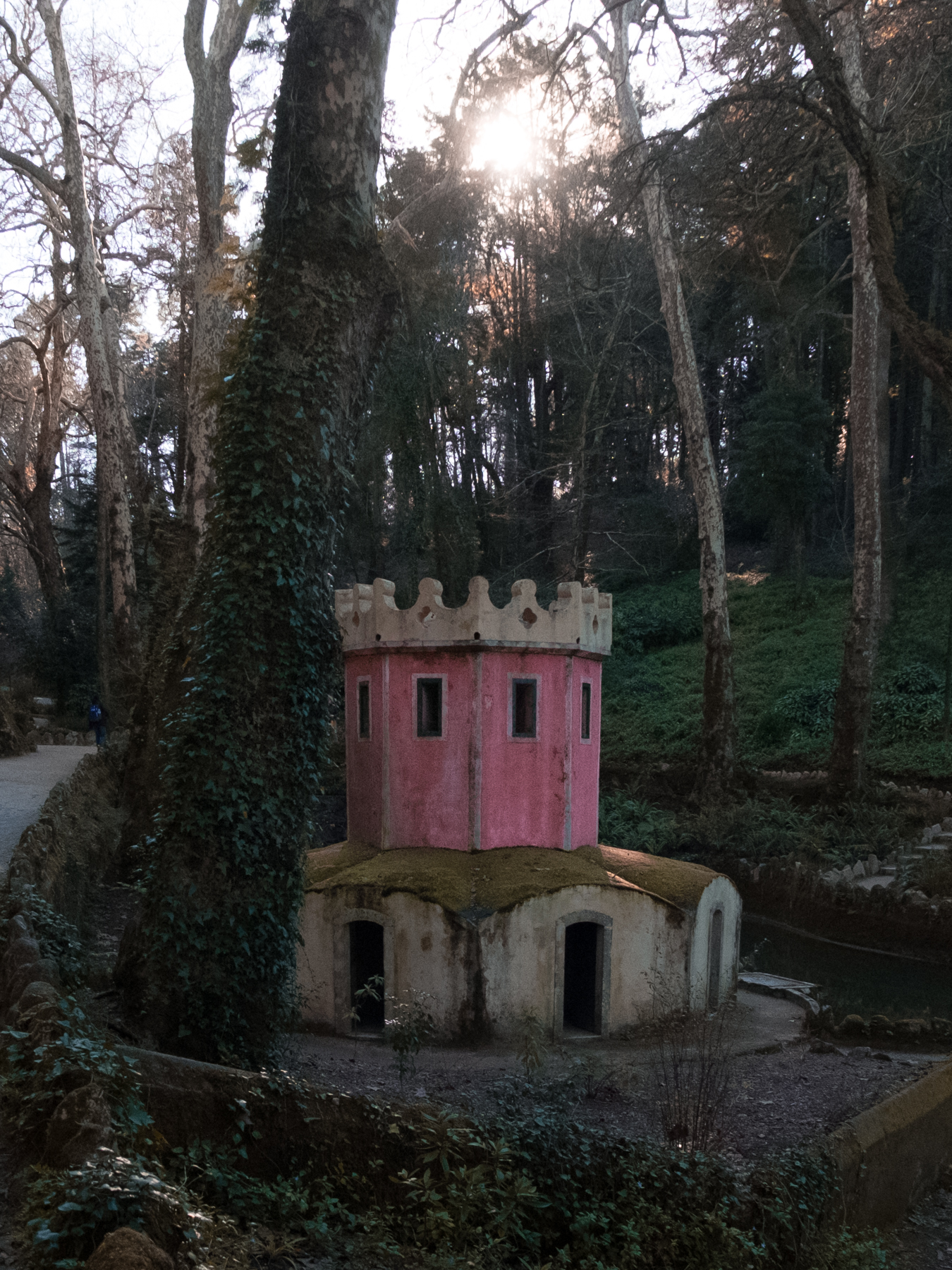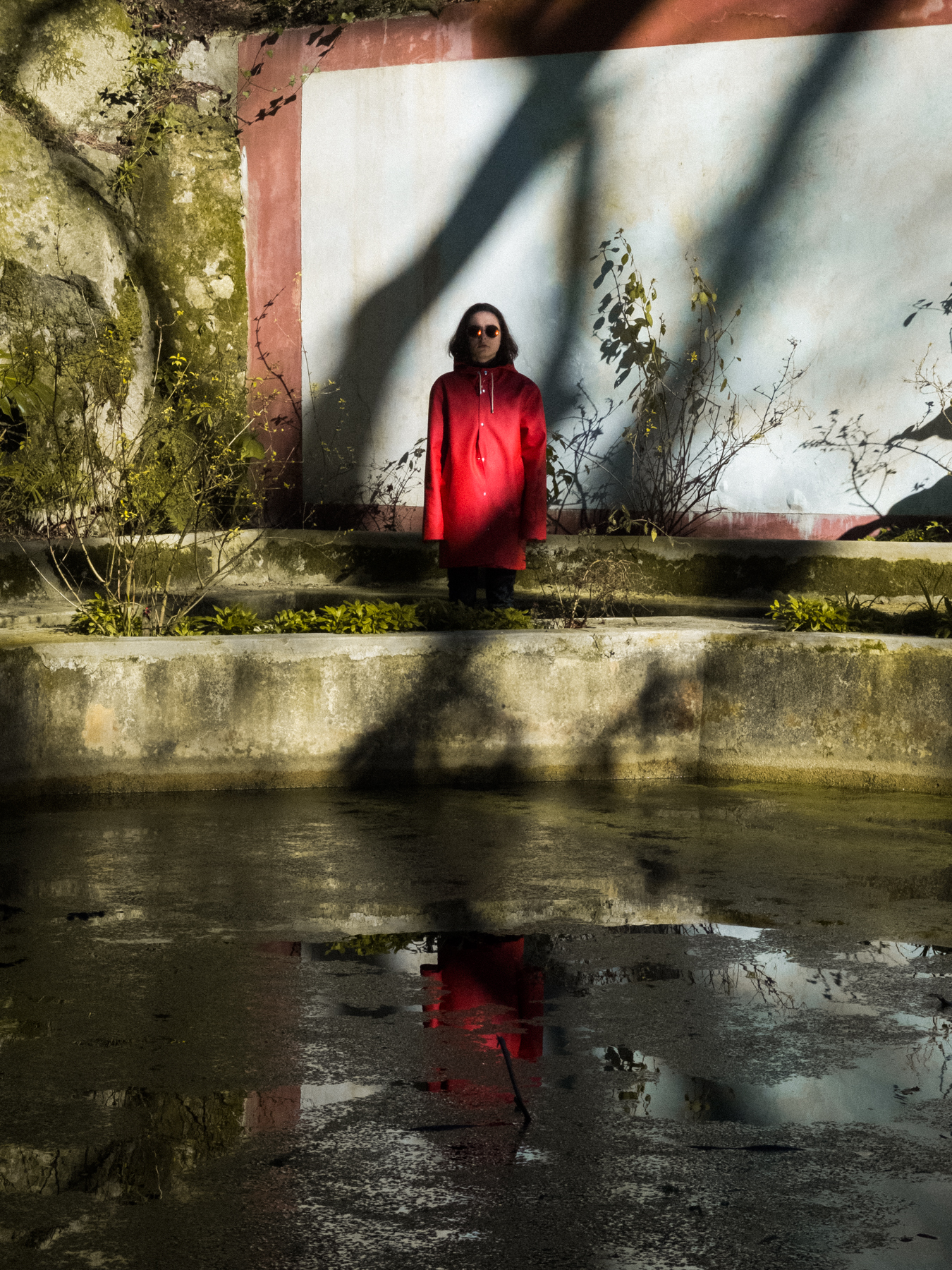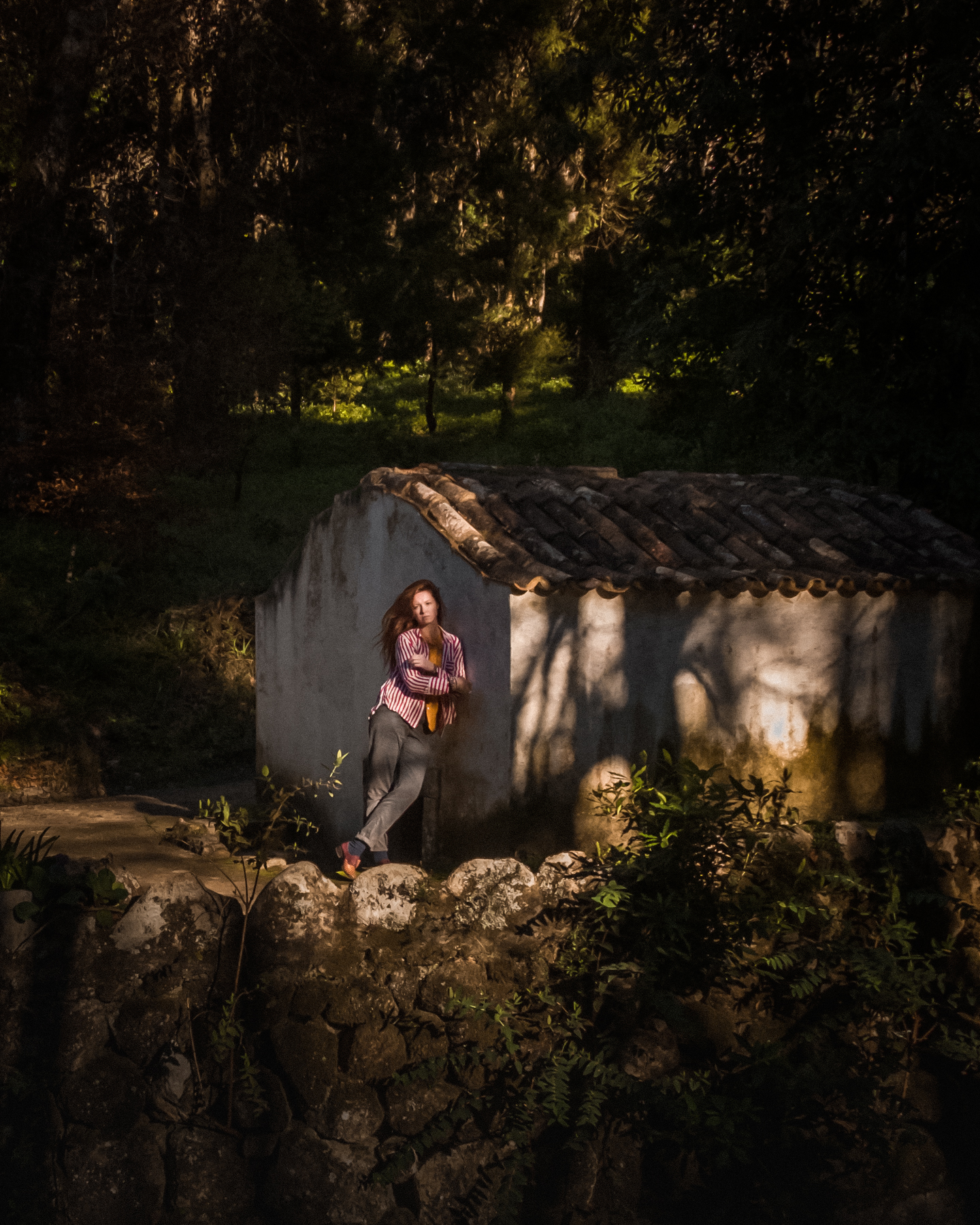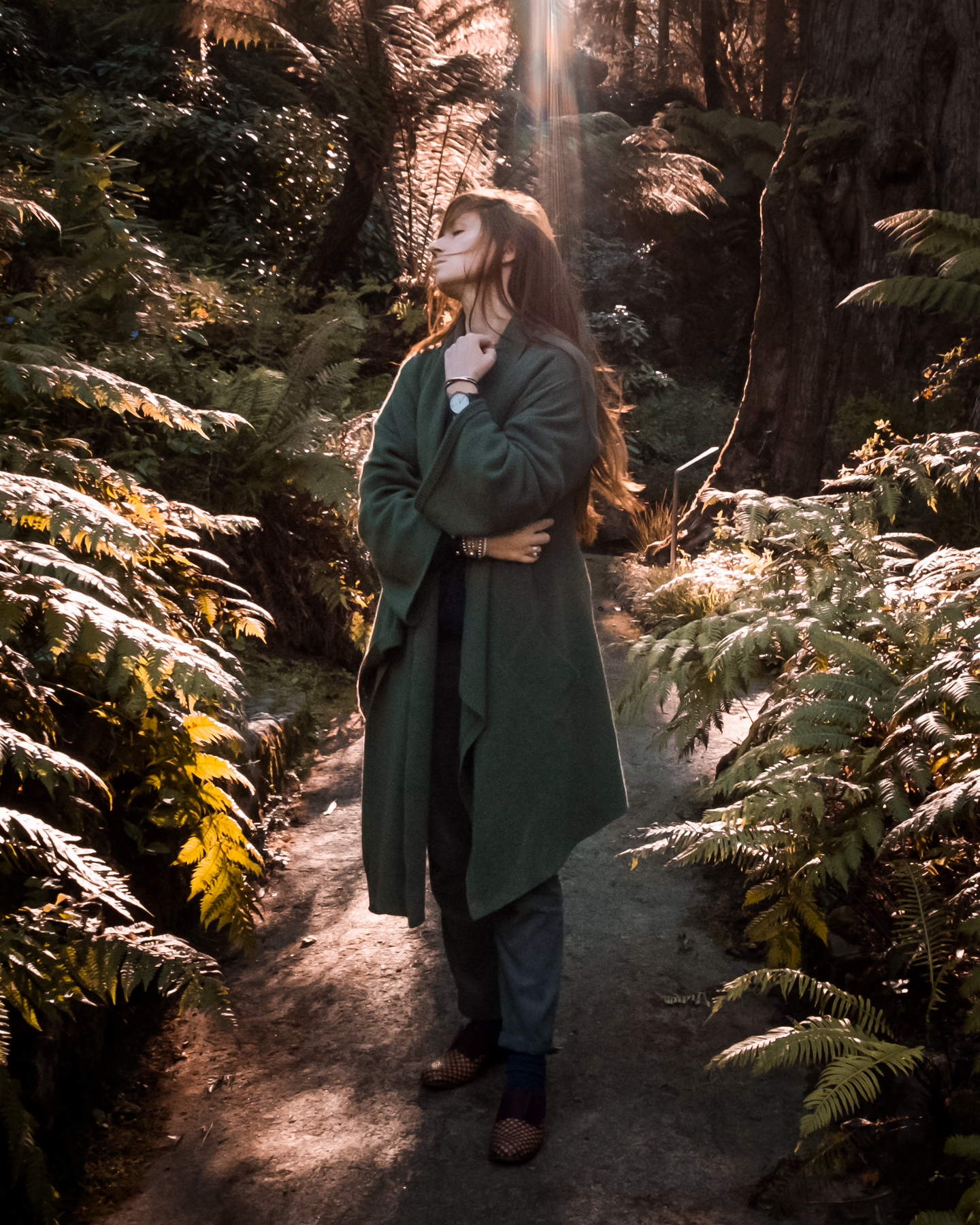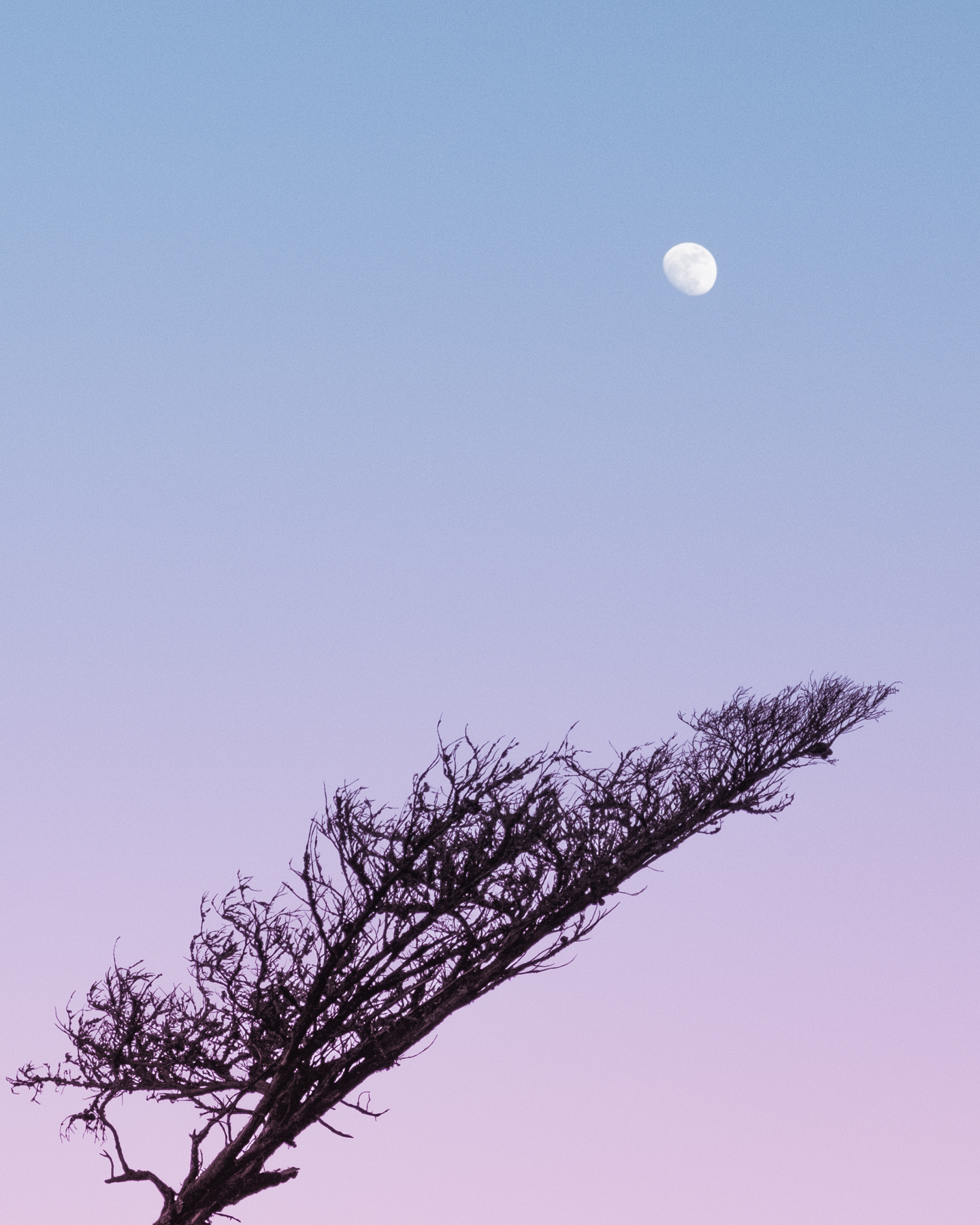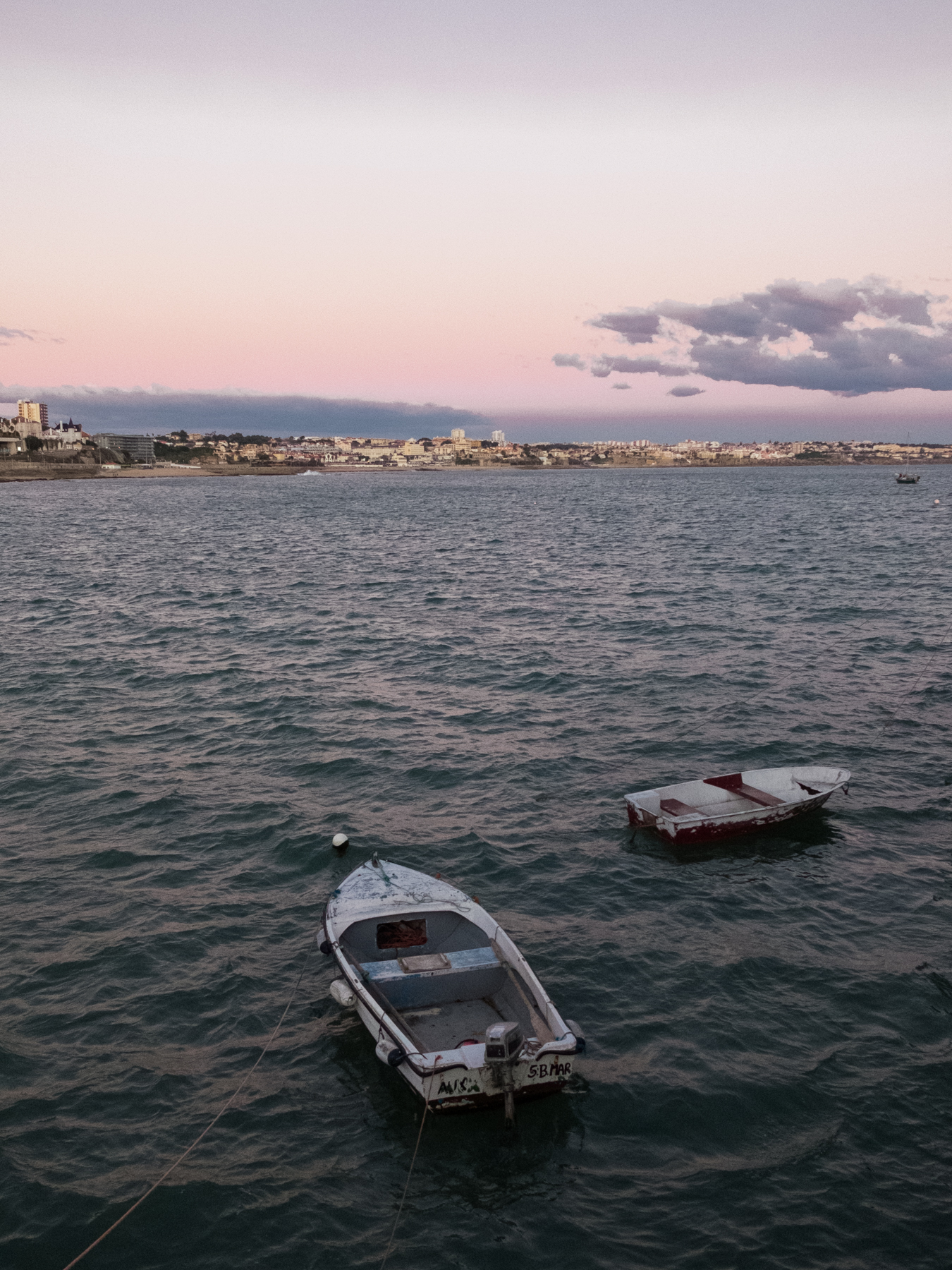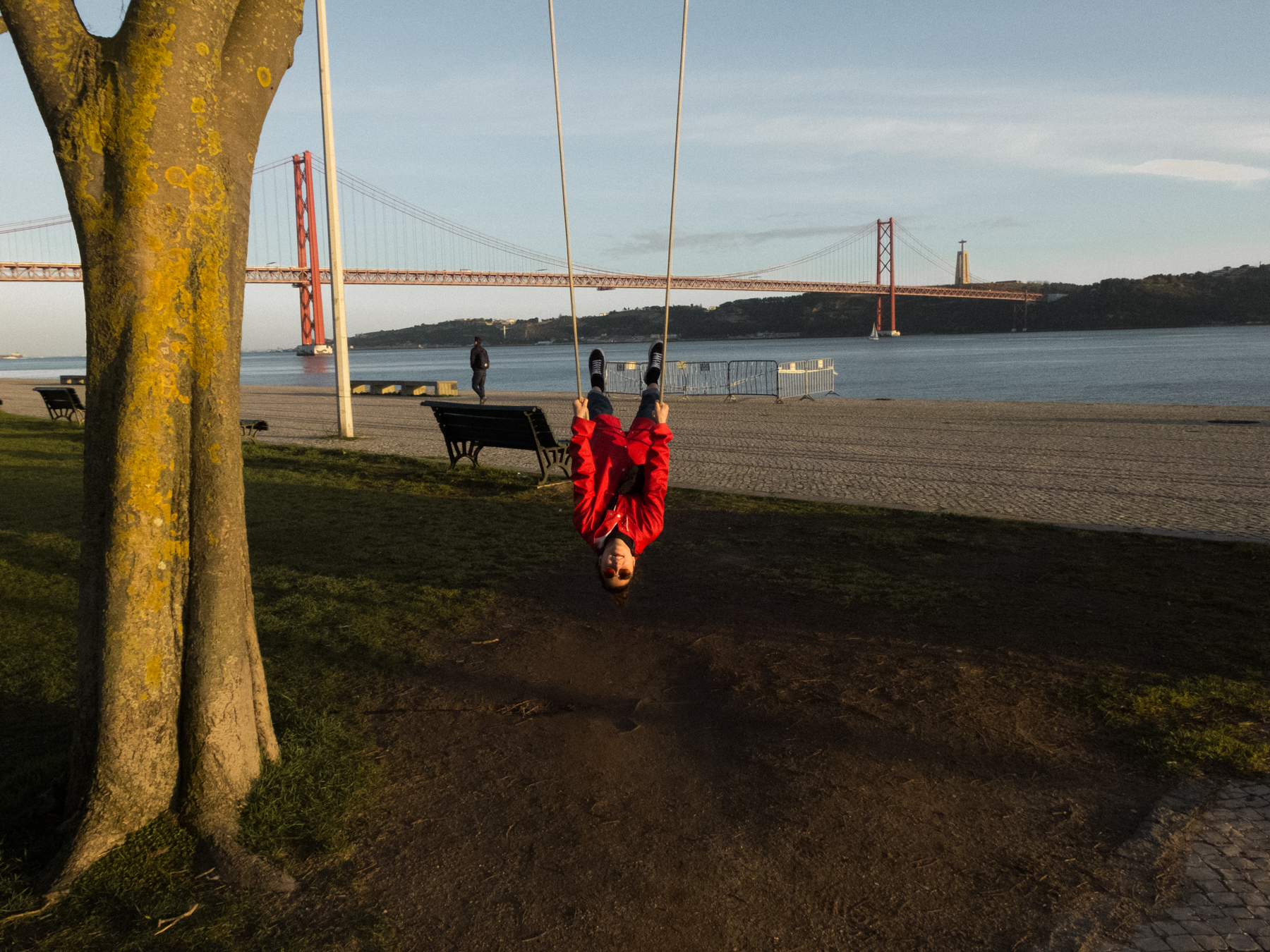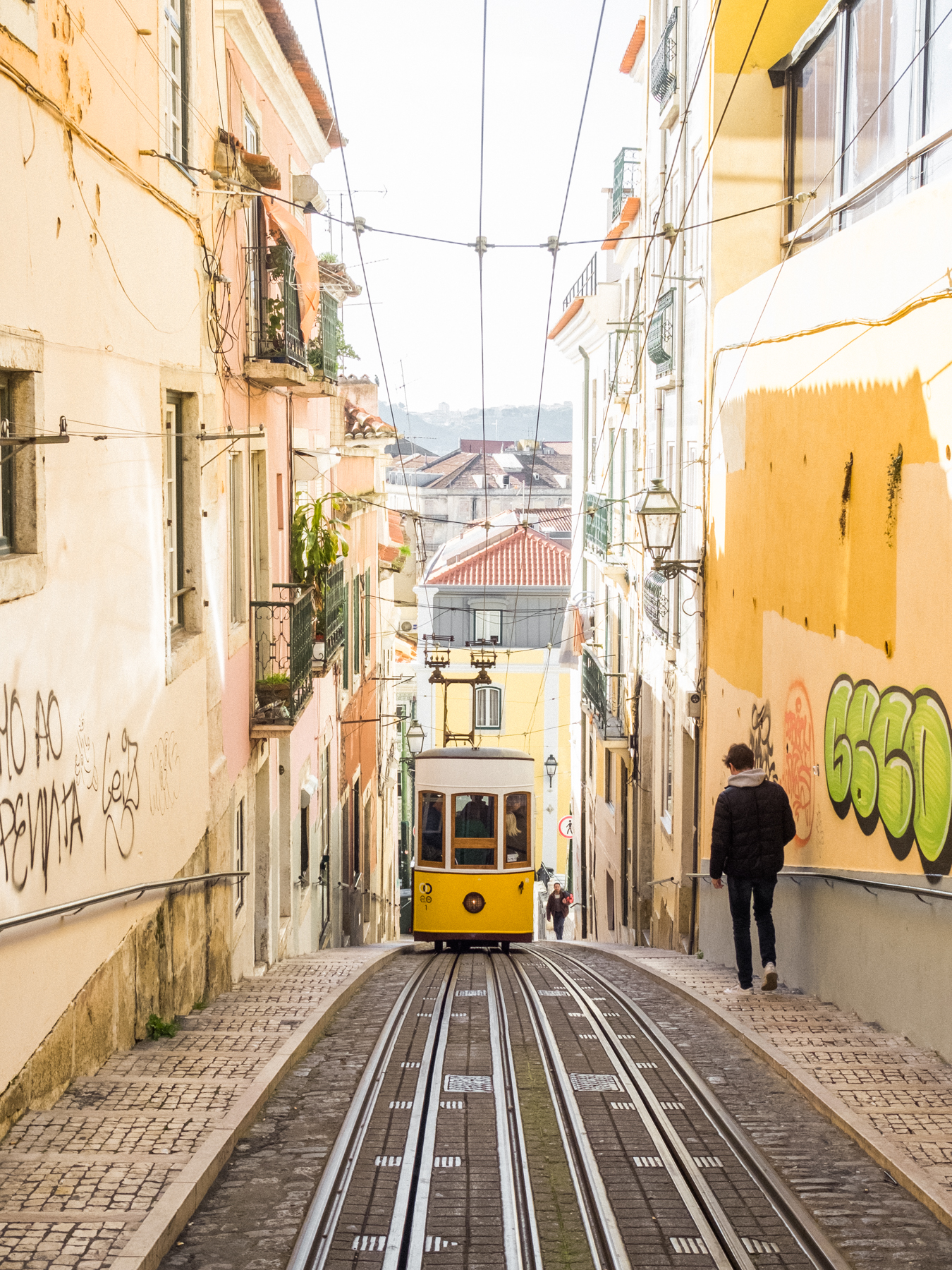3 weeks in New Zealand
I’ve just learned, that the country, where most German tourists are stranded now because of the Corona virus travel restrictions – over 10 thousand – is New Zealand. No surprise, it is hard to find a place more remote from Germany than the „Iceland of the Southern hemisphere“.
Luckily, me and my husband managed to spend 3 weeks traveling around New Zealand just before the current pandemic. Jan even made a stop-over in China’s Guangzhou – with a bit of a panic on his way back, in the end of January.
But in retrospect this almost spontaneous trip was a great decision and I am glad we now (in these days of uncertainty and #stayhome-lock-down) have this adventure to remember.
I am not an overly-budgeting blogger, so I won’t be calculating each and every cent we’ve spent on the trip, but I will give you some basic insights into our main expenses. I am pretty sure, that a lot of things will change after the lock-down, since the tourism business is suffering immensely at the moment.
TIME
1-24th January. High season and middle of summer in New Zealand.
I was a bit scared that there will be too many tourists and even though we had to book most hotels and campsites in advance and they were crowded indeed, most of the hikes and viewpoints were not. Unlike the South of Iceland in summer, the kiwi definition of “touristy” is highly overrated.
BUDGET
For our 3 weeks road trip we’ve spent around 7000 Euros for two people, including flights from Berlin. I am pretty sure, you can do a similar route for half of the money as well, similarly you can spent 20K for a luxurious holiday.
Regarding our finances: I am not a backpacker and never was, neither is Jan. We are adventurous and try to save some cash on our trips here and there, but our general motto is – we only live once. We are also both working adults in our 30s and can afford having a comfortable yet adventurous holiday.
Also, since New Zealand is so far away and takes 1 to 2 days to fly to from any European country (the shortest trips with one stopover was around 24 hours), I wasn’t sure that I would go there again in any foreseeable future, thus I’ve made a plan to see as much and do as much as possible.
The biggest chunk of the expenses were the FLIGHT TICKETS (we didn’t plan in advance and bought them 3 weeks before the trip - surprisingly they were not much more expensive than buying in advance). For 2 people we’ve spent 2500 Euros all together. Note, that we were flying in the high season – January is the middle of summer in New Zealand, so the airfares are usually higher. During low-season you can find a bargain and fly from Berlin to Auckland for as low as 600 -700 Euros.
The 2d big chunk of the budget was renting a CAMPERVAN. Again, we are poor planners – to be honest, I was planning this New Zealand trip for November without Jan, but the situation changed and he came along, leaving us hardly any time to make a thorough plan. Almost all fancier and bigger campervans were booked out, but we’ve managed to find a SPACESHIP basic camper (a kind of outdated and rusty Toyota Estima, but it did the job) and payed 1500 Euros for 18 days with a pick-up in Christchurch and Drop-off in Auckland.
HOTELS/CAMPSITES
We’ve decided to spend nights in both, nicer hotels and cheaper campings. The rule we followed (with a few exceptions) – 2 days sleeping in a camper, then 2 days staying in a hotel – was proved very comfortable already on my road-trip around Namibia 2 years ago. I am not a big camper, but New Zealand is THE country to camp. Either in a comfortable camping with showers, kitchen, toilets and even SPA’s or, if your camper is equipped with a toilet, you can try free-camping in places, where it is allowed. Since our little camper didn’t have a WC, we’ve only stayed in equipped campsites, which are usually more expensive – but you have all the services you need.
The average price for a non-powered CAMPERVAN SITE was around 20-30 Euros/night for 2 people.
Most HOTELS/AIRBNB’s we’ve booked were in the 80-140 Euros/night range. There are cheaper options, but after a few nights sleeping in a car I prefer a comfy bed, nice breakfast, a view and a pool, especially since we’ve saved money camping.
HOTELS I recommend:
South Island:
Queenstown – Nugget Point, a THC Group Hotel. A classy place with ginormous rooms, very tasty breakfast, collection of vintage Nation Geographic magazines (all the way to the 50s) and a tremendous view of a horseshoe band. We’ve spent 2 nights here (130 Euros/Night), which was a steal for a 4-star hotel with great amenities and views.
Franz Josef Glacier – Franz Joseph Oasis. A modern motel with big rooms and nice view. 120 Euros/night for a room with a fireplace.
Punakaiki – Hydrangea Cottages. Hands down my favorite place to stay in New Zealand. Secluded bohemian cottages with beautiful sunset view and an outdoor tub (make sure you book Miro cottage for the tub). 133 Euros/Night.
North island:
Wellington – U Boutique Hotel. A colorful little hotel close to all the action. 80 Euros/Night
Napier – Quest Napier Serviced Apartments. A good hotel to spend a night in the famous Art Deco city. 90 Euros/night
AIRBNB’s:
Christchurch
Auckland
Details from our cozy pool-house Airbnb in Auckland:
CAMPSITES/HOLIDAY PARKS:
South Island:
Lake Tekapo – Lake Tekapo Motels & Holiday Park (was overcrowded when we arrived, but the amenities were great, so book in advance in case you want to stay here).
Lake Pukaki/ Mount Cook – Glentanner Holiday Park Mount Cook (great views of the Mount Cook and surroundings); White Horse Hill Campsite a basic self-service campsite with running water and WC, but no showers.
Fiordland National Park – Possum Lodge (a wonderful little lakefront lodge with only a few campervan places. I especially liked their common room with cozy couches, variety of games and books).
Wanaka – Wanaka Top 10 Holiday Park (nice place with a sparkly clean kitchen and Jacuzzi).
Abel Tasman National Park – The Barn Backpackers (a wonderful campsite with cozy common room, well-equipped kitchen, TV-room with comfortable couches and lots of board games).
North Island:
Rotorua – Rotorua Thermal Holiday Park (the biggest plus of this campsite were the free geothermal pools)
If you made a basic research on traveling in New Zealand, you know, that South Island is considered more beautiful nature-wise and usually attracts more tourists. We considered doing a circle in the South only, but then figured out that we probably won’t go onto another side of the globe again soon, so why not check both islands? I was also excited about the idea of taking the ferry between the too and visiting the art deco city of Napier in the North.
On our trip we’ve met a lot of people, who were traveling for over a month – and honestly, if you have time and money, do so. We’ve also met lots of couples with small children and even babies – and from what I saw, New Zealand is super baby-friendly and also one of the most comfortable and safest countries to travel with a family. There were especially many German couples with toddlers and I assume they were using their paid parental leave time (as some of you might know it is up to 14 months for both parents) to discover the country as well as use the opportunity for babies under 2 to travel for free, which most airlines offer.
Since we had limited time to travel, we went for 3 weeks. Doing a shorter trip would make little to no sense, since you’ll waste at least 4 days traveling back and forth plus a few days of Jet-lag won’t do you good. Since we had limited time, we needed to adjust the trip and skip a few spots, but we still managed to see most of the country’s beautiful locations. Moreover, after 3 weeks of constant moving, I was happy to go back home to Berlin, since there are only that many waterfalls, fjords and beaches you can be excited about in a short period of time.
When searching for the perfect itinerary I’ve looked through Instagram for inspiration plus visited the official website of the New Zealand’s Tourism Board.
They offer itineraries for 3-7, 8-14 and 15plus-day-tours as well as separate tours for only North or South Islands. If you are a lazy ass, just follow their lead, you won’t be disappointed.
Here is our modified itinerary, which turned to be ideal for both of us:
Day 1-3
Christchurch. We’ve decided to spend 3 nights in Christchurch before heading off onto a road-trip. We needed time to fight the Jet-lag and acclimatise. Christchurch is a small town, it was heavily damaged by the 2011 earthquake and the signs of destruction are still very visible.
We loved the rough beach, the botanical garden and the Christchurch Art Gallery. I was especially pleased to see, that almost 50% of all art in the museum was by female artists.
We also stumbled upon the Ferrymead Heritage Park – an open-air museum outside of the city, which offers a glimpse into the life of the early-20th-century New Zealanders. Despite high season, we were the only people in the whole “settlement”, which reminded me of the Bodie ghost-town in California.
Day 4-5
Lake Tekapo and Aoraki National Park. Lake Tekapo is an ultimate instagram attraction because of the millions of lupines, growing here in spring and summer. We stayed 1 night here, also visiting the local hot springs before heading to Lake Pukaki and Mount Cook/Aoraki.
Aoraki National Park, despite the rain and at moments even snowy weather, was one of the highlights of our trip for me. I wanted to do some hiking and we managed to do two 5-hour hikes in one day – Hooker Valley track – one of the most popular short tracks with amazing views and little elevation and the Sealy Tarns track, which ended up being a constant 3-hour climb up the hill.
Day 6-8
Queenstown. On the way from Aoraki to Queenstown we made a quick stop NZ ALPINE LAVENDER – a small lavender farm, which I suspect only operates for tourists. For 5 NZ $ (less than 3 Euros) you can enter the small lavender field, take pictures and buy a lavender ice-cream and some souvenirs in a kiosk afterwards. A “why not?” rather than “must-see” experience.
After another hour of driving we’ve made a 2-hour stop at HOT TUBS OMARAMA, which I highly recommend. We’ve slept in our van for 2 previous nights, so soaking in the hot water with a view of a pristine little lake was a great and very relaxing experience. One should book a private onsen in advance, especially for the sunset.
Hot tubs Omarama
Queenstown is without a doubt the adventure capital of New Zealand. Rafting, speed-boating, canoeing, biking, sky-diving – you name it.
We did the SHOTOVER RIVER JET BOAT adventure – rather expensive (120 Euro p.P.) 40 minutes jet-boat ride through the narrow canyons of the Shotover river. It was fun, but IMHO not worth the money.
Instead, I preferred the QUEENSTOWN LUGE – tremendous views, fun luge rides down the hill and a relaxing gondola ride up and down. 40 Euros for a package of a gondola ride plus 5 luge rides was money very well spent.
For those tourists with little time and flexible budget, I’d recommend to take a scenic helicopter or plane flight from Queenstown to Milford Sound. It takes less than 45 minutes to fly there and over 4 hours driving. The flight together with a 2-hour cruise through the famous sound (the New Zealand name for a fjord) would cost you around 350 Euros p.P.
We had some time on our hands and I wanted to see the Doubtful Sound as well, so we drove instead.
Day 9 1/2
Fiordland National Park. Part of New Zealand, which reminded me most of Scandinavia and Iceland. Mosts people come here to see Milford Sound, day-trips with busses and helicopter flights are available from both Queenstown and Wanaka.
Fjordland is considered one of the rainiest places in the world, with over 200 rainy days per year. We’ve managed to come to Milford Sound on a sunny day, which was a nice change, but a disappointment for many photographers on our cruise. Next day we went on an early cruise to Doubtful Sound, which met us with gloomy weather and much expected rain. Both sounds are magnificent, with Milford being more accessible and I can only encourage you to book a cruise with one of many companies, offering 2-4 hour cruises.
In order to make our 7 AM Doubtful Sound cruise, we stayed in a village of Manapouri, where we had dinner in a burger place, operating in an old church (The Church Manapouri).
Day 9 1/2-11
Wanaka. A trip from Fjordland to Wanaka was uneventful, luckily we were listening to true crime podcasts to kill the time. If anyone’s interested – Root of Evil: The True Story of the Hodel Family and the Black Dahlia is a creepy one, which will make you feel normal about your own family no matter what.
Another two podcasts we listened to on our trip were the 1st seasons of Serial and My Favorite Murder, which is now one of my to-go podcasts, combining true crime with humor of its two charming hosts.
Wanaka itself was a nice place to stay. We saw the famous Wanaka tree and made an epic and exhausting climb up to the Roy’s Peak, which provided one of the most memorable and amazing views I’ve encountered on this trip.
Day 12-13
West Coast. If you are looking for a spectacular drive – look no more. I’ve seen a few breathtaking coastline drives in my life (Pacific Coast Highway in California, Namibian Skeleton Coast and Amalfi Coast in Italy among others), but the West Coast of New Zealand’s South Island can easily compete if not top them.
We spent one night next to the Franz-Josef glacier and took a 2-hour return hike to the glacier’s viewpoint. After we made a stop-over in the former golden-rush capital and now almost-deserted town of Hokitika (you can read about golden rush in New Zealand in Eleanor Catton’s award-winning novel Luminaries) and spend a wonderful sunset and night in Punakaiki, with its breathtaking Pancake Rocks viewpoint and serene beaches. If we had more time, I would definitely spend more time in Punakaiki, just relaxing and reading books in our rented cabin.
Day 14-16
Abel Tasman National Park. Finally summer! After 2 weeks of moderate temperatures, only comparable to German October, we arrived to a warm paradise. Abel Tasman National park is a car-free zone and you can enter the park either from the North or from the South. In the South we’ve stayed at a great campsite (the Barn Backpackers), only a hundred meters away from the park’s entrance.
Many people do a 4-5 days coastal hike, with overnight options in several huts and campgrounds along the coast, but we’ve decided for a sea-kayaking rental and a 4-hour wave-fighting and exhausting paddling to Torrent bay, where we dropped the kayak for another 3-hour hike back to our camp. The hike was great, with many viewpoints and beaches on the way, while kayaking in the open sea was a serious challenge, both of us didn’t enjoy. Fun for the first 20 minutes, it turned out to a constant battle against the Pacific Ocean.
Day 17-18
Island Ferry & Wellington.
The ferry ride along the Cook Strait between the South and North Islands at sunset was a great experience. There are 2 popular ferry companies operating between Picton (in the South) and Wellington (in the North), one being the Interislander and the another one Bluebridge. Be prepared to pay between 140 and 160 Euros for a van with 2 people for a 3-3.5 hour crossing.
We arrived to Wellington late and stayed for 2 nights. Capital of New Zealand is nothing particularly spectacular (unless you are my husband, who loved it a lot), but we enjoyed the botanical gardens a lot. If you want to see more Wellington and why you shouldn’t stay there for too long, I’d recommend watching Wellington Paranormal – a hilarious mockumentary series, directed by Jackie van Beek and Jemaine Clement (“Flight of the Concords”, “What We Do In The Shadows”).
Day 19
Napier. This beautiful little town is often overlooked by tourists, but it is truly one of New Zealand’s architectural gems. About 8 years ago, I’ve found a poster on the street, which said “Destination: Art Deco Napier”. I ignored this name for a long time, until I managed to google it to discover, that Napier is one of the world’s capitals of art deco architecture. After it was badly ruined in the 1931 earthquake, most of its city center as well as a few residential areas were rebuilt in a distinctive art deco style. It is truly a photographer’s paradise, still not crowded (and probably in need of a tourist cash flow – my humble observation).
Day 20-21
Rotorua. This Northern town is a famous geothermal area and the center of the Maori culture. We’ve managed to experience both – visited WHAKAREWAREWA – THE LIVING MAORI VILLAGE and the POLYNESIAN SPA, plus did a fun rafting adventure with a 7-meter waterfall drop!
In Rotorua we camped for our last 2 nights and natural geothermal pools in our holiday park was a nice addition.
Day 22-23
Auckland. On the way from Rotorua to Auckland we made a short detour to Waitomo glowworm caves – who’d think that caving can be so mesmerizing. Unfortunately, it was forbidden (and too dark) to take pictures but taking a boat through a pitch-black cave filled with glowing insects was a “woooooow!” kind of experience.
Many people I’ve talked to recommend skipping Auckland all-together. I found it great. Probably I’ve had enough of nature already and getting back to a busy city was a sweet relief for my urban soul. More likely, Auckland is a great city with a mild climate, San Francisco-esque vibe and great restaurants – and that is why I liked it. We managed to find a perfect Airbnb in the residential and hip Herne Bay – a small pool-house behind an old mansion, with the view of a pool. Auckland met us with great weather and was a perfect conclusion to our amazing 3 weeks in New Zealand.
Restaurants I liked in Auckland:
Dear Jervois – was a great brunch place next to our Airbnb.
Andiamo Eatery (be prepared, that Italian food in New Zealand is great, BUT a bit different from real Italian).
&Sushi – best sushi and poke boles I’ve tried in NZ, even though sushi and poke bowls were generally great.
Auckland Fish Market – a place with a variety of food vendors selling fresh oysters, sushi, poke and drinks.
FOOD in New Zealand:
Is great.
While camping we’ve cooked quite a lot and supermarket prices were similar (a bit more on the expensive side) to Germany. We had all the cooking equipment in the van but often used fully-equipped and cozy camping’s kitchens.
Most of restaurants we’ve eaten at proved to be great – I loved the quality of the sea-food, especially sushi and poke bowls. The prices were also surprisingly comparable to Berlin – a casual dinner or brunch for two in a good mid-price range restaurant would cost around 30-40 Euros for 2 people. Again, you can always find cheaper versions, there were plenty of choices anywhere we went.
***
I know it is weird to post a travel itinerary in the middle of the world’s biggest lock-down. Nevertheless, I am looking on a bright side and hope that this article and my personal experience will help you plan a nice future holiday without any last-moment rush. If you have any particular questions about our trip, drop me a line!
5 days in Lisbon and surroundings
Lisbon was on my list for a REALLY LONG TIME. But just like so many things in life, which you keep postponing and postponing (like that time I lived in New York for 5 months and never managed to see the Statue of Liberty, duh), I have never got to see the capital of Portugal – until now.
So last December, when I saw Ryanair sale with a round-trip ticket at 40 euros – I decided to finally pay Lisbon a visit. I convinced a friend to join me there for 5 days around my birthday in January. And boy, was I not disappointed! With all the cities I visited in my life, I can tell you, that Lisbon is in the top 3 by now together with New York and Istanbul. (San Sebastian is not to count, since it is a town not a city).
In these few days we managed to eat a lot, see a lot and also travel around a bit – to the photogenic neighboring towns of Sintra and Cascais. Read about that as well as about how I turned a 40-euro round-trip flight into a 140-euro round-trip flight (facepalm), below.
Colorful tiles and vivid tones distinguish Portugal capital from other European cities. Combined with a great weather (our January experience was 14-18C and clear sky every day) Lisbon is a perfect winter getaway for those, who want to escape gloominess and cold of Northern regions.
For our stay we chose the beautiful centrally located hotel Fontecruz – situated a stone's throw away from all the main sights. Transportation was also quite easy – and the Uber prices are unbeatable. An average inner-city ride won't cost you more than 4-5 euros and a trip from the city center to the Airport is as low as 9 euros. If you prefer going by metro – even cheaper, as one ticket costs only 1,45 euros.
Lisbon has a beautiful topography with many hills and viewpoints around the city. My favorite spots were the boardwalk along the river by the Belem district as well as the sunset views from the São Jorge Castle and Miradouro da Senhora do Monte.
A popular day trip and probably one of my favorite short-trips ever was Sintra, a municipality in the Grande Lisboa region, easily accessible by train (around 8 euros round-trip).
Sintra is dominated by three famous, very different architecturally and historically but equally stunning sights – romanticist Pena Palace with its fairy-tale colors and mysterious park, neo-gothic Quinta da Regaleira estate with its Instagram-famous Inverted tower and medieval Castle of the Moors, which offers a stunning view from its walls over the whole region up to the ocean.
I have to add, that January was undoubtedly the best time to visit Sintra. We didn't experience any crowds, even though there still was a 10-minute line by the ticket office of Quinta da Regaleira. The guide near the Pena palace as well as reviews on Tripadvisor claimed, that in summertime the waiting time by the ticket-offices can be up to 2 hours. Overall, I try to avoid crowds as queuing usually kills the exploration vibe in me, thus I was really pleasantly surprised by the relative emptiness of the 3 monuments we visited. The weather was also perfect (sunny and up to 17C).
After we've spent a beautiful day in Sintra, we were ready to go home, but the taxi lady (Sintra is really hilly and walking from one palace to another can take an hour up the hill) convinced us to take a short trip to Cascais – in her VW convertible (open roof in January, imagine that) and we stayed there for dinner. This wonderful coastal town is easily reached from Lisbon my train and is know to be the home of rich and famous.
When it comes to food, Lisbon is unbeatable in price-quality conversion when it comes to fish and sweets. I am not a big fish-lover, but our 2-hour dinner at the touristy but incredibly tasty Cervejaria Ramiro was an amazing gastronomic experience. Don’t get put off by the ticket-pulling system at the entrance or by the not-so-cozy crowded interior – the food easily outbalances the disadvantages. We payed 60 euros for an indulgent dinner for two, which included a spider crab, oysters, (spooky but tasty) barnacles and a small bottle of wine.
A pricier and fancier experience was lunching at A Cevicheria, where, as the name might give away, ceviche (South-American fresh seafood dish) is served. The dishes are quite small, but the presentation and the taste are of a superb quality. Overall a very pleasant dining experience.
If you have a sweet tooth, you definitely have heard of Pastéis de nata, Portuguese custard tarts. The best ones we’ve tried were in Manteigaria. 1 euro for a tart plus 1,5 euros for a cup of coffee – that is a price of happiness.
If you are a fan of third wave coffee shops, then The Mill, Copenhagen Coffee Lab and Fabrica Coffee Roasters are the places to go. I especially enjoyed the Copenhagen Coffee Lab by the flea market in Principe Real.
And finally nightlife. There is a specific street in Lisbon, dedicated to partying, Rua Nova do Carvalho – called the Pink street, since it is literally painted pink. Not a fan of loud parties, I’ve skipped it for quieter speakeasies – Red Frog Speakeasy, with its elaborate menu and a cozy Foxtrot, with its 20s atmosphere and a great friendly bartender.
Lisbon would not be Lisbon without the famous funiculars and fado (the traditional music genre, which evokes feelings of longing and sadness) restaurants. I’ve photographed the funicular at the arguably most beautiful street in the world – Rua da Bica de Duarte Belo, but I didn’t have a chance to listen to fado this time – unfortunately.
One can usually book a fado dining experience – where you listen to the performance while eating, or you can book a cheaper version, where you only pay for the performance.
The last but not the least point on the cultural program are the museums. I would distinguish two places worth visiting – first the Calouste Gulbenkian Museum, with its impressive and vast ancient, classical and modern art collection, and the unique National Azulejo Museum – dedicated to the art of Portuguese colored tiles.
Overall, the whole Portugal trip was an extremely pleasant experience. In fact, so pleasant, that we managed to miss our plane – and had to re-book our tickets for the next day. I would recommend Lisbon as a perfect long weekend destination and a great winter escape.
Rua da Bica de Duarte Belo

